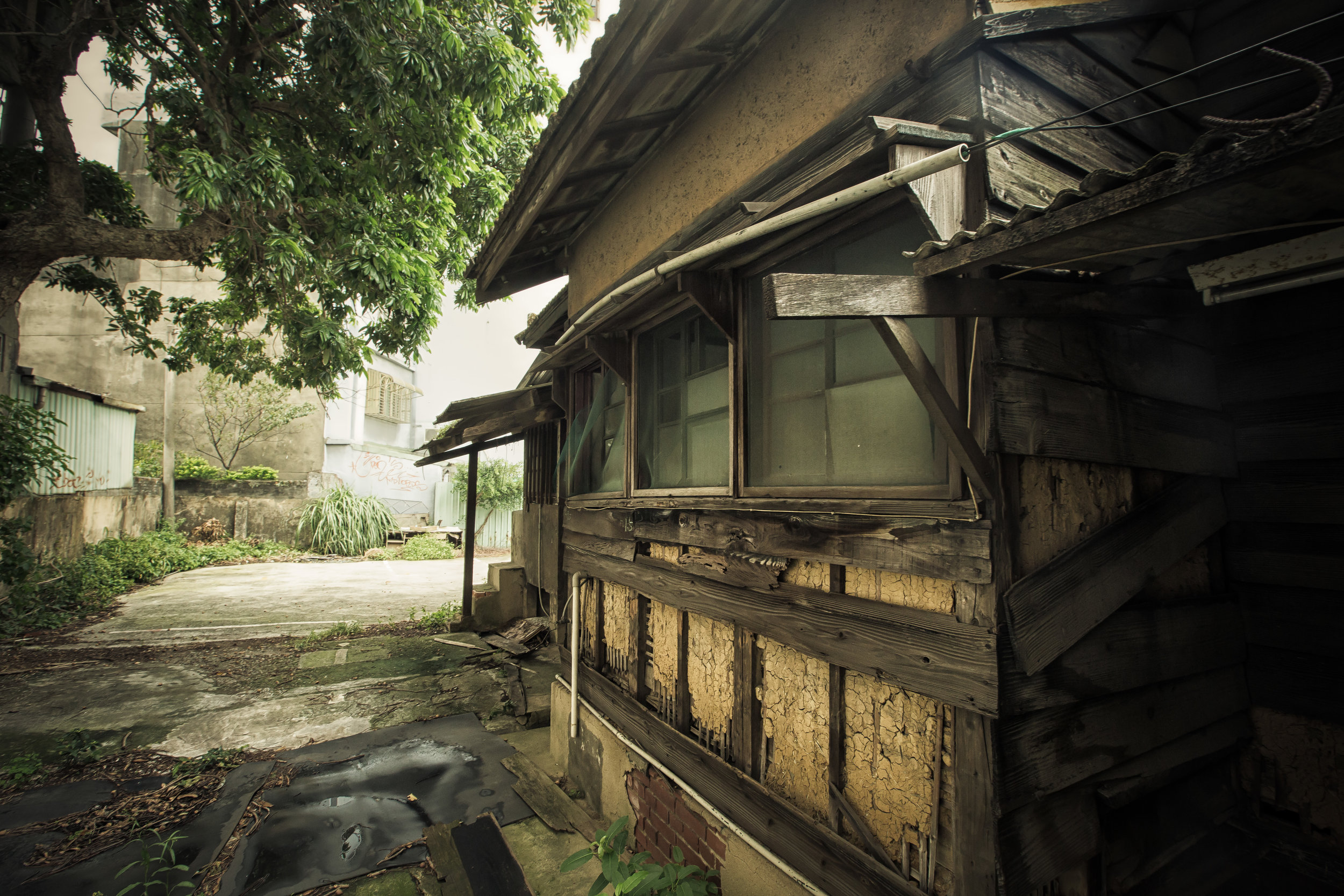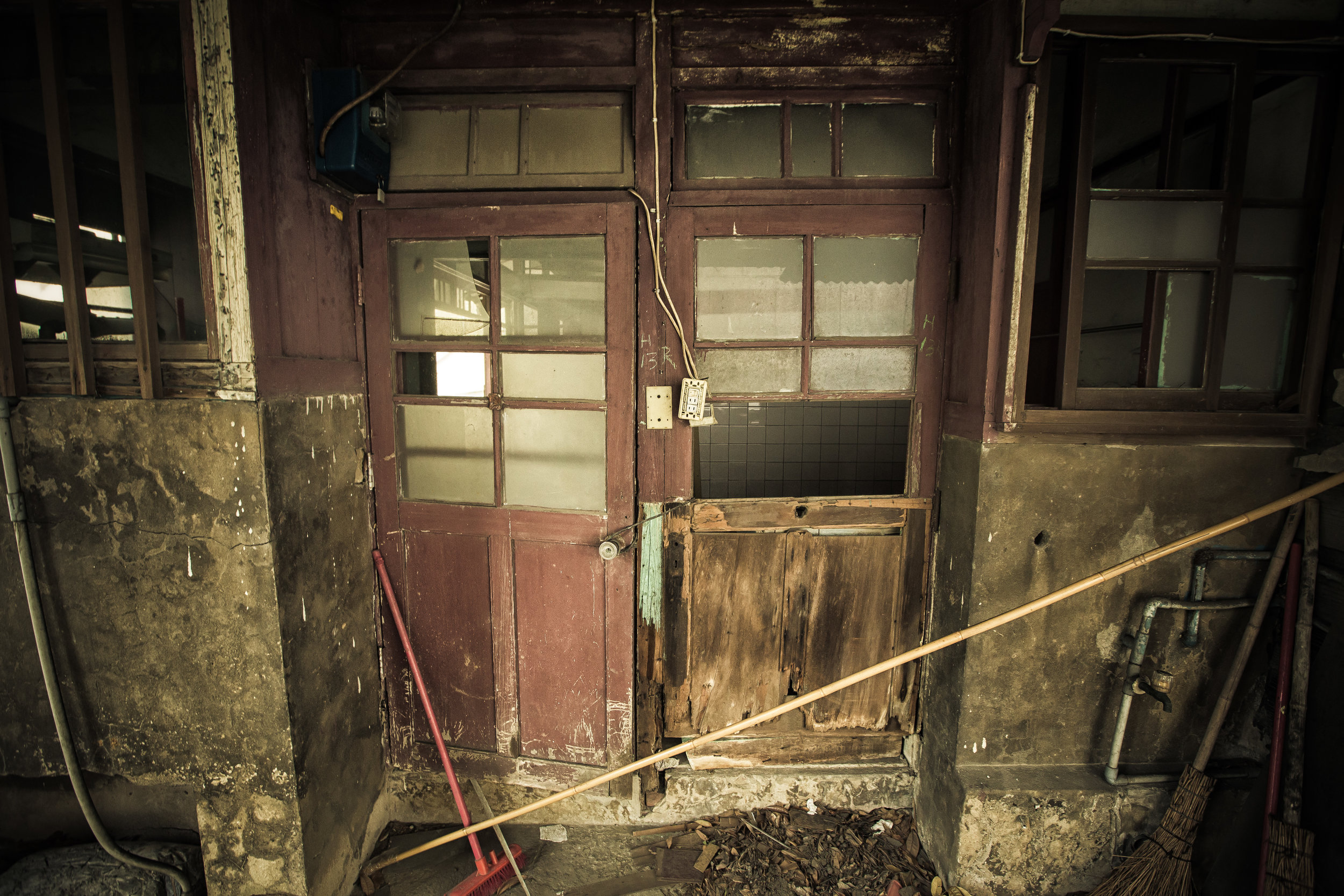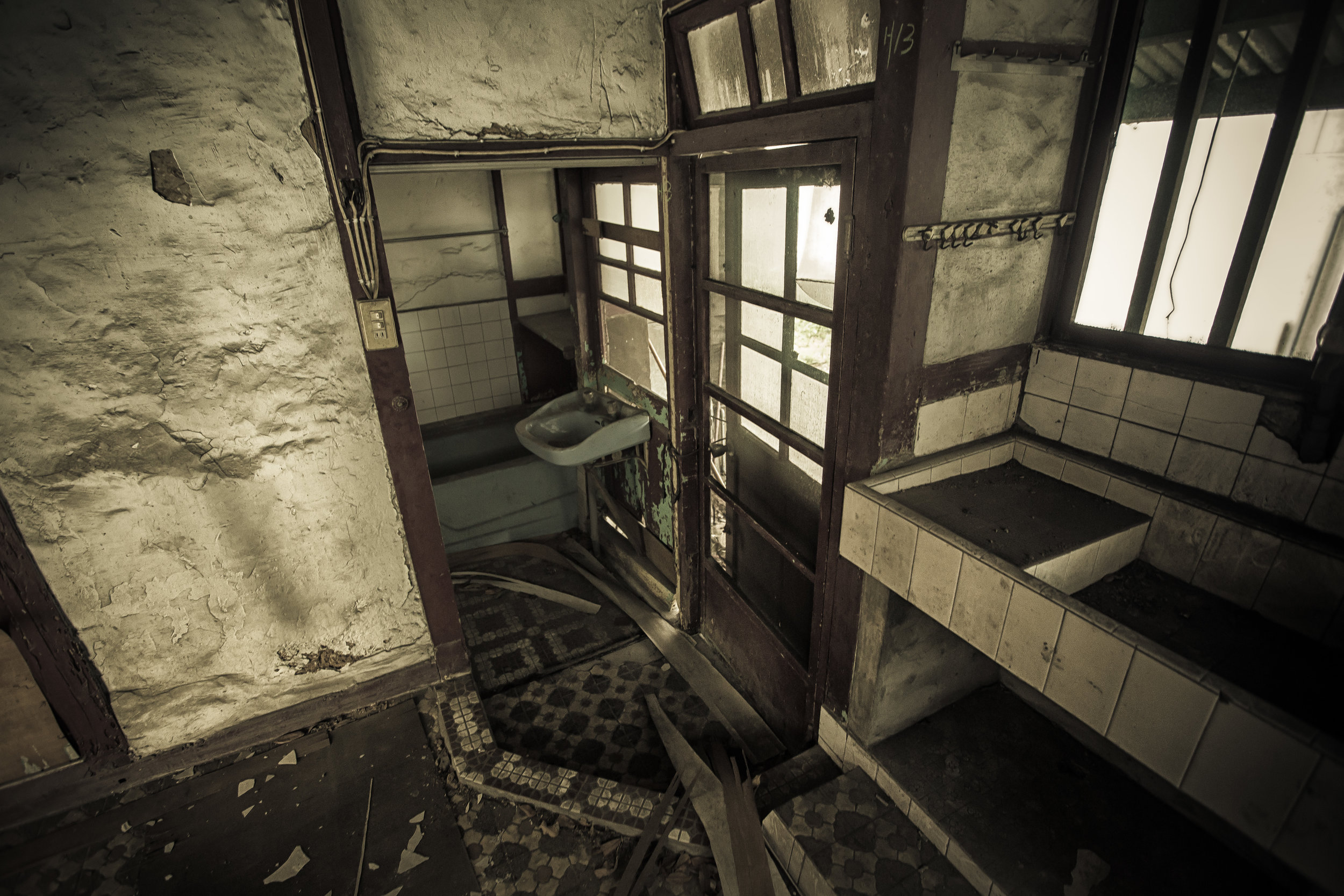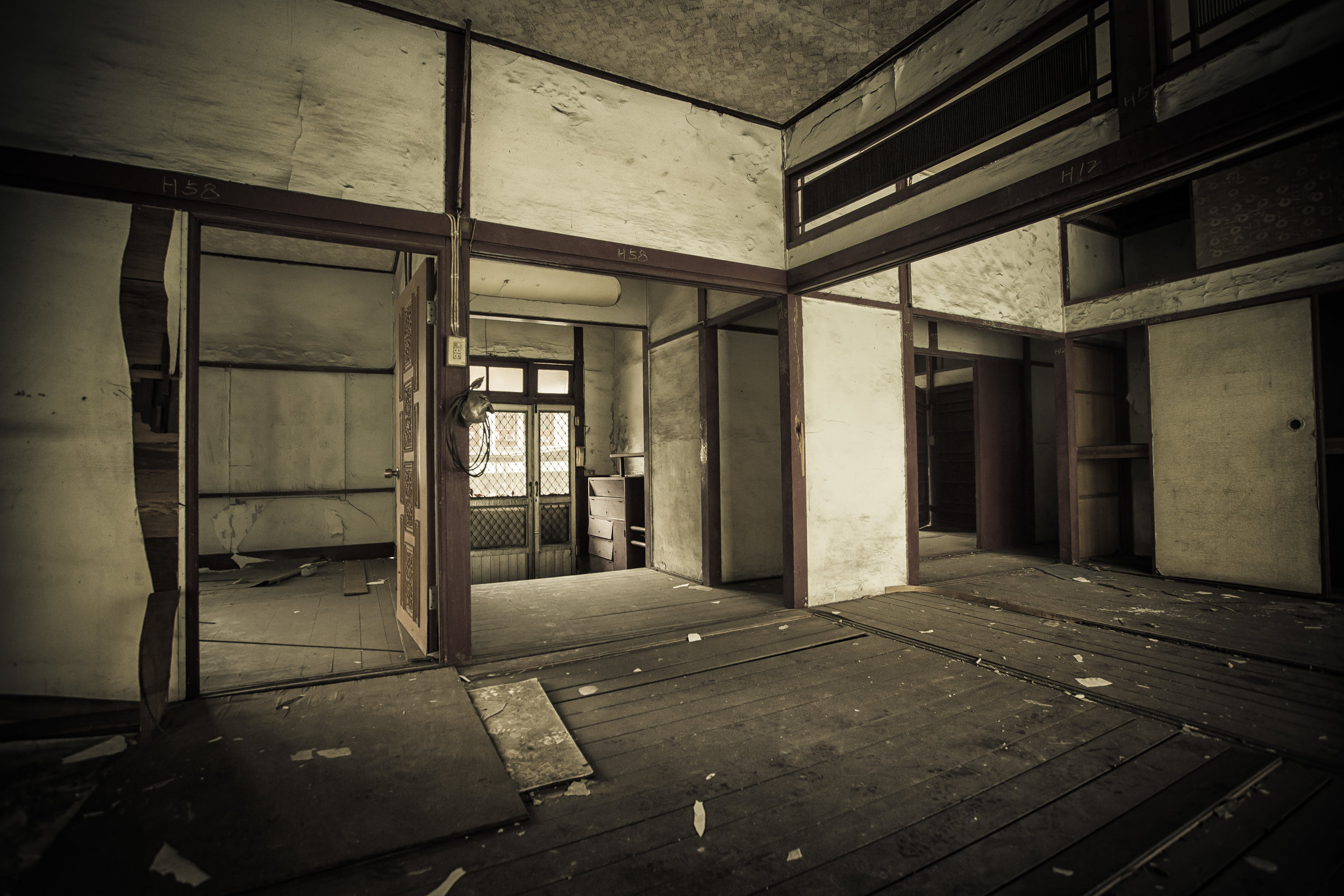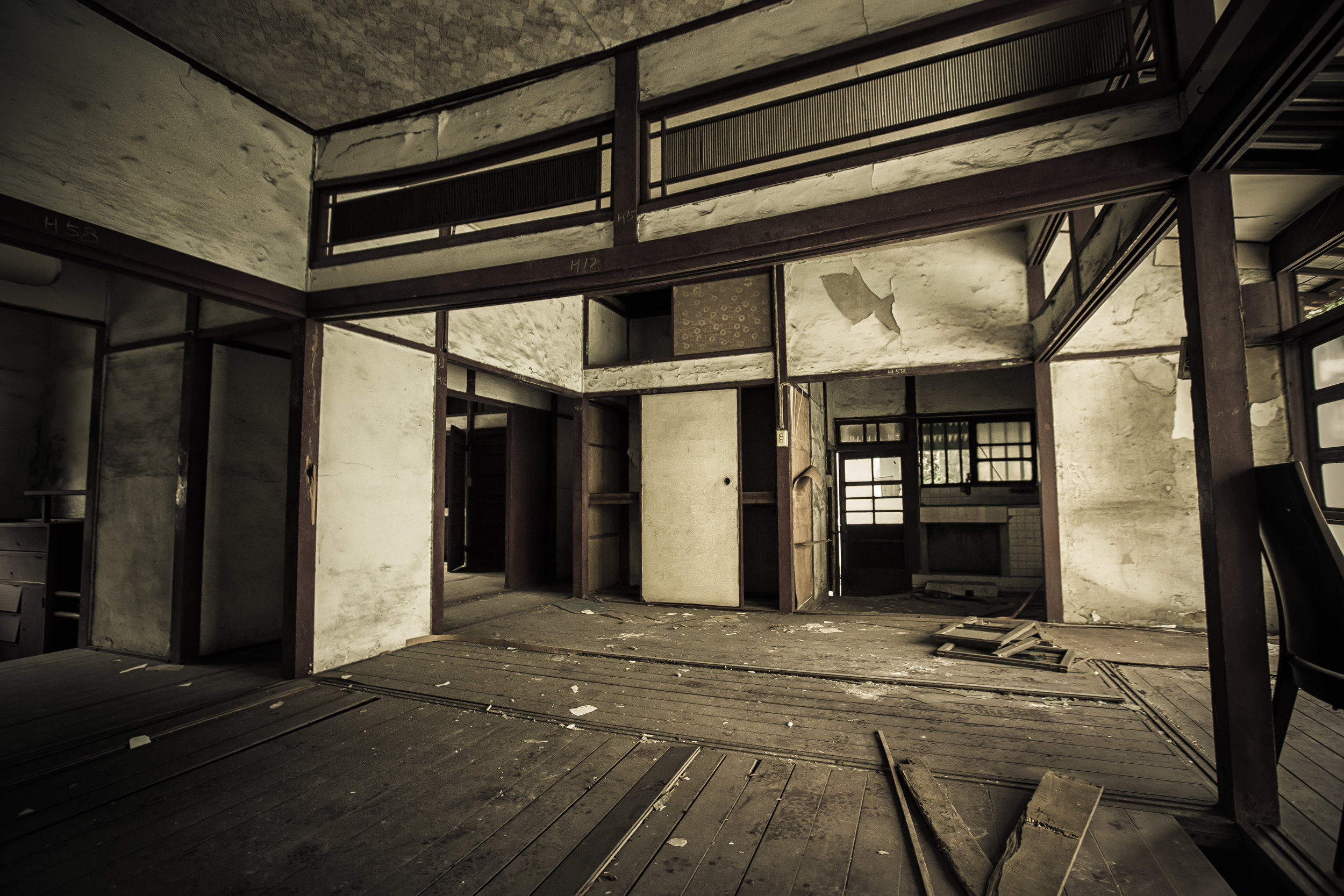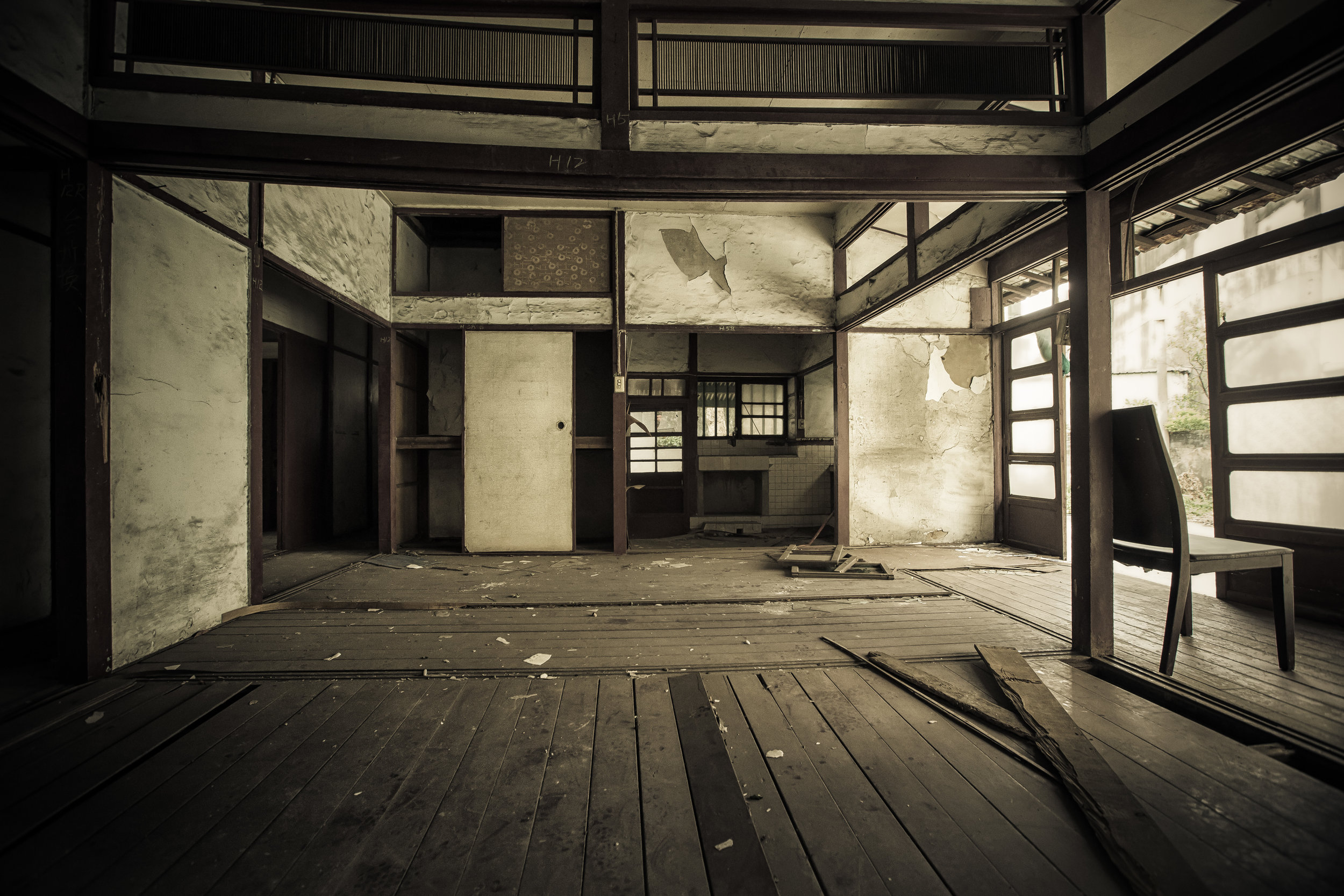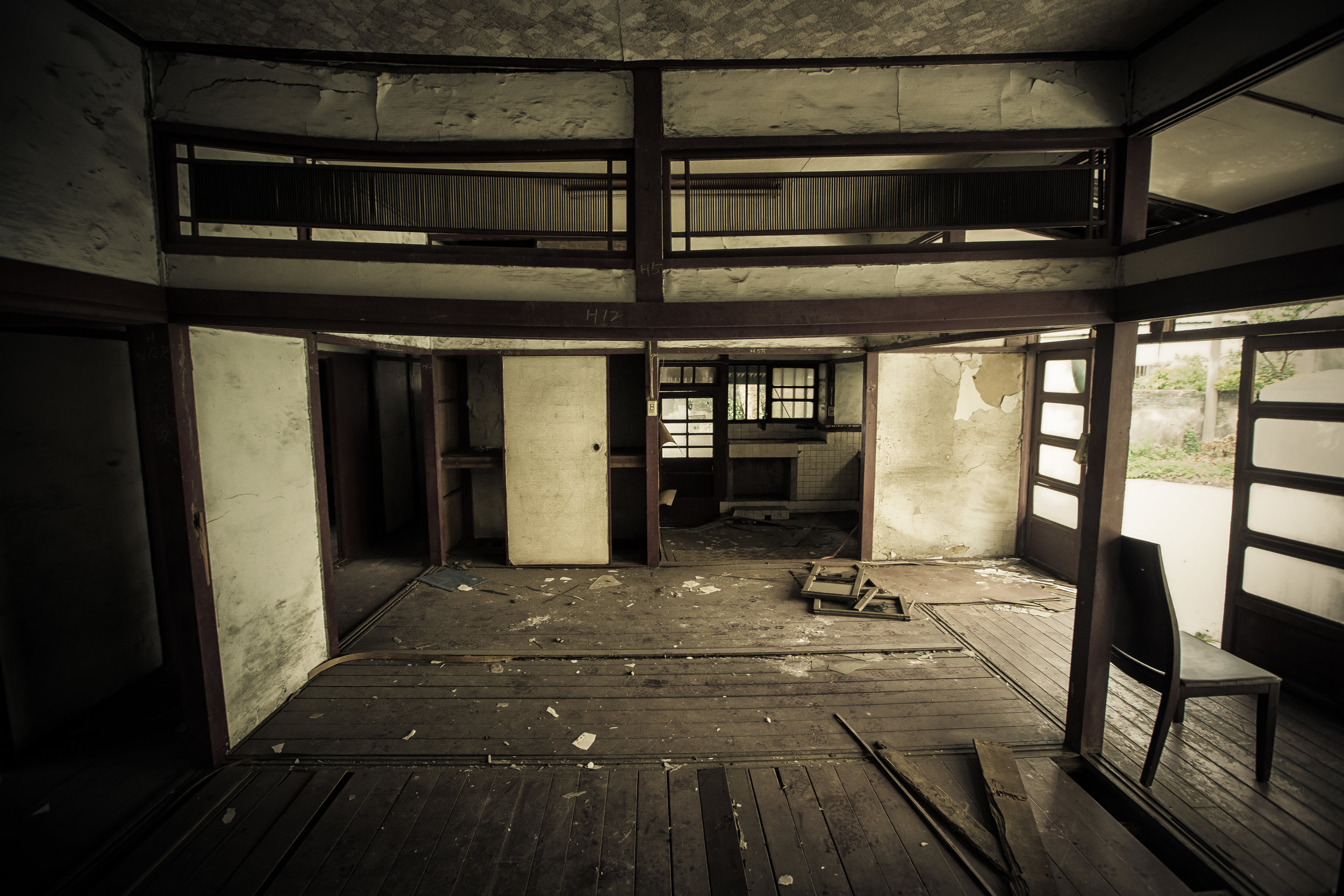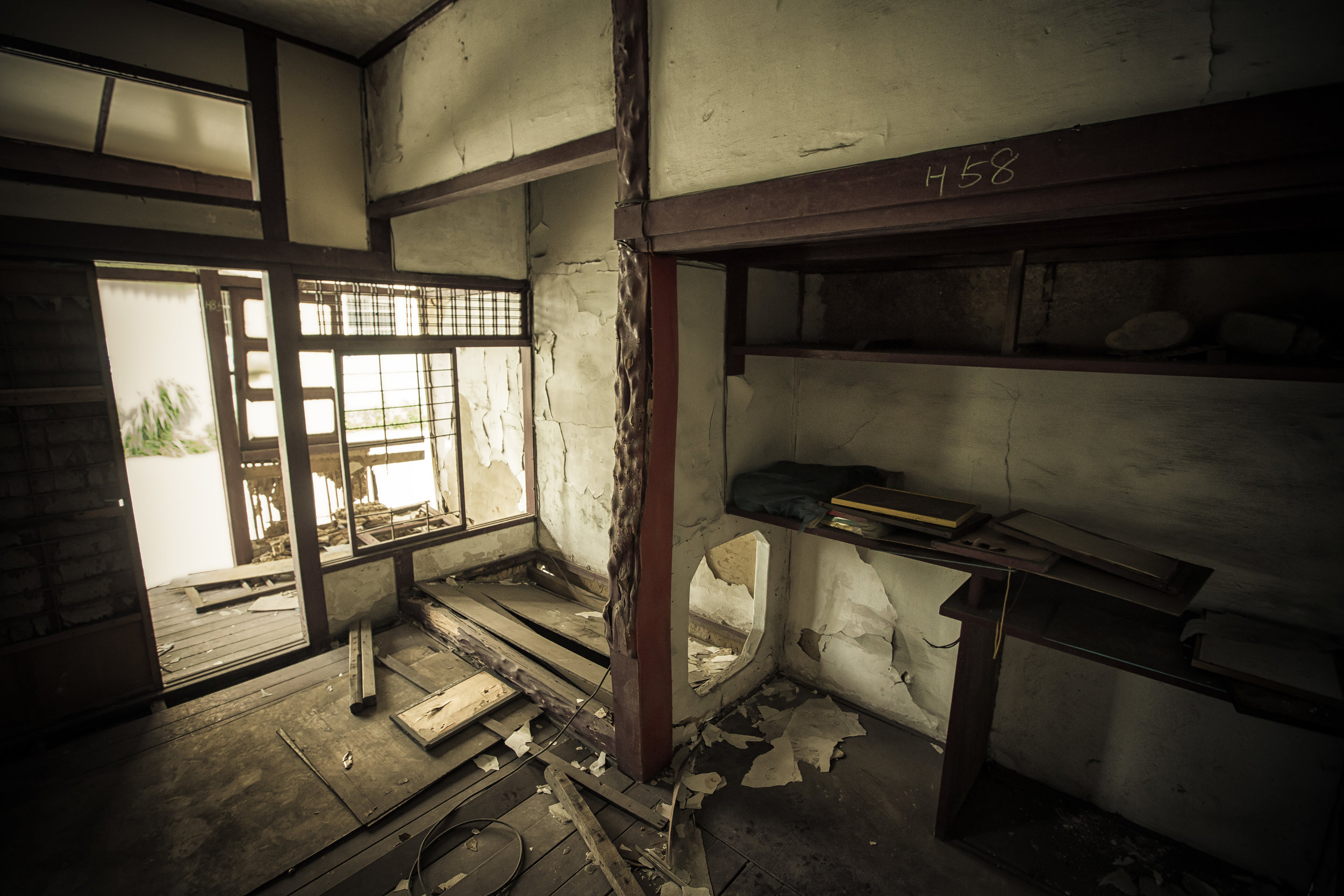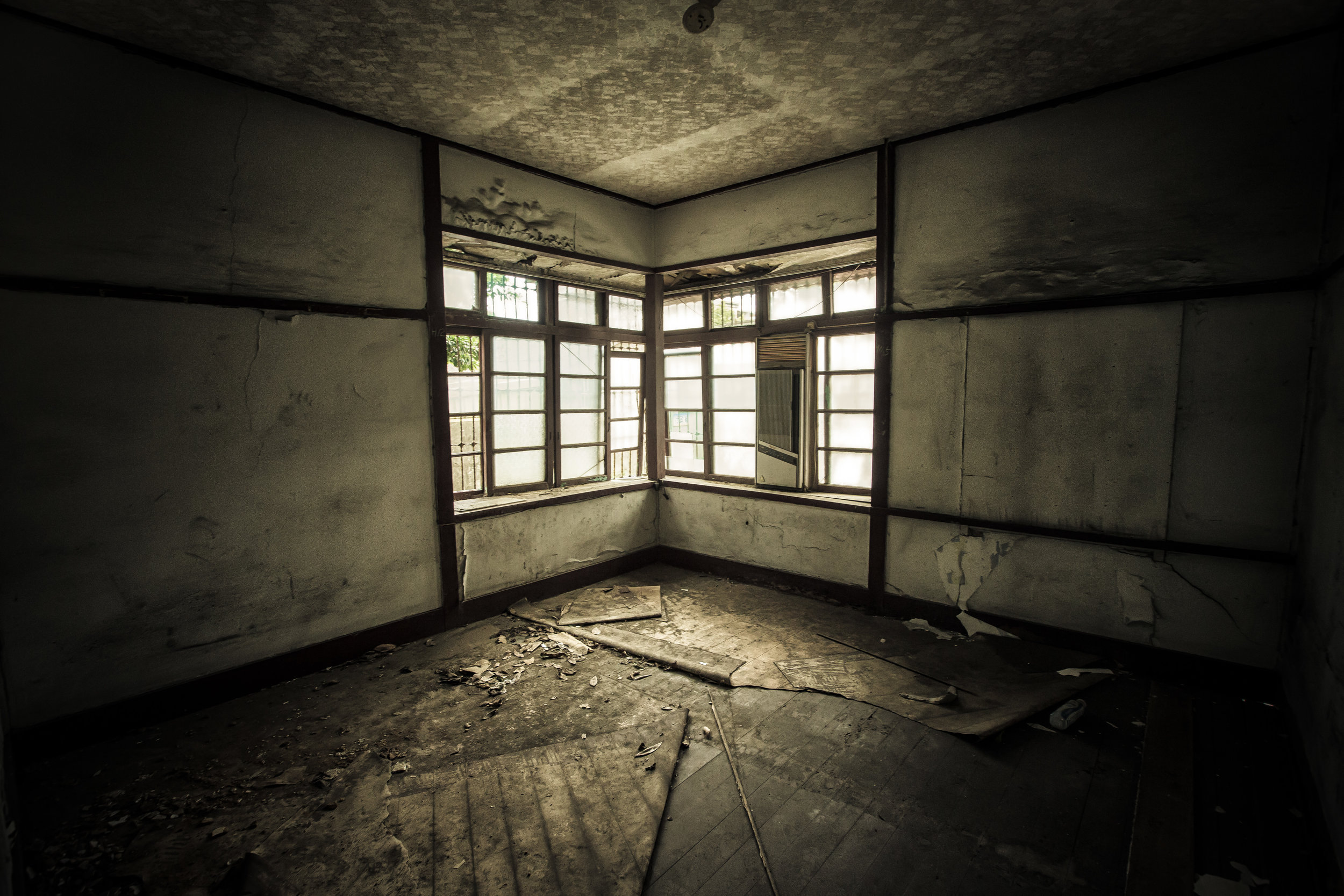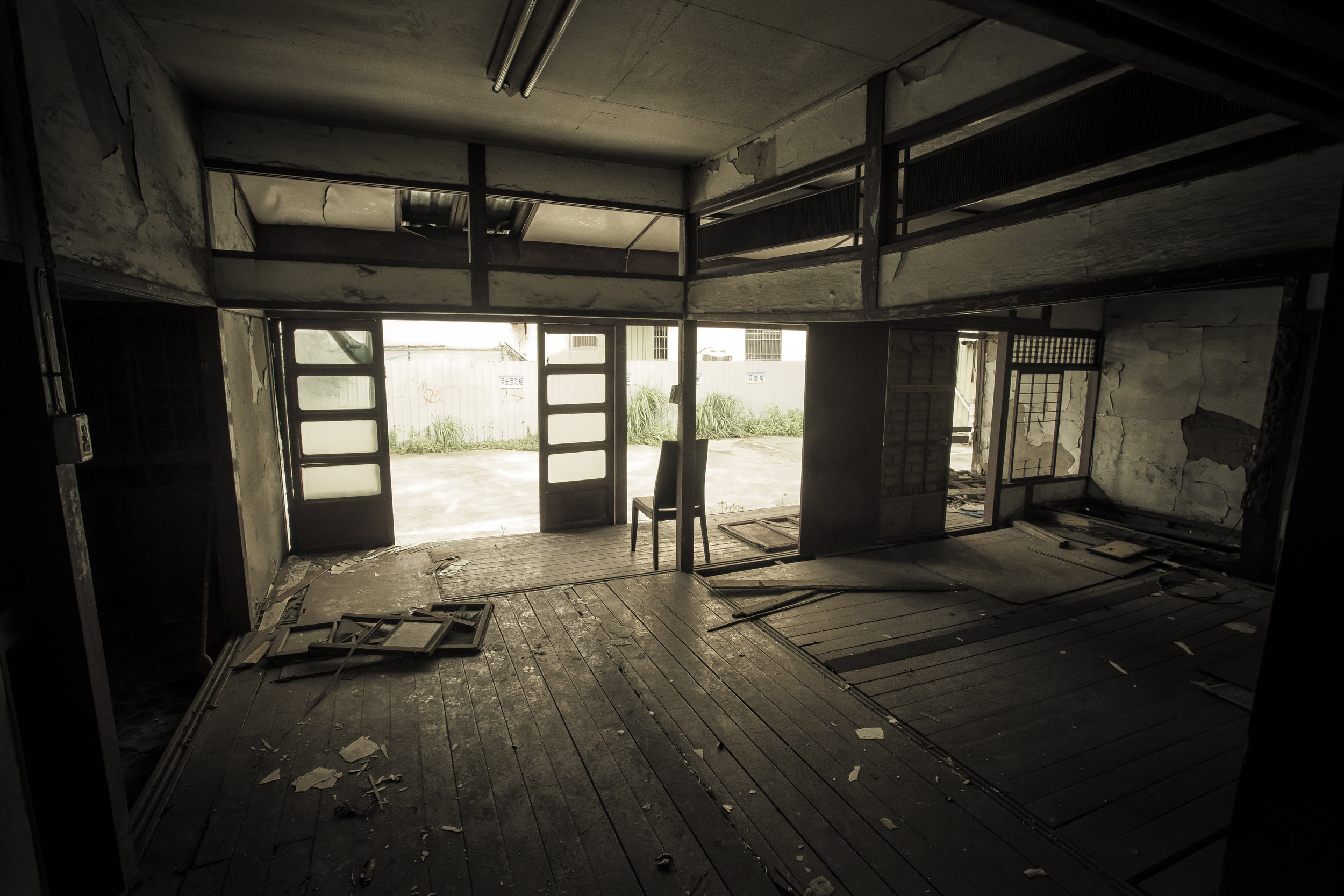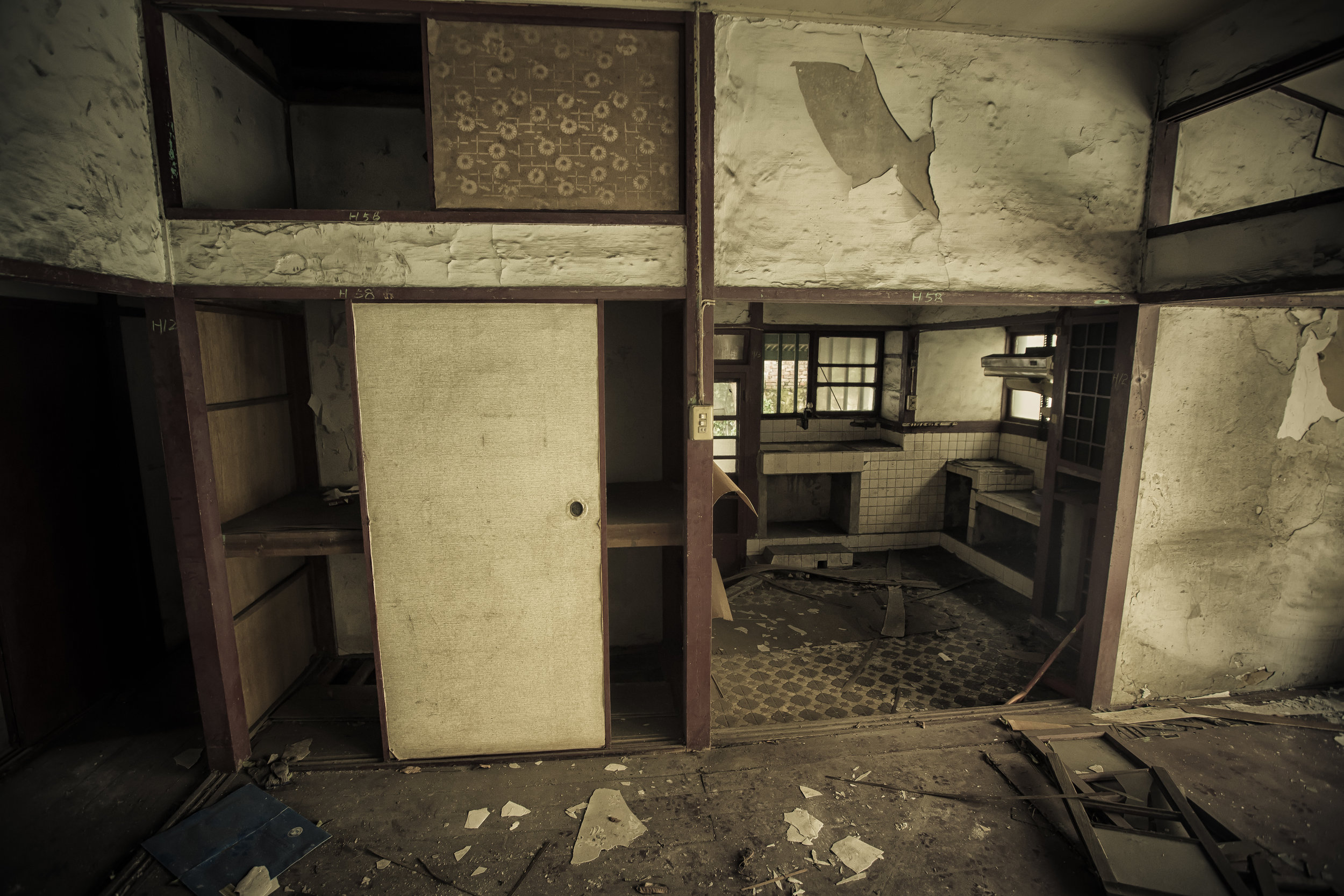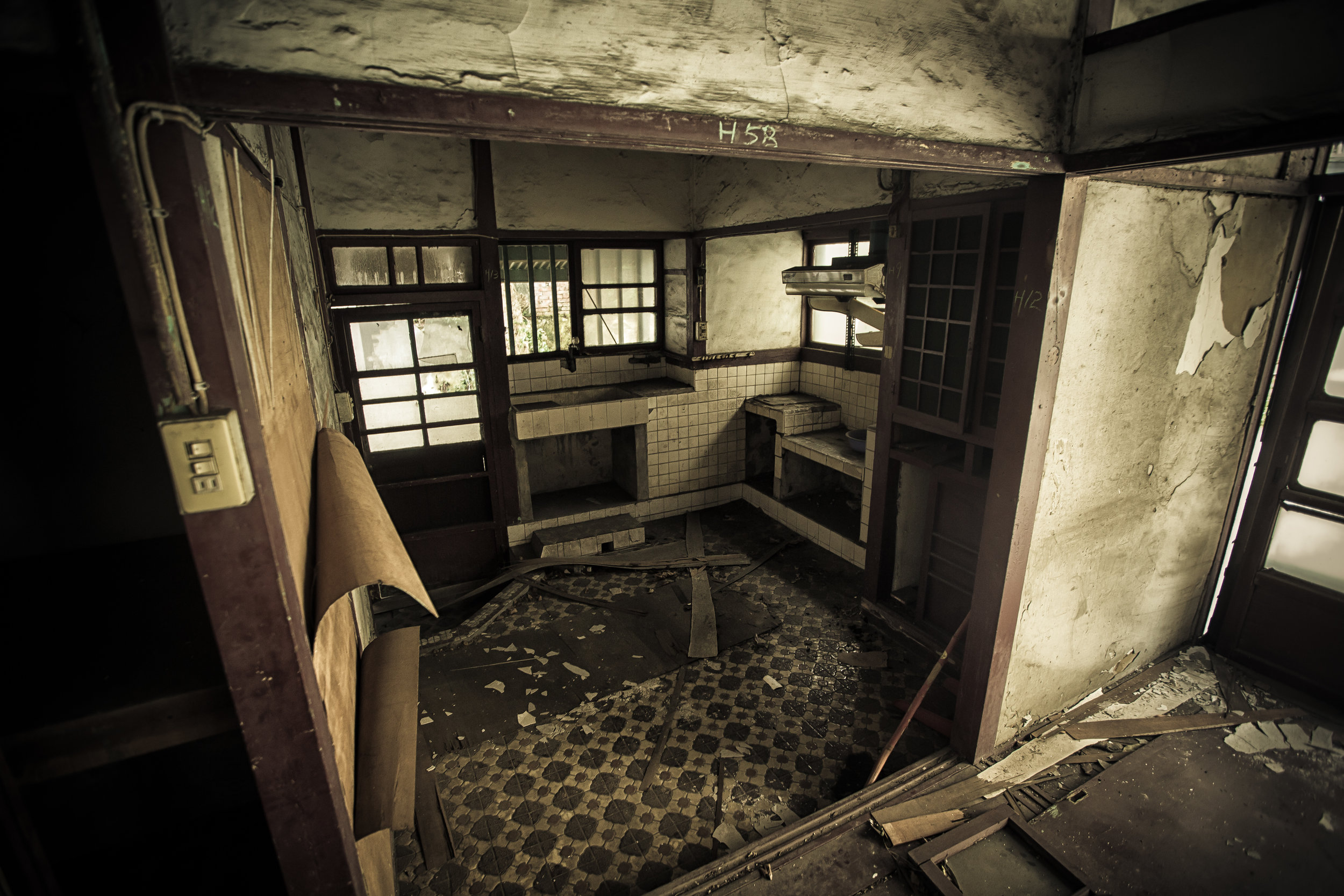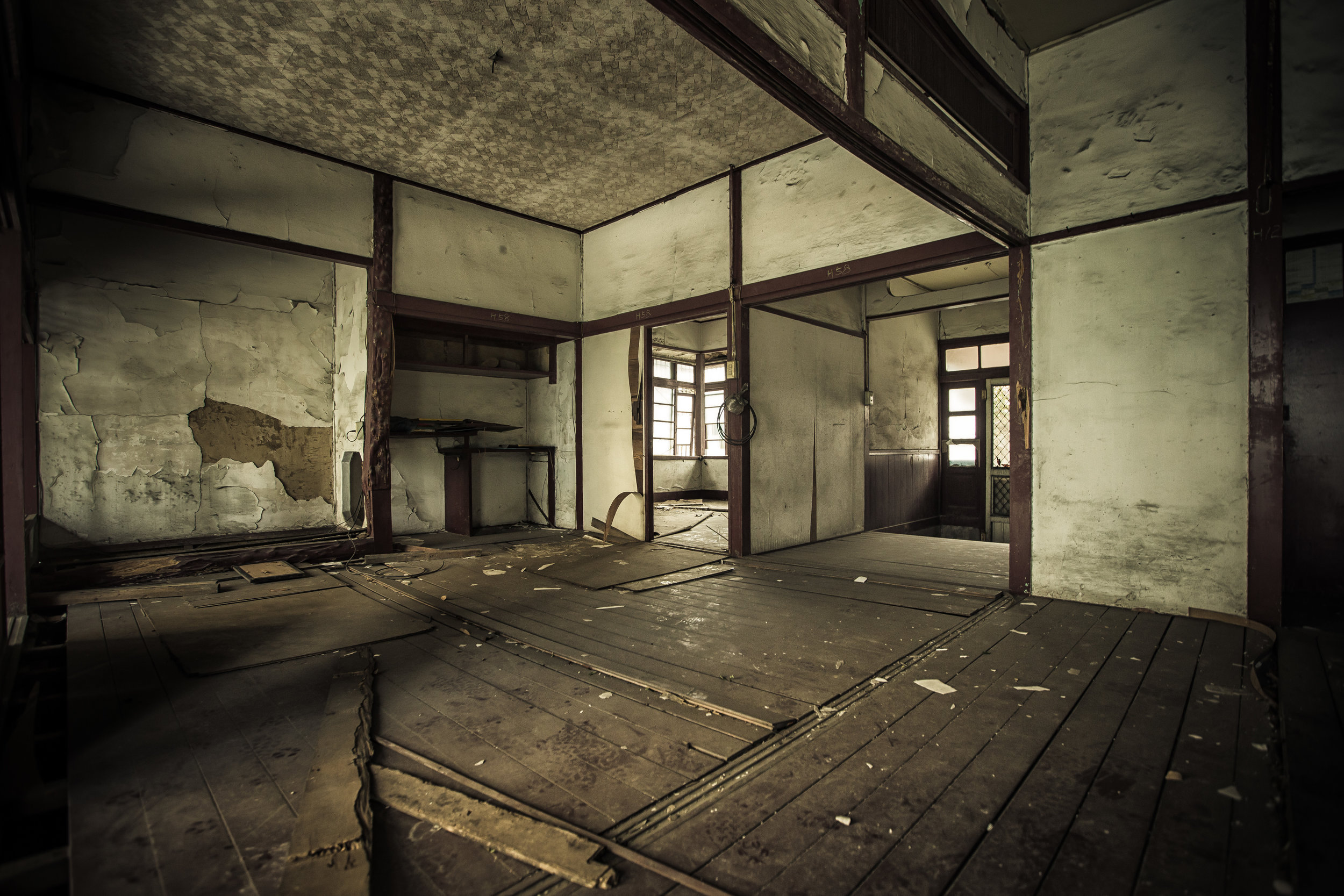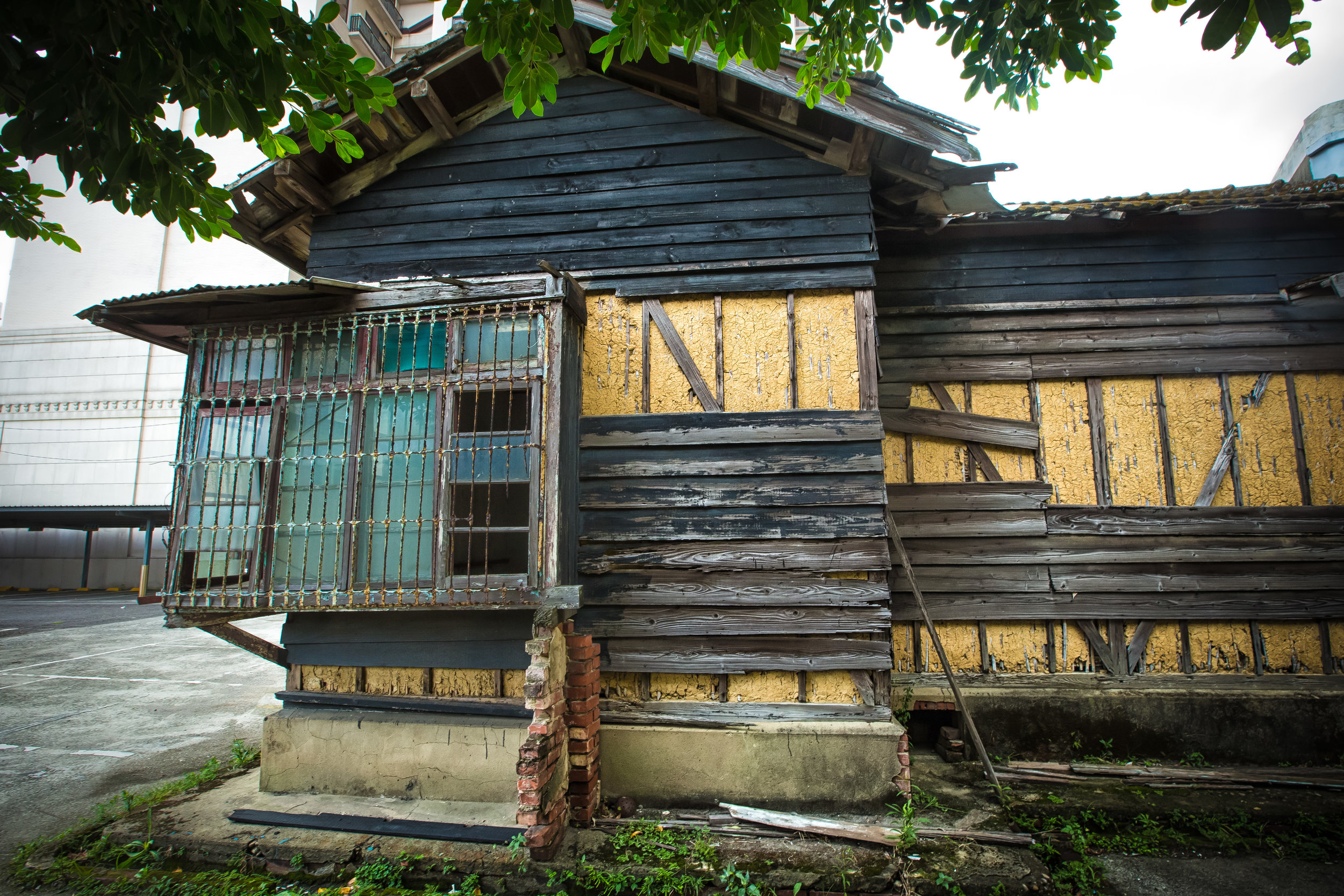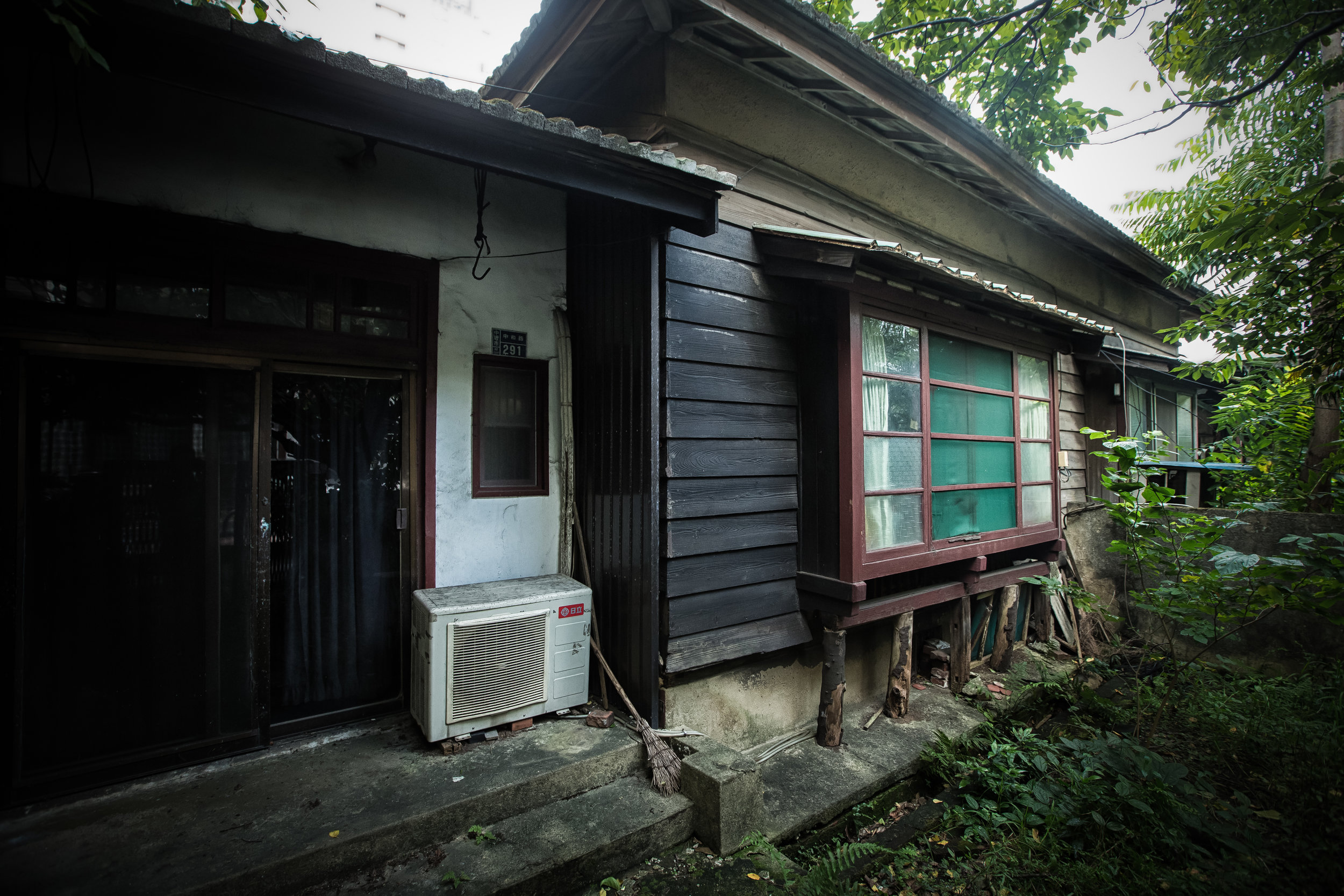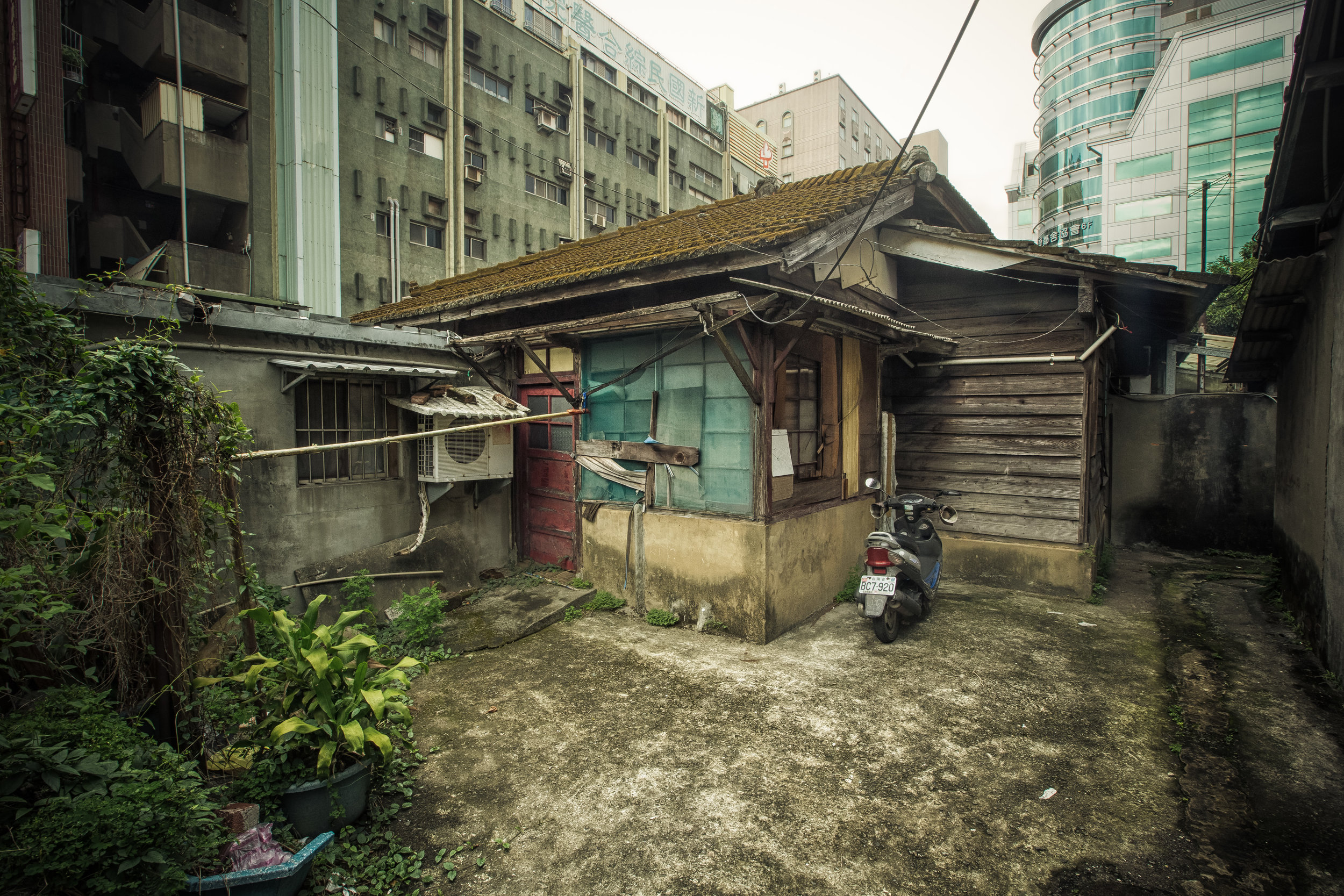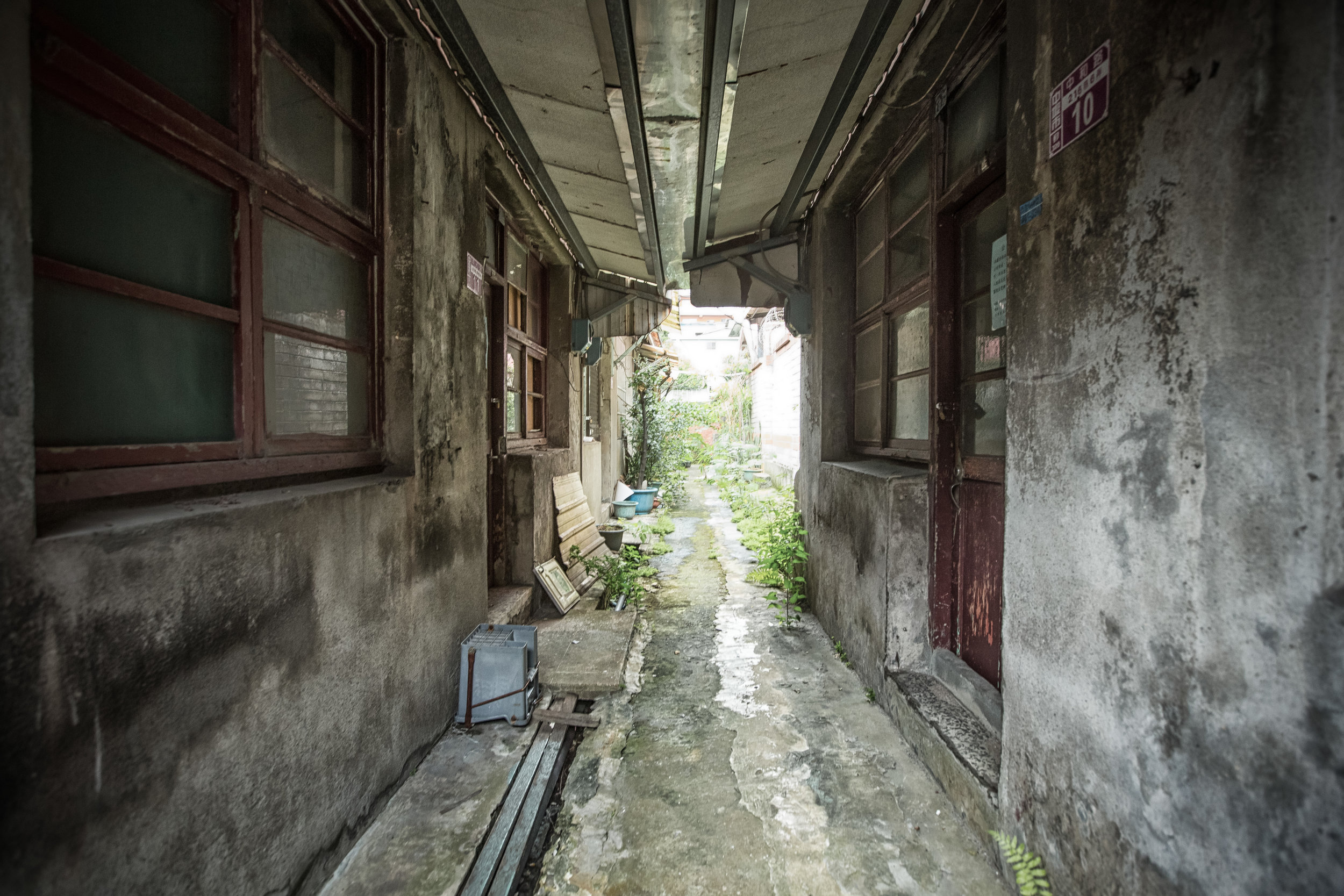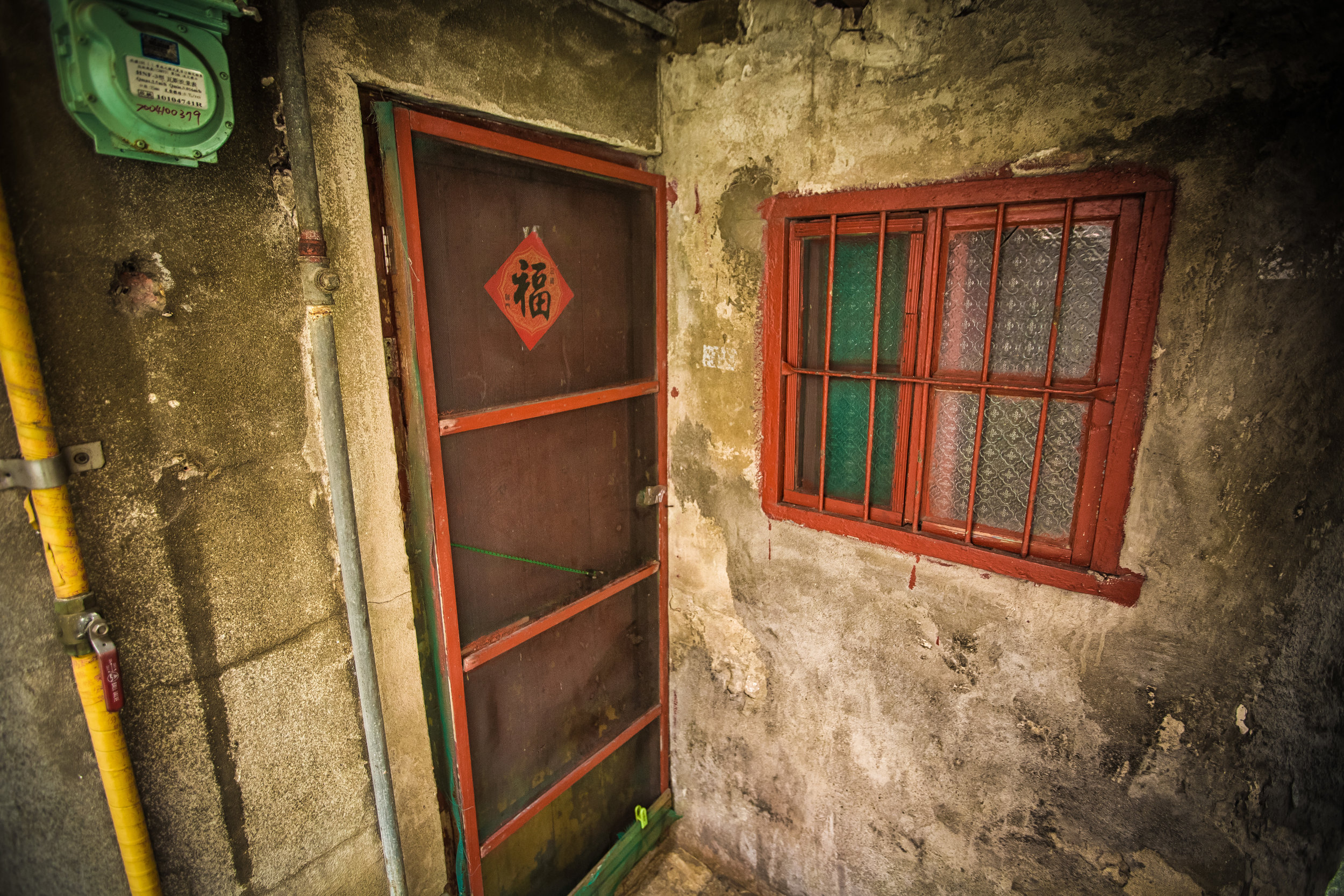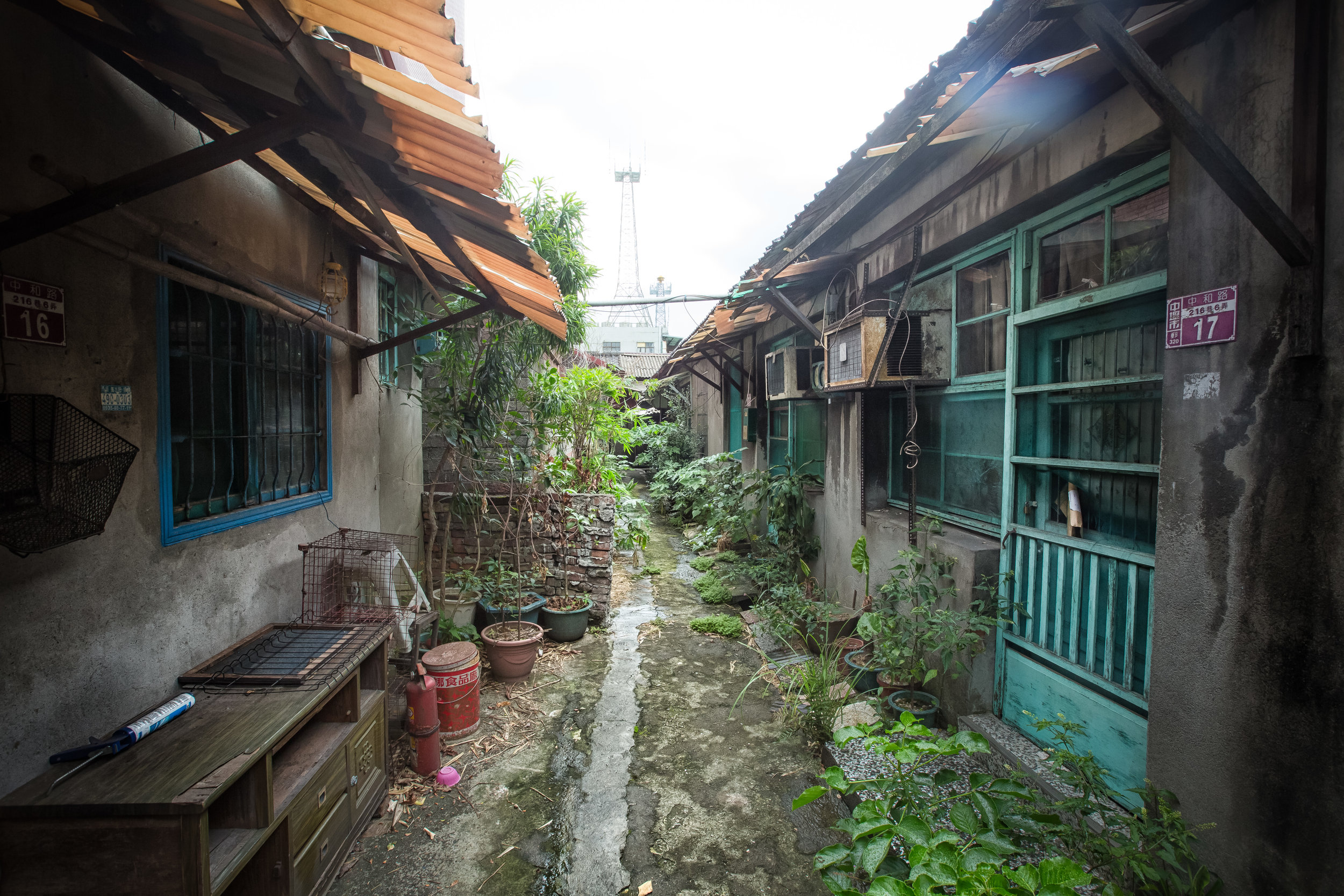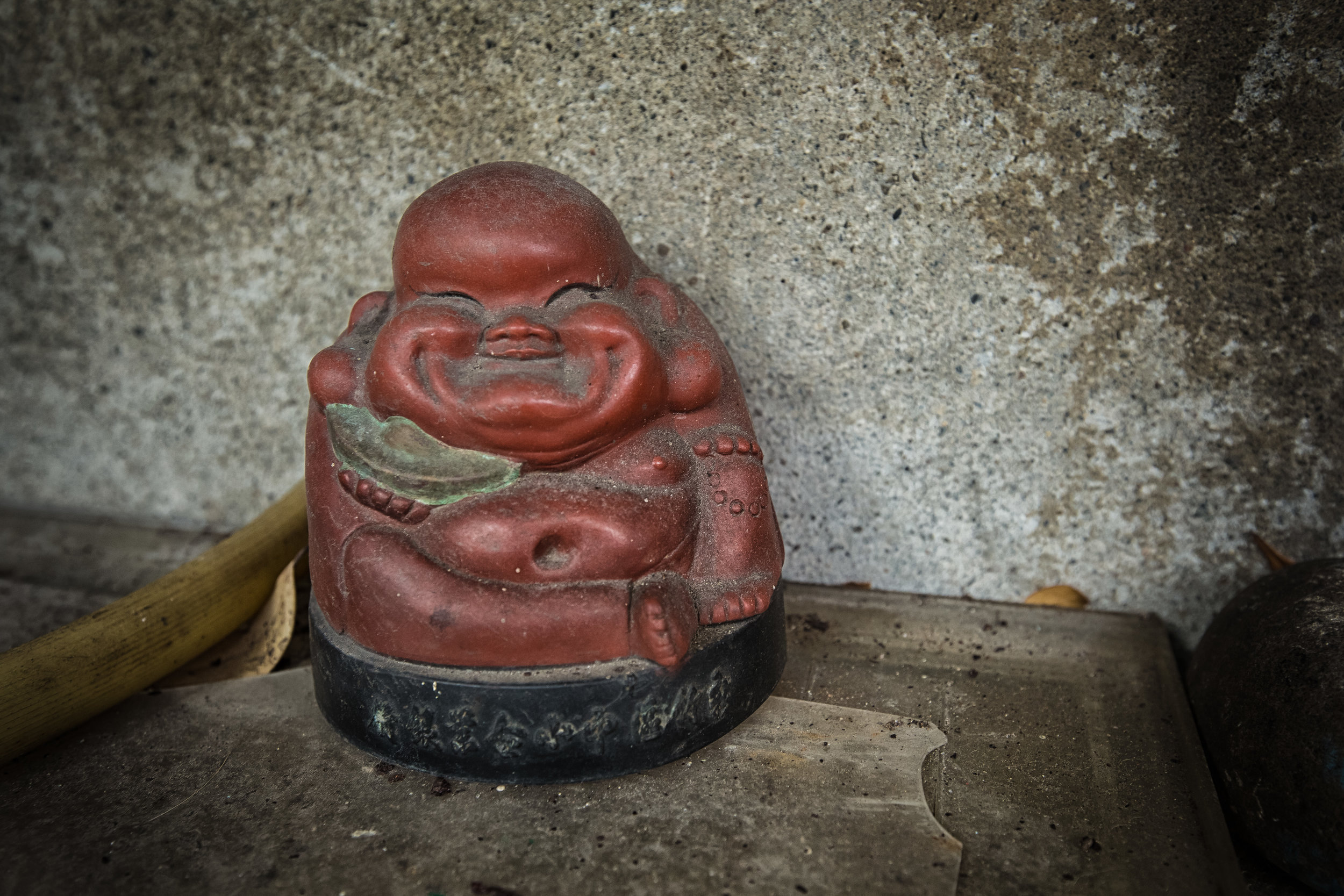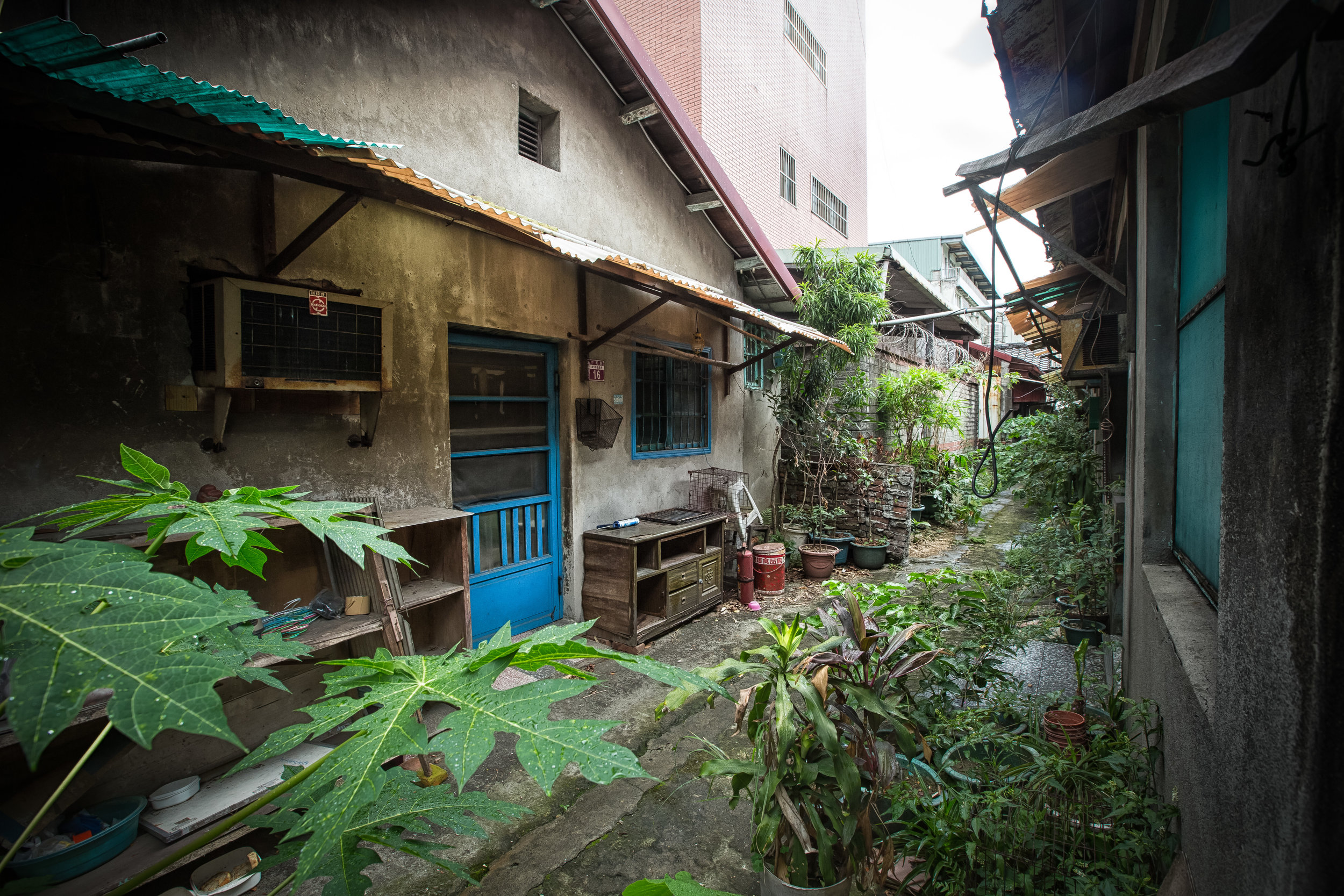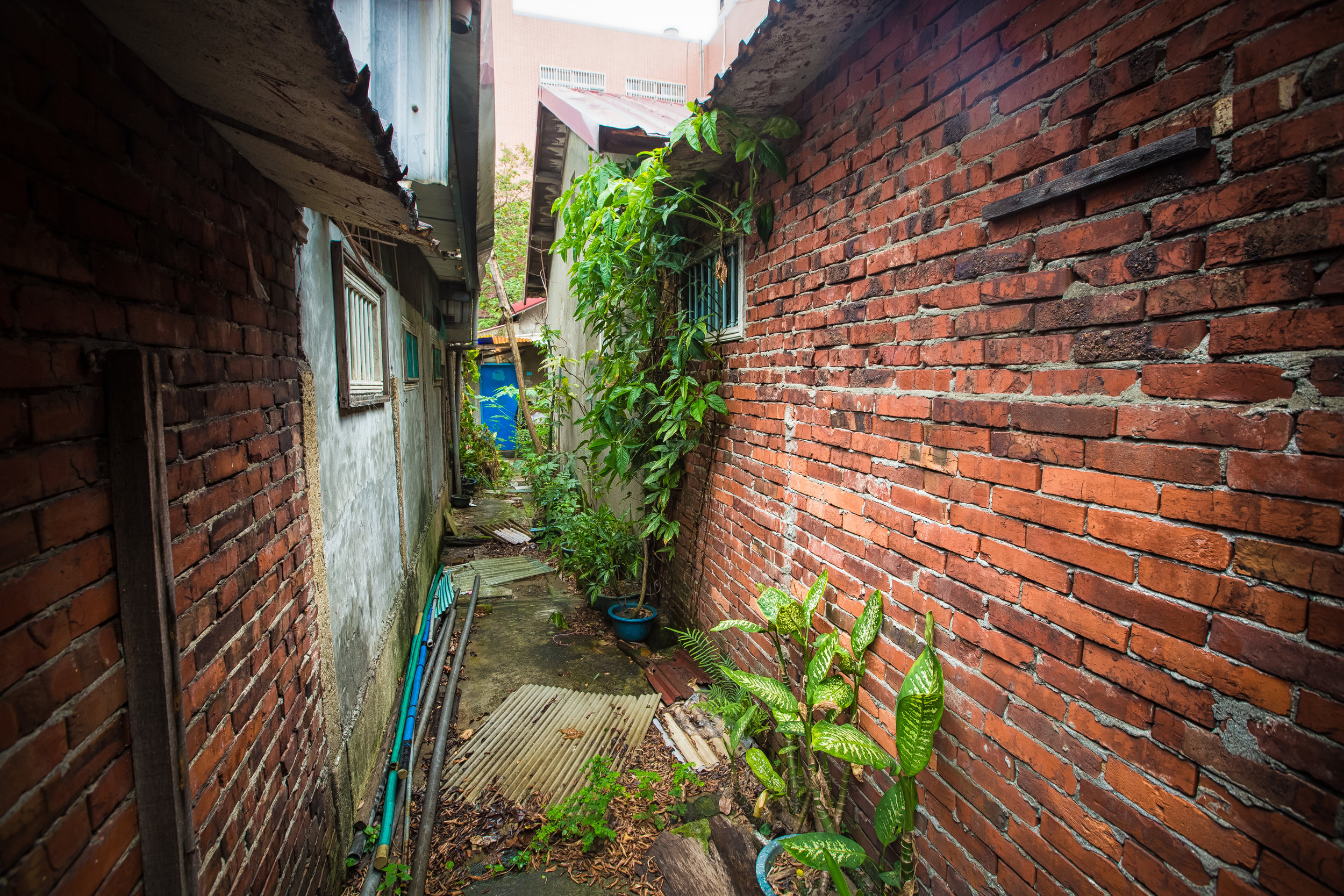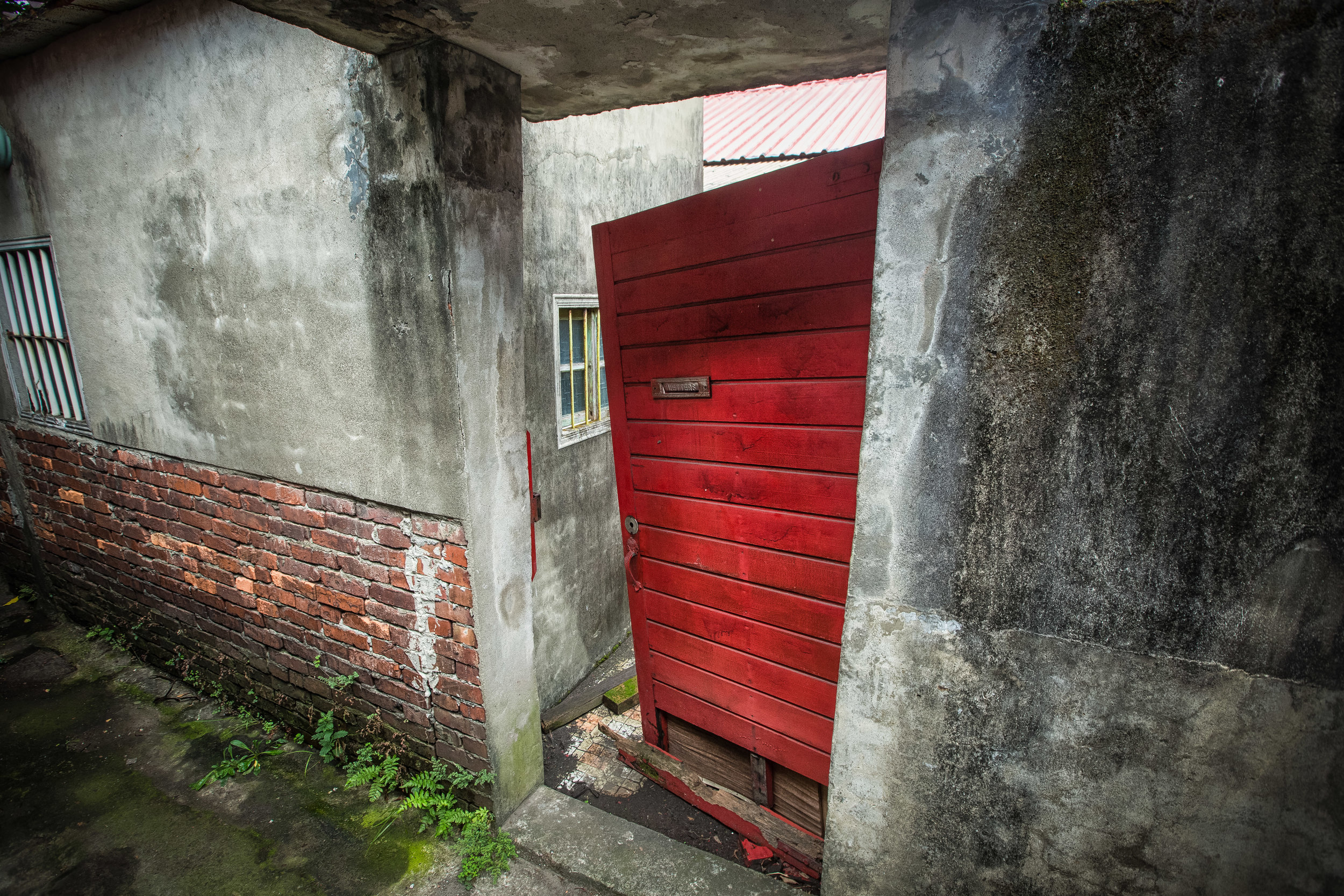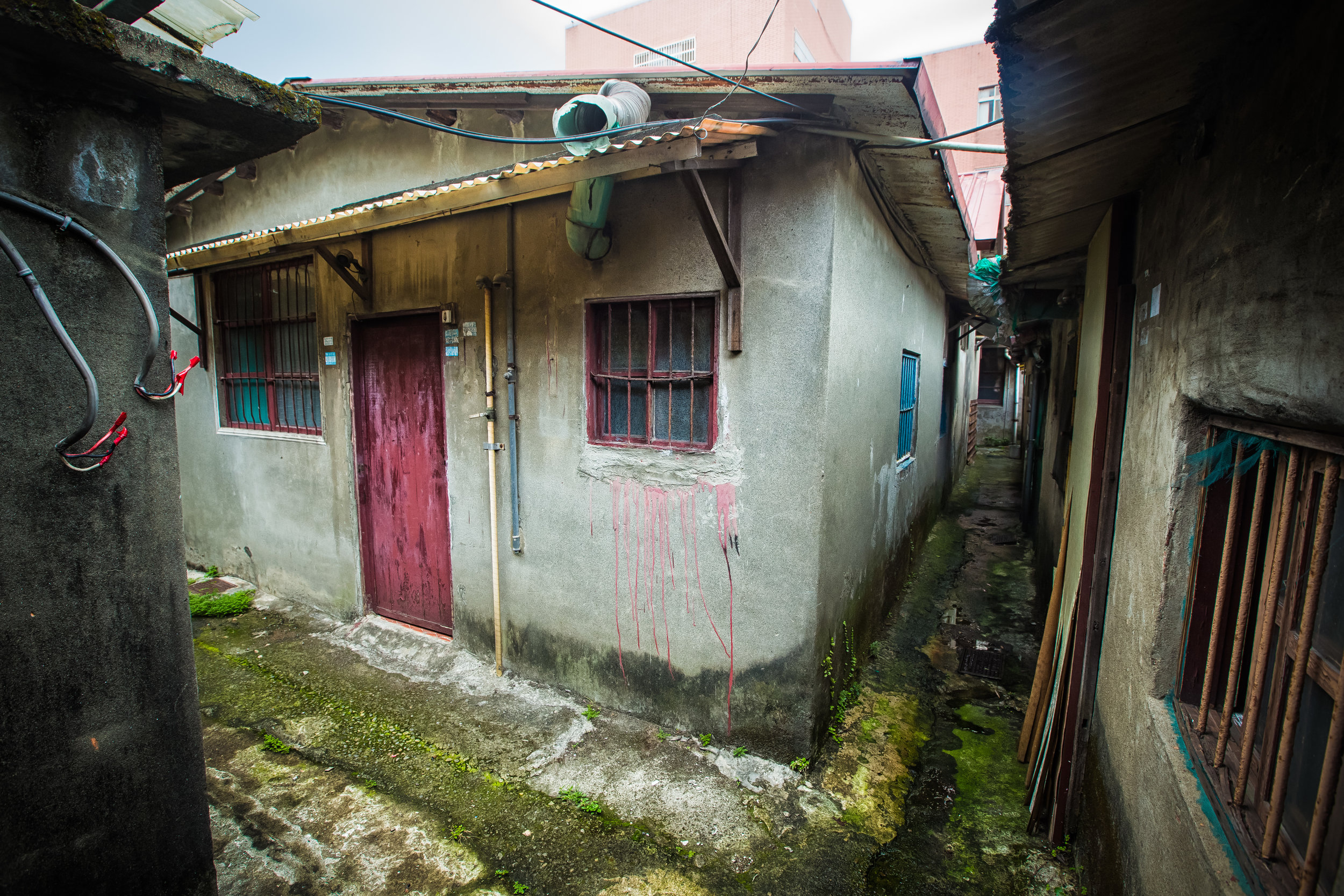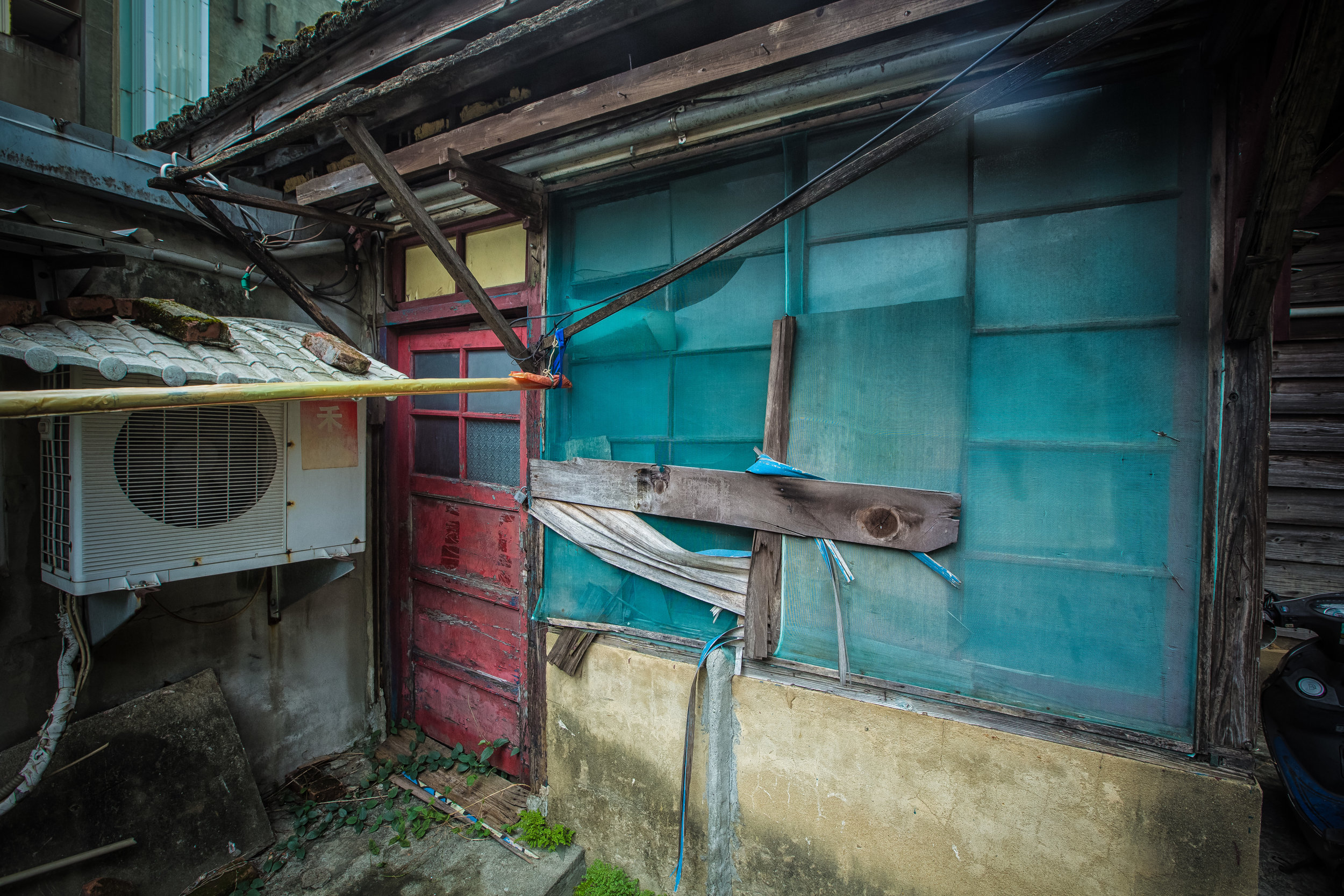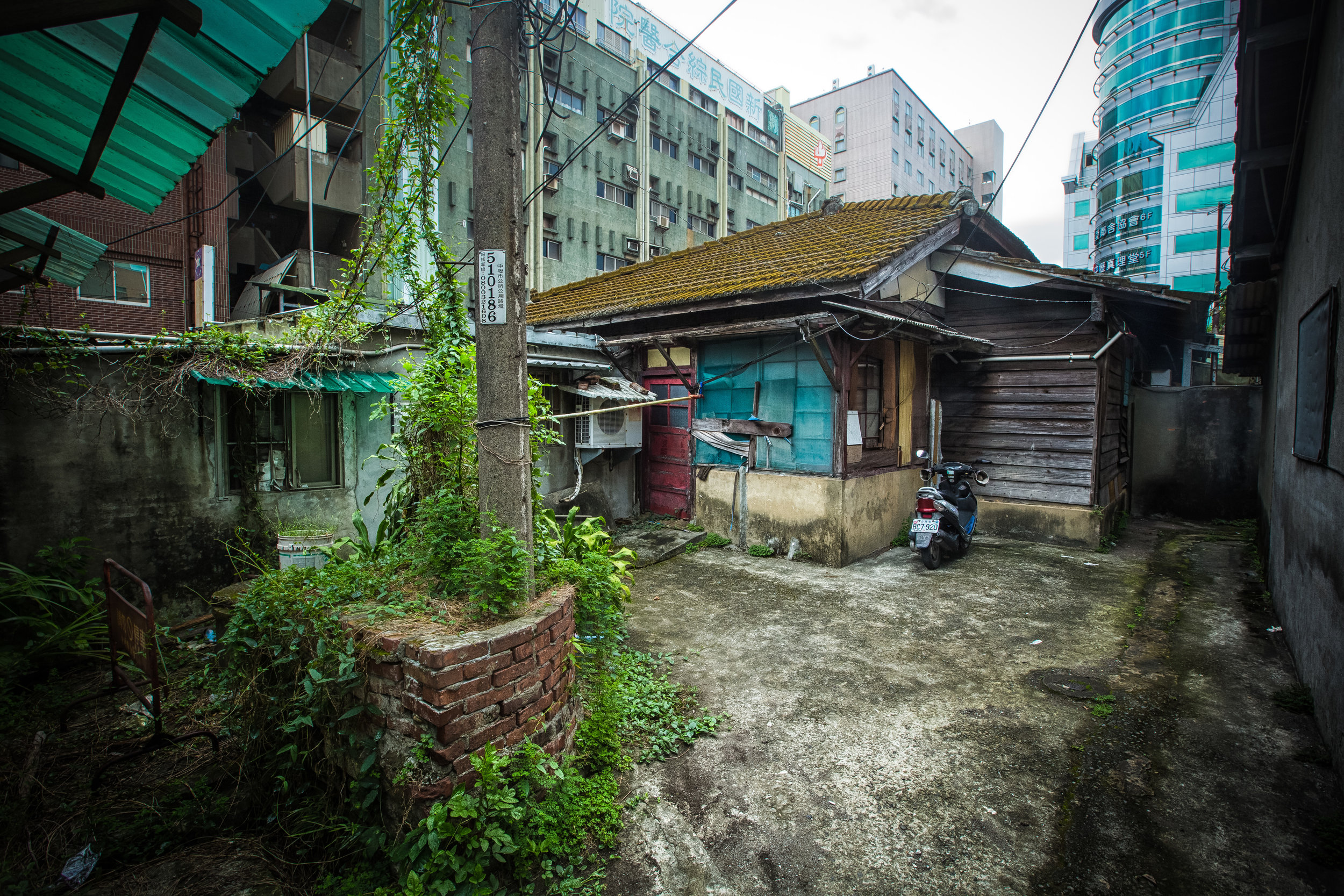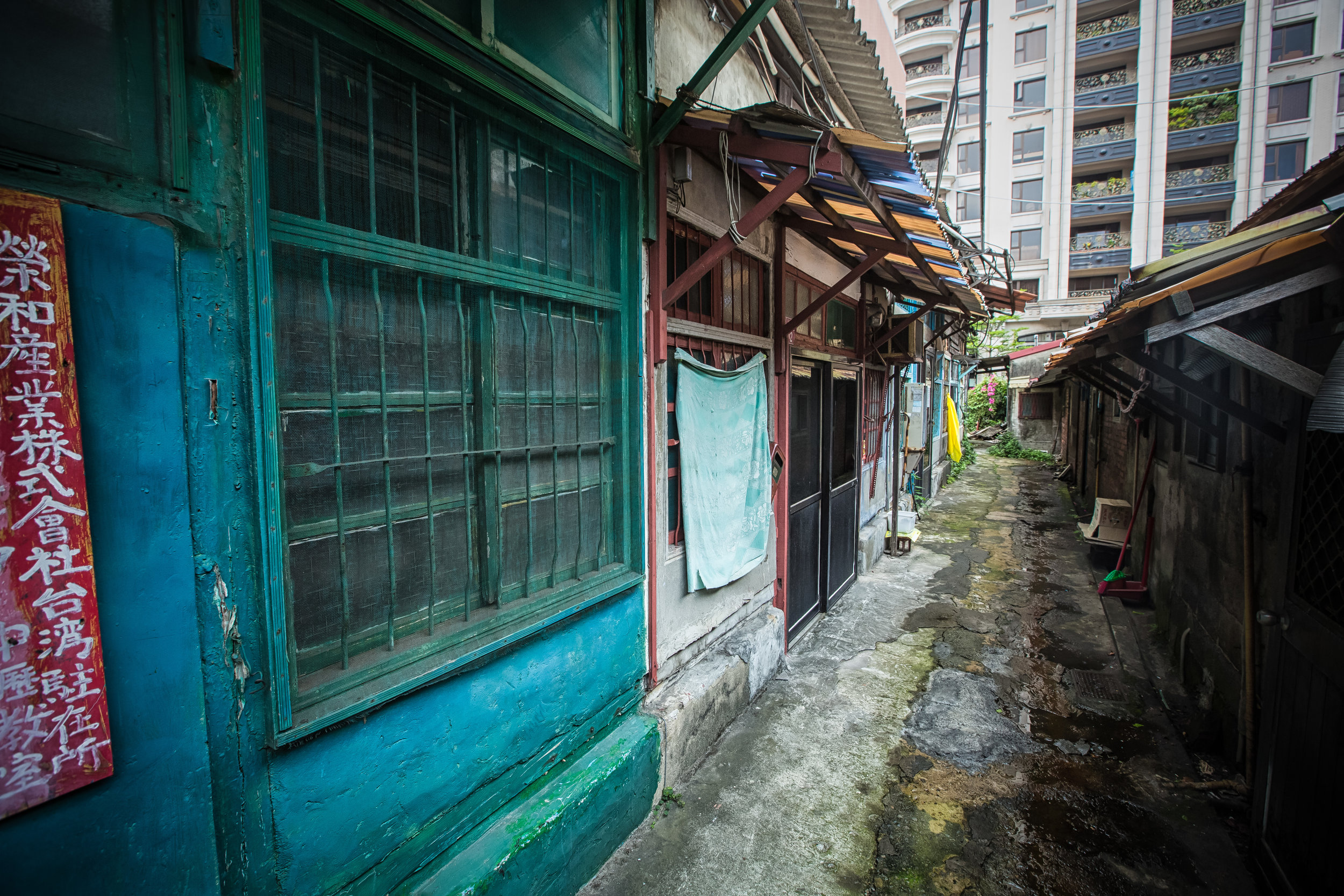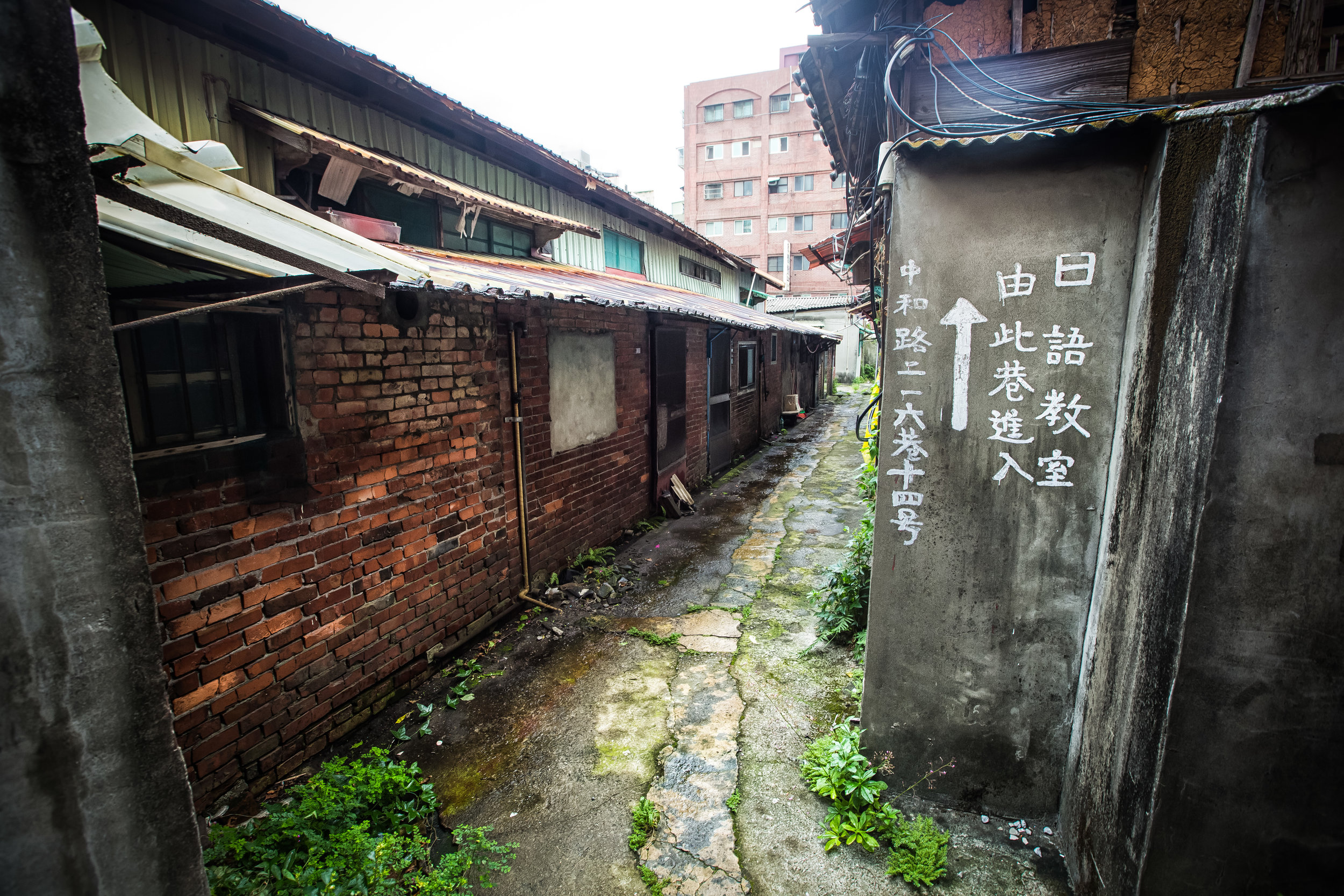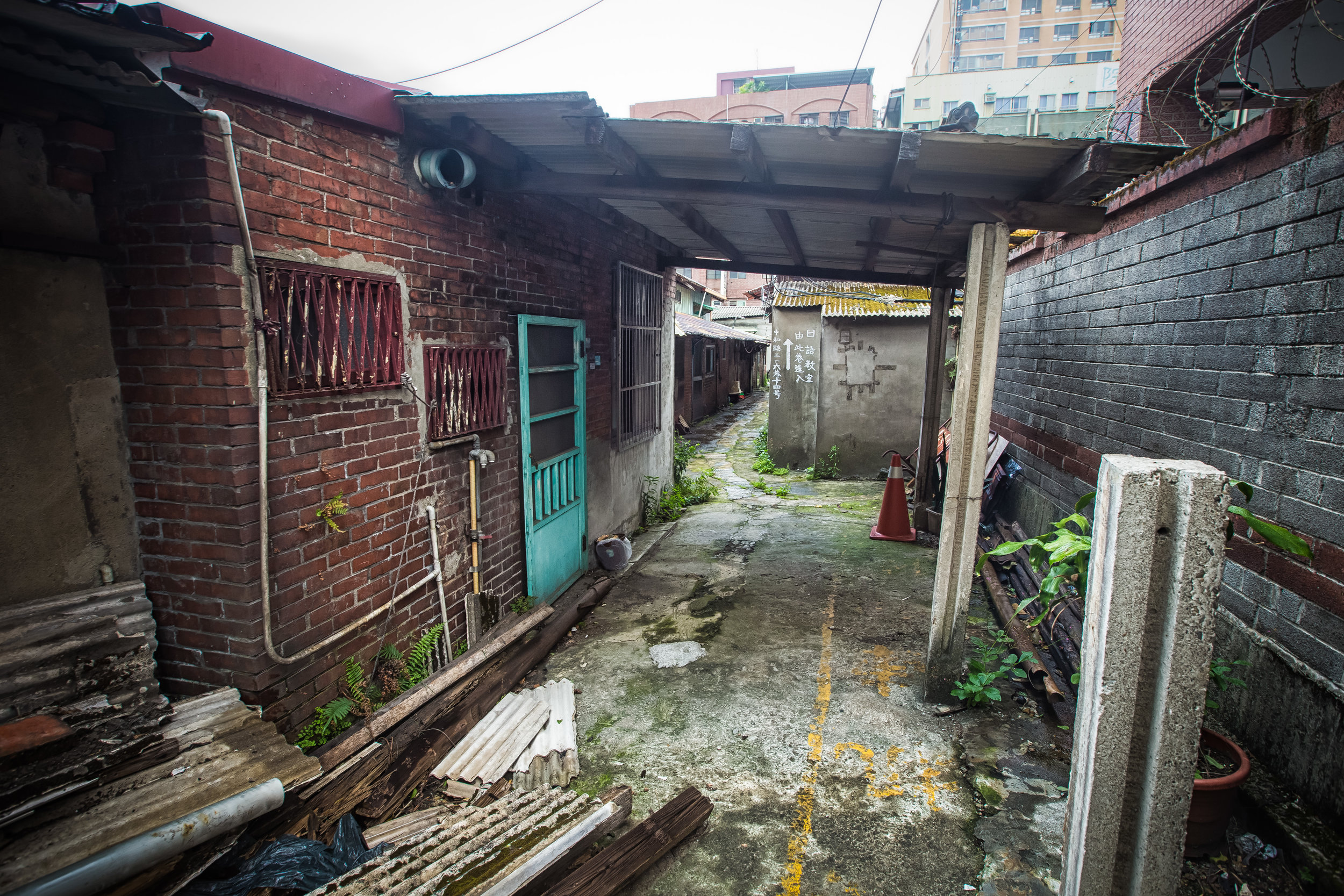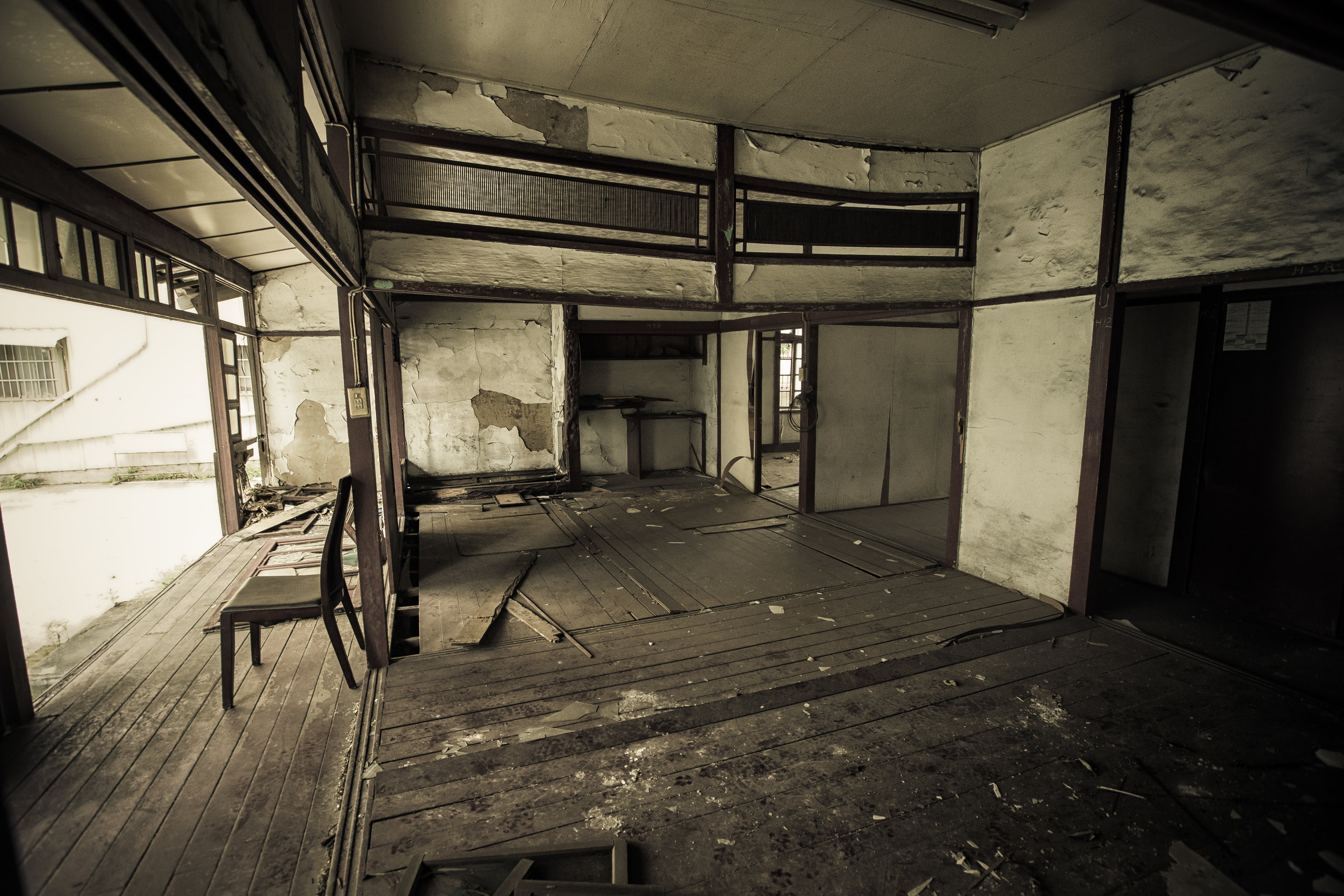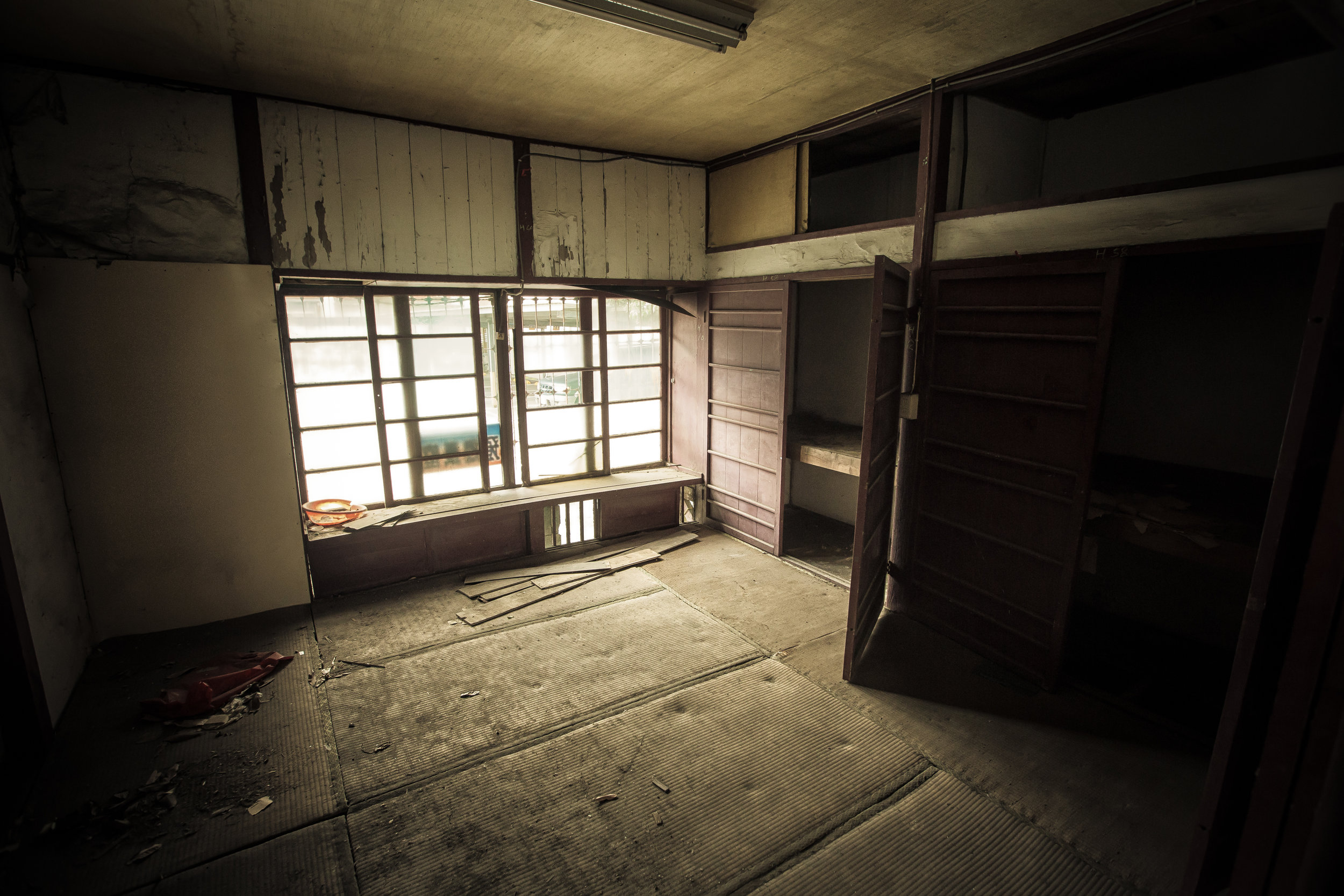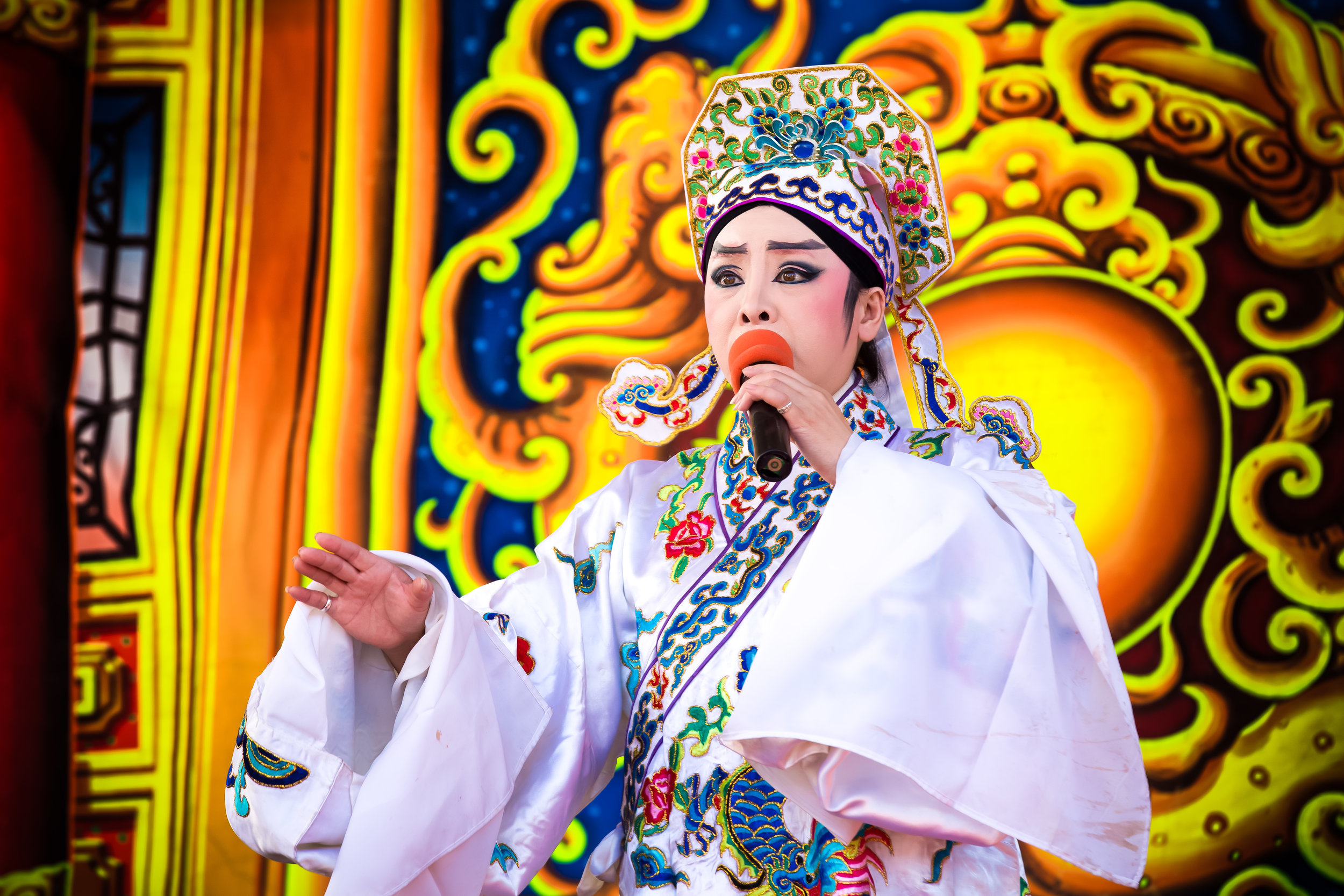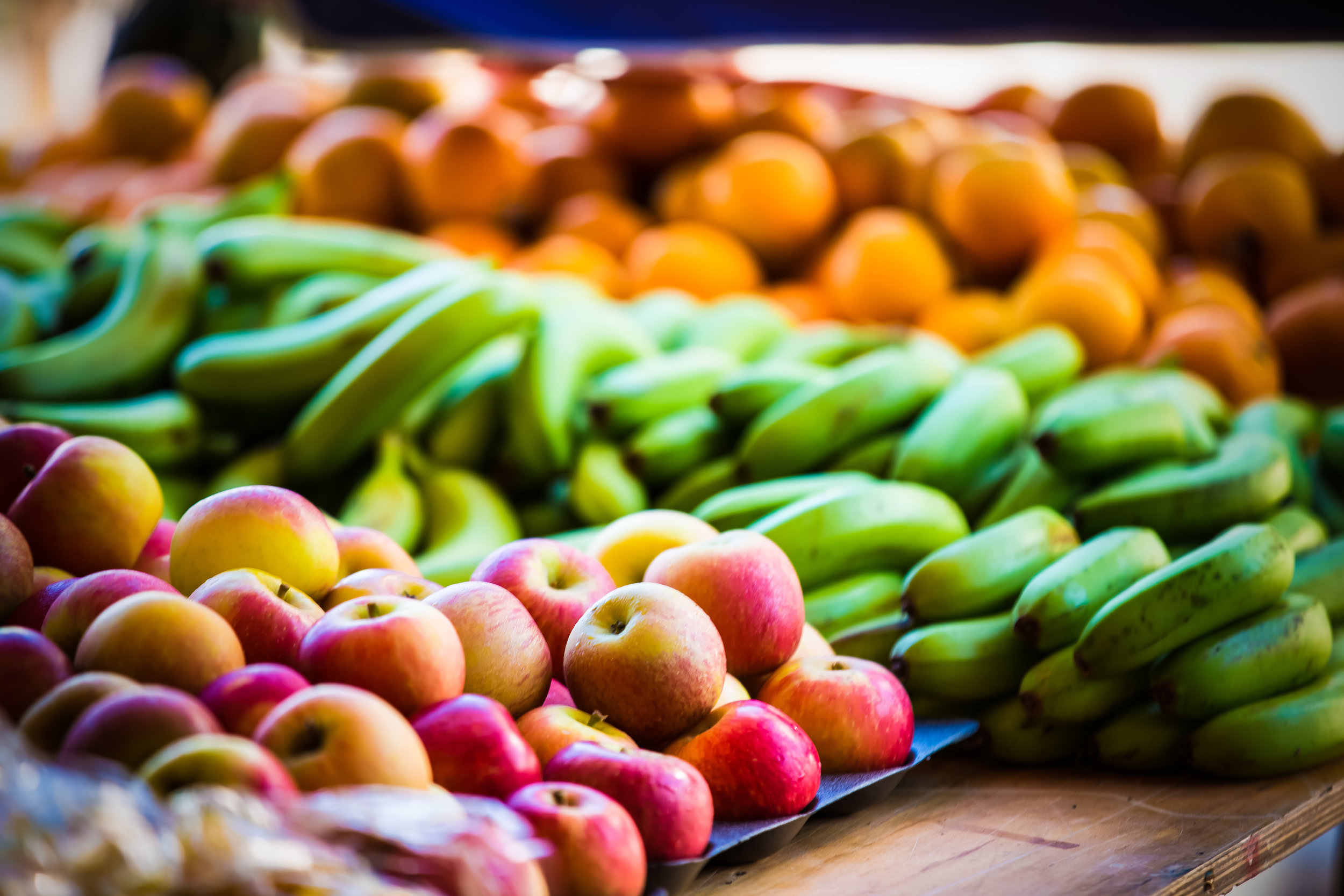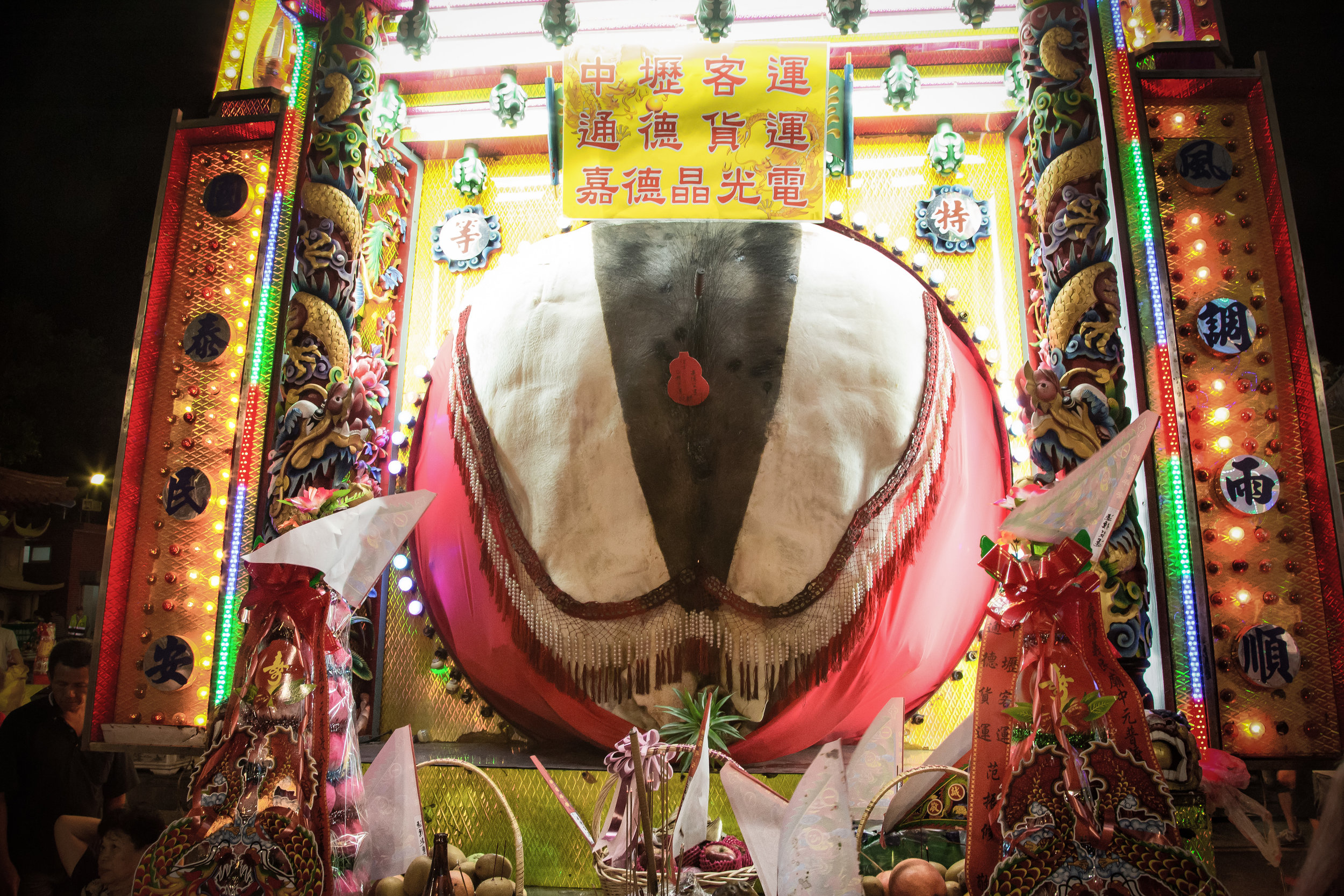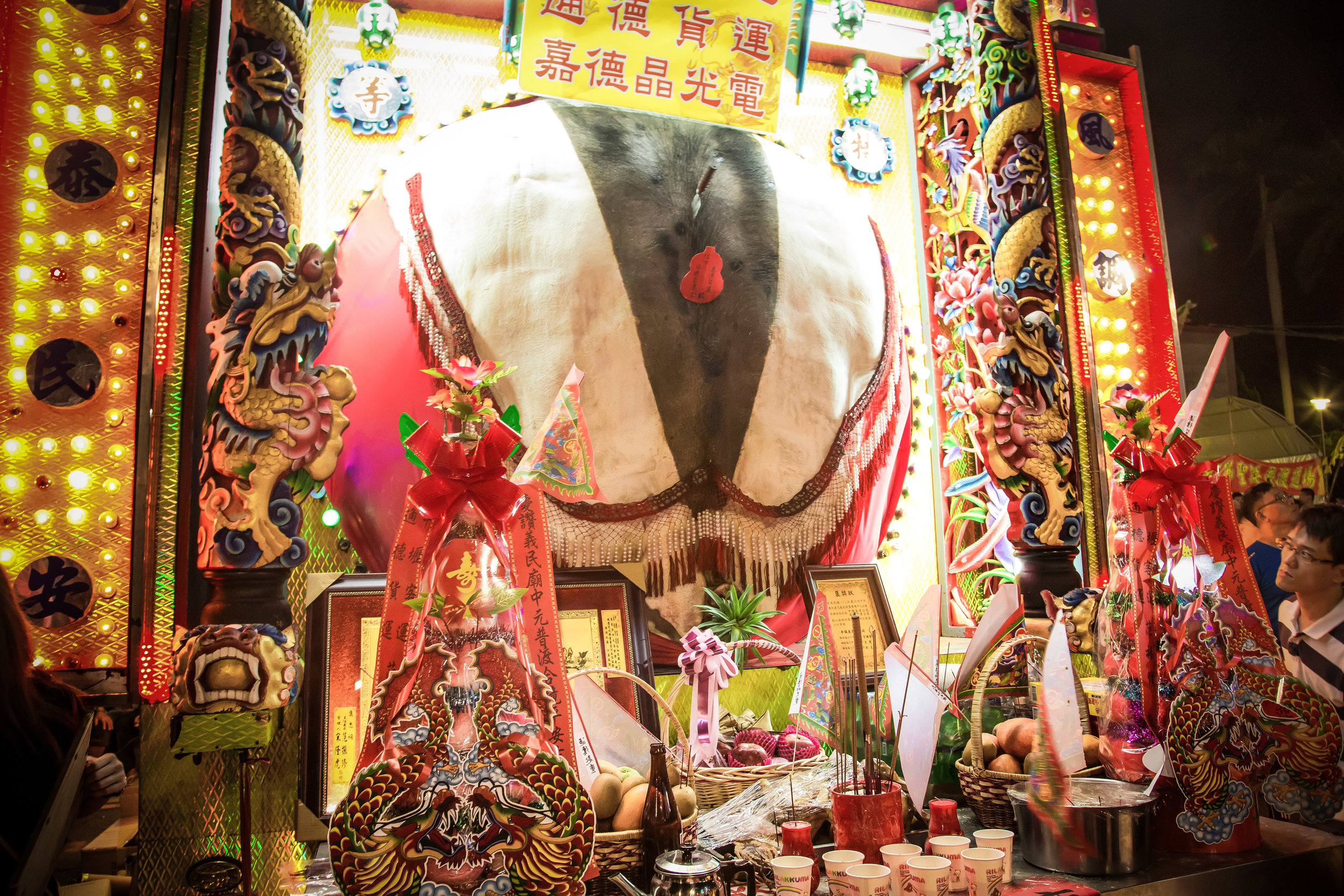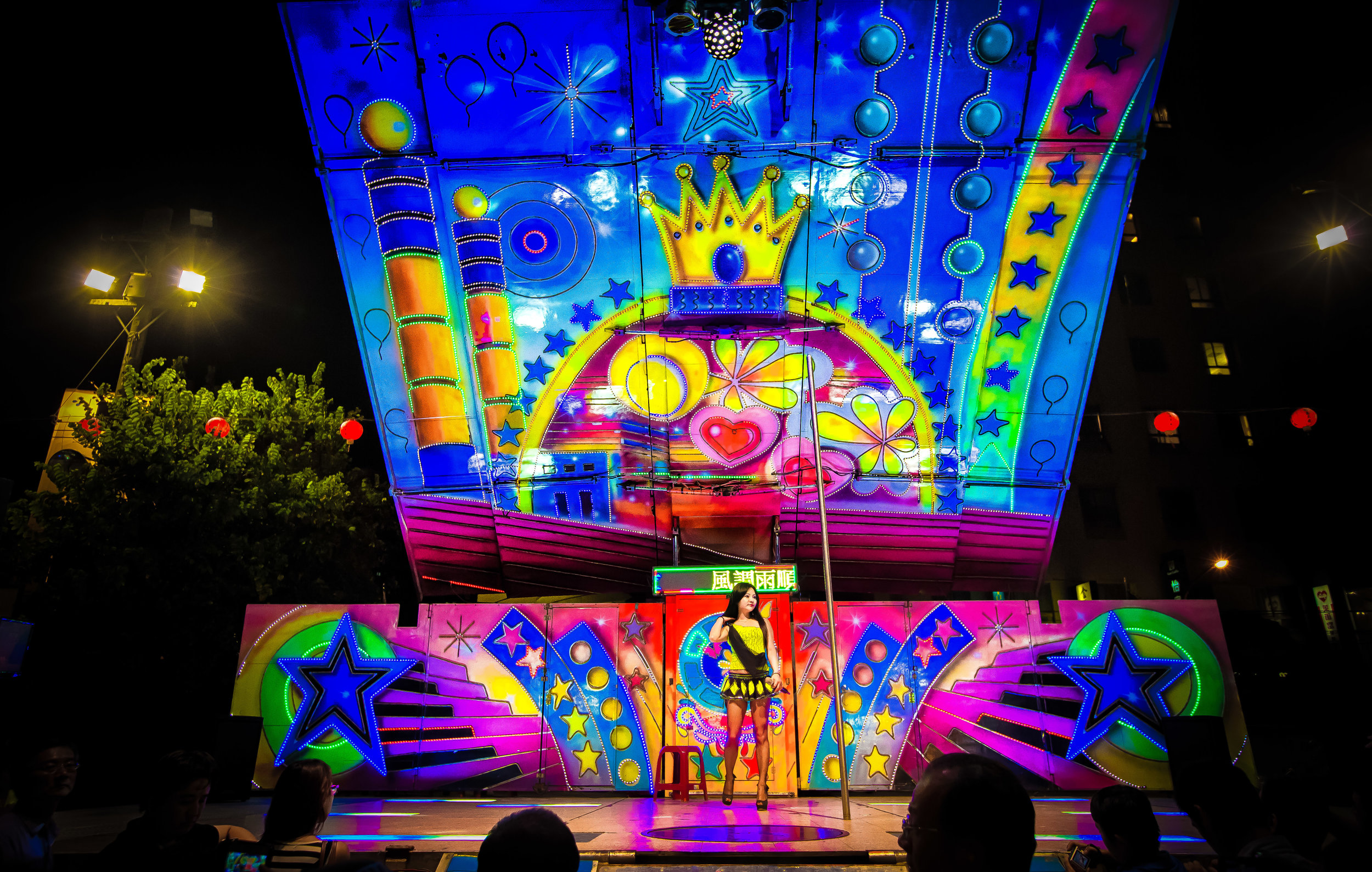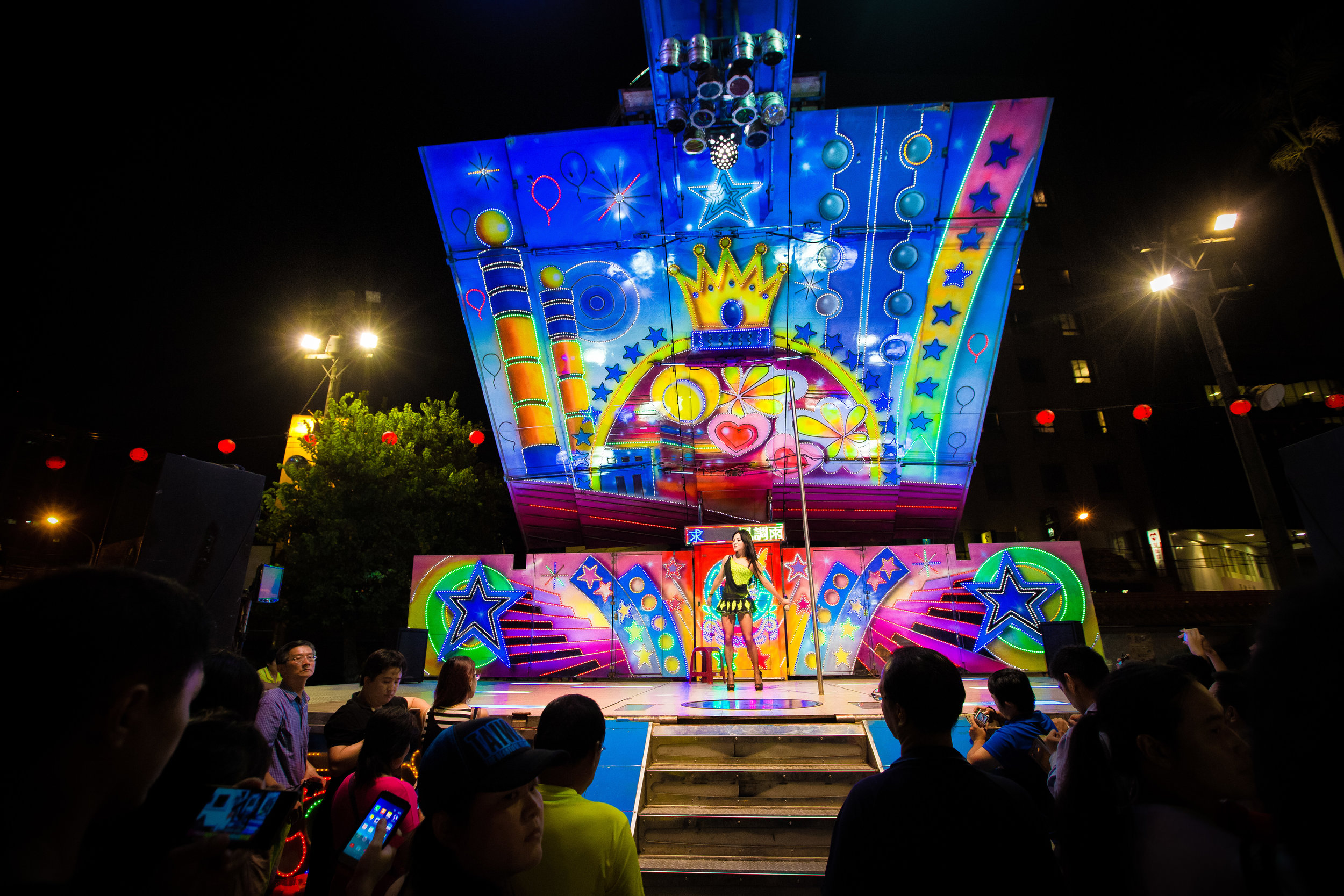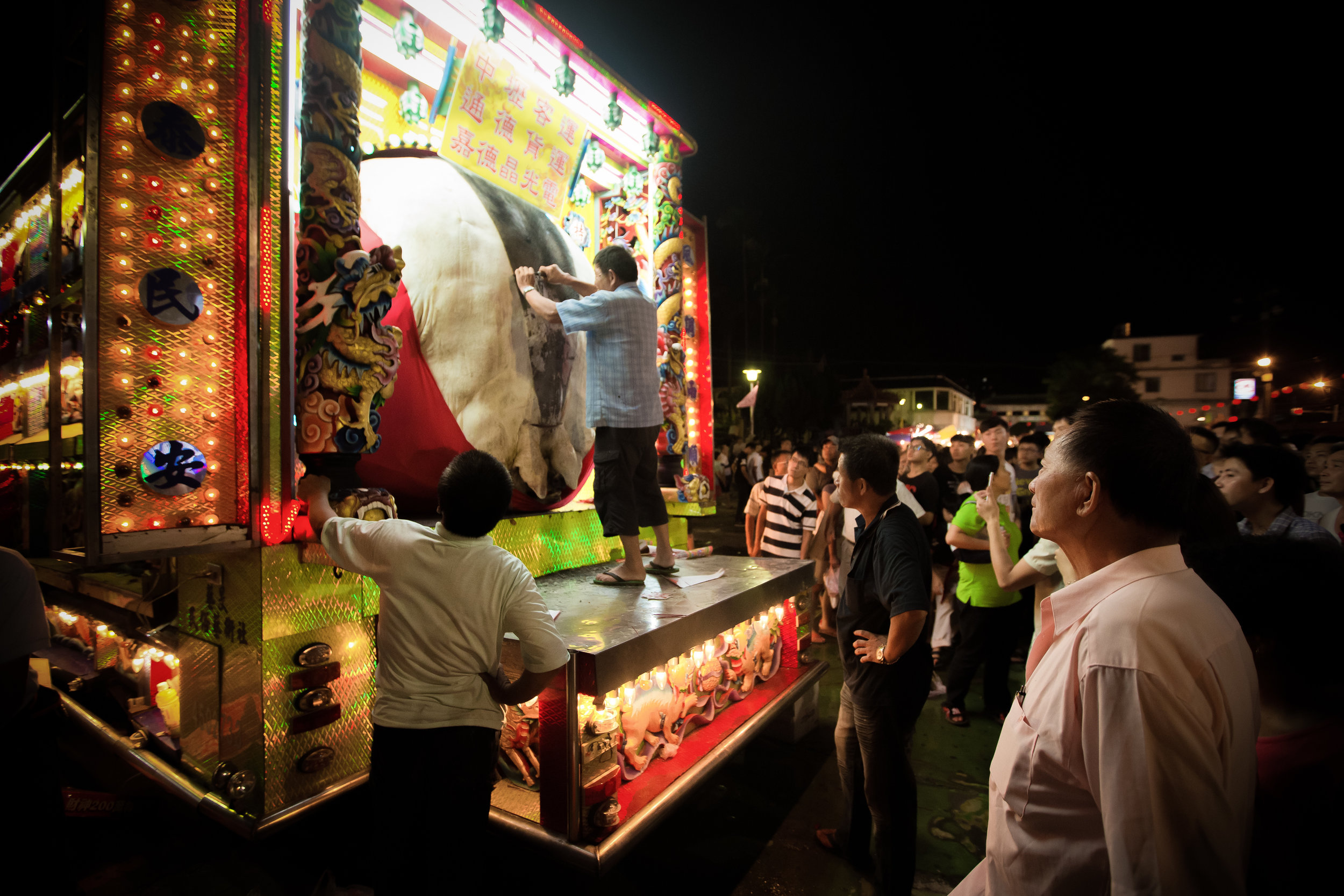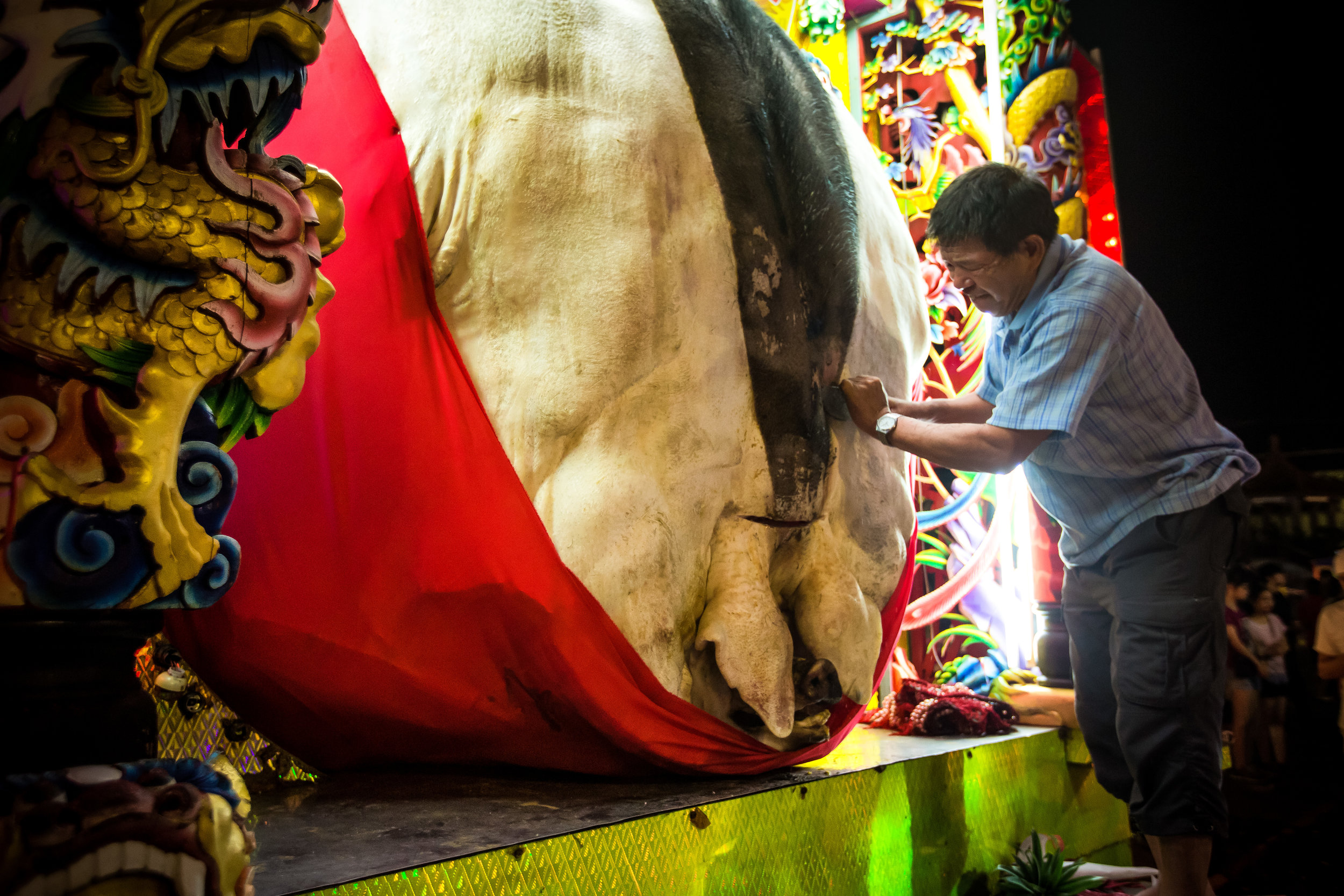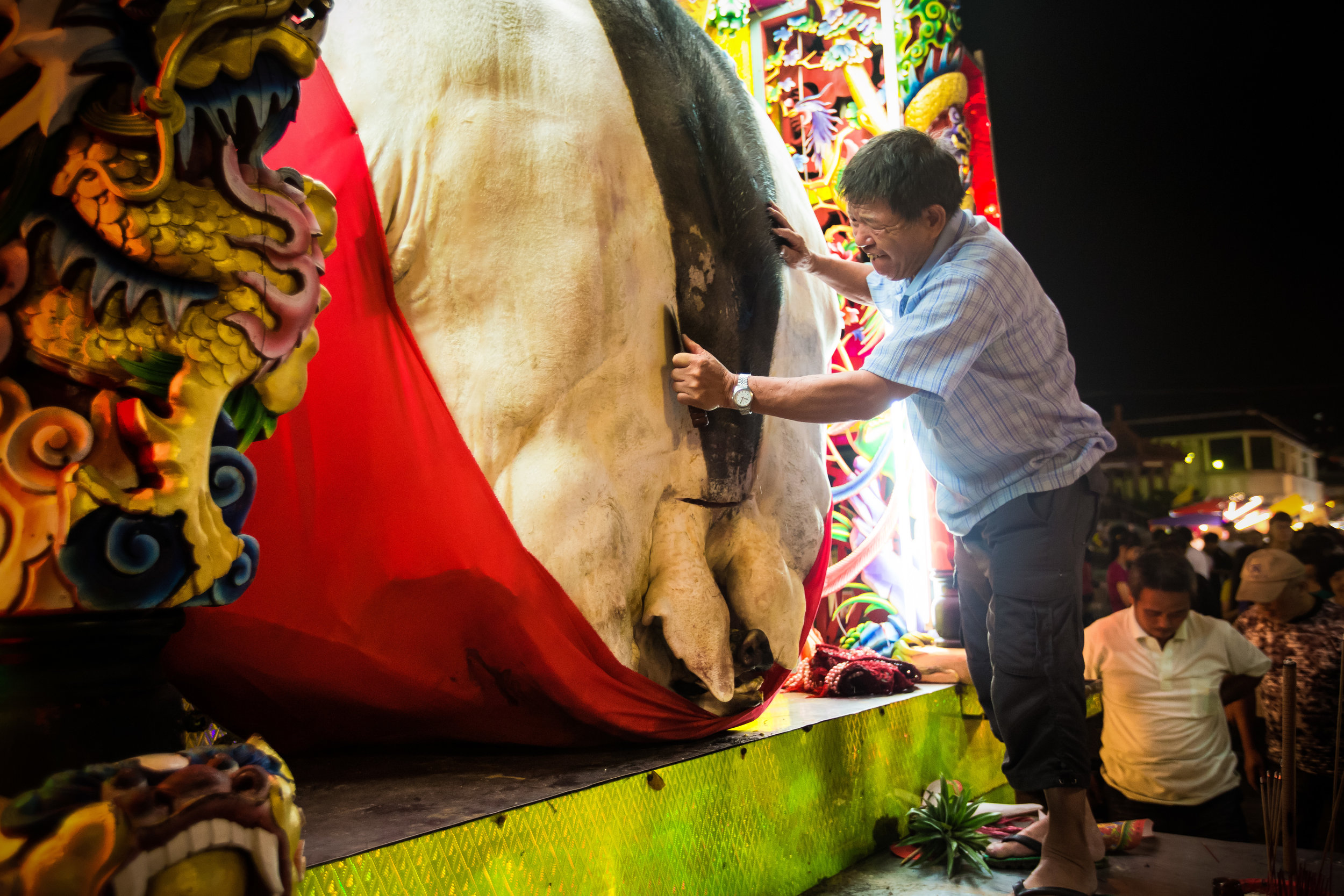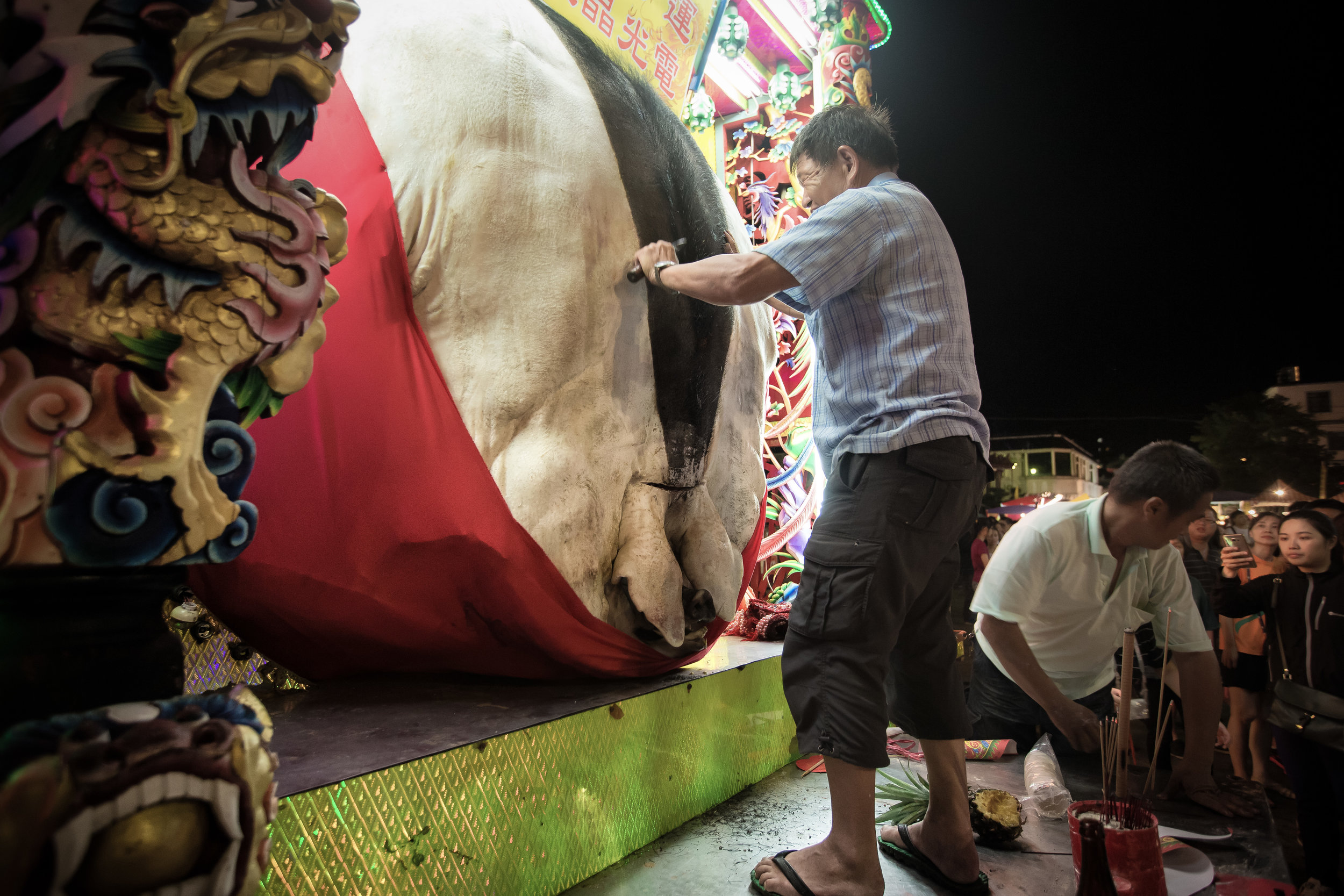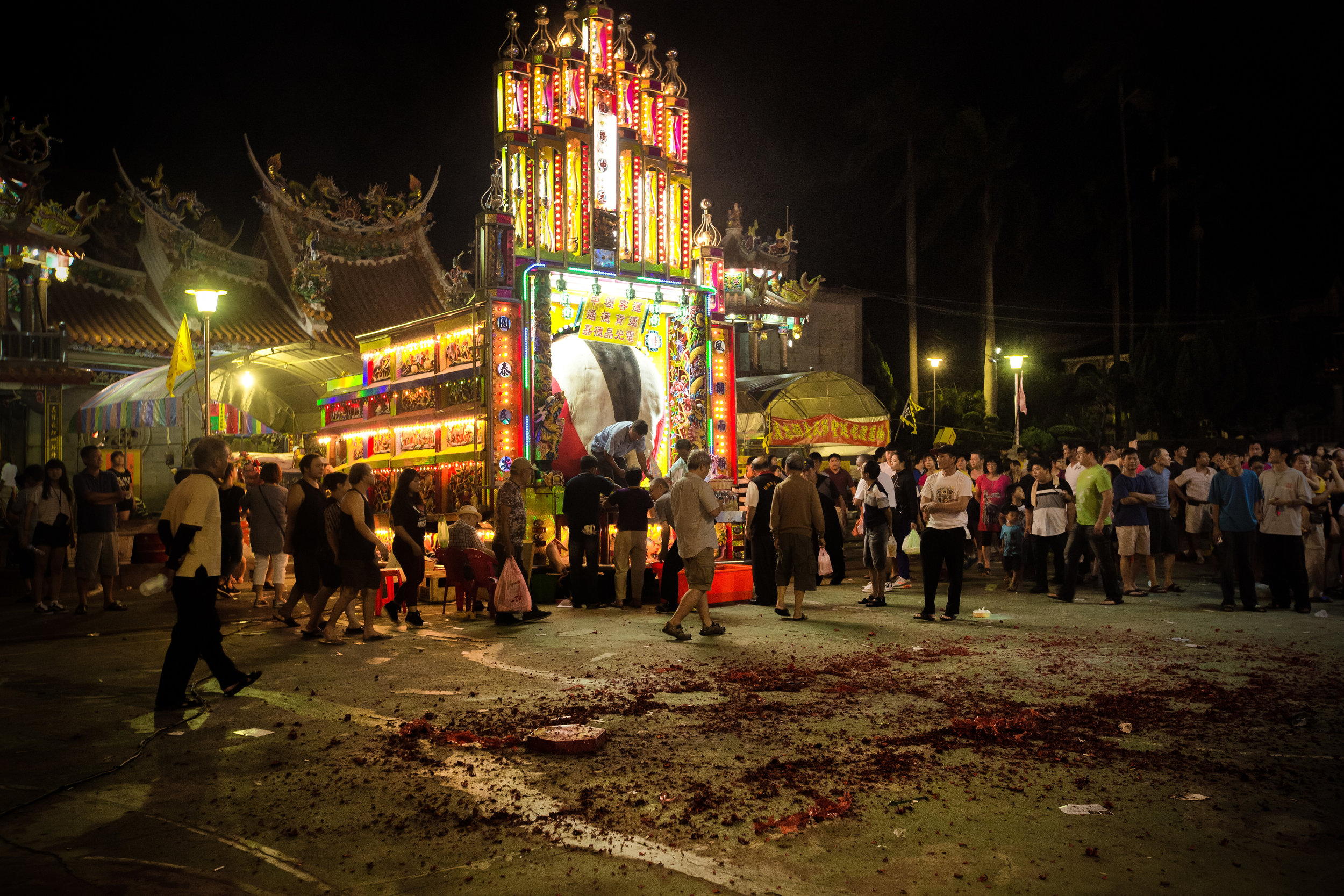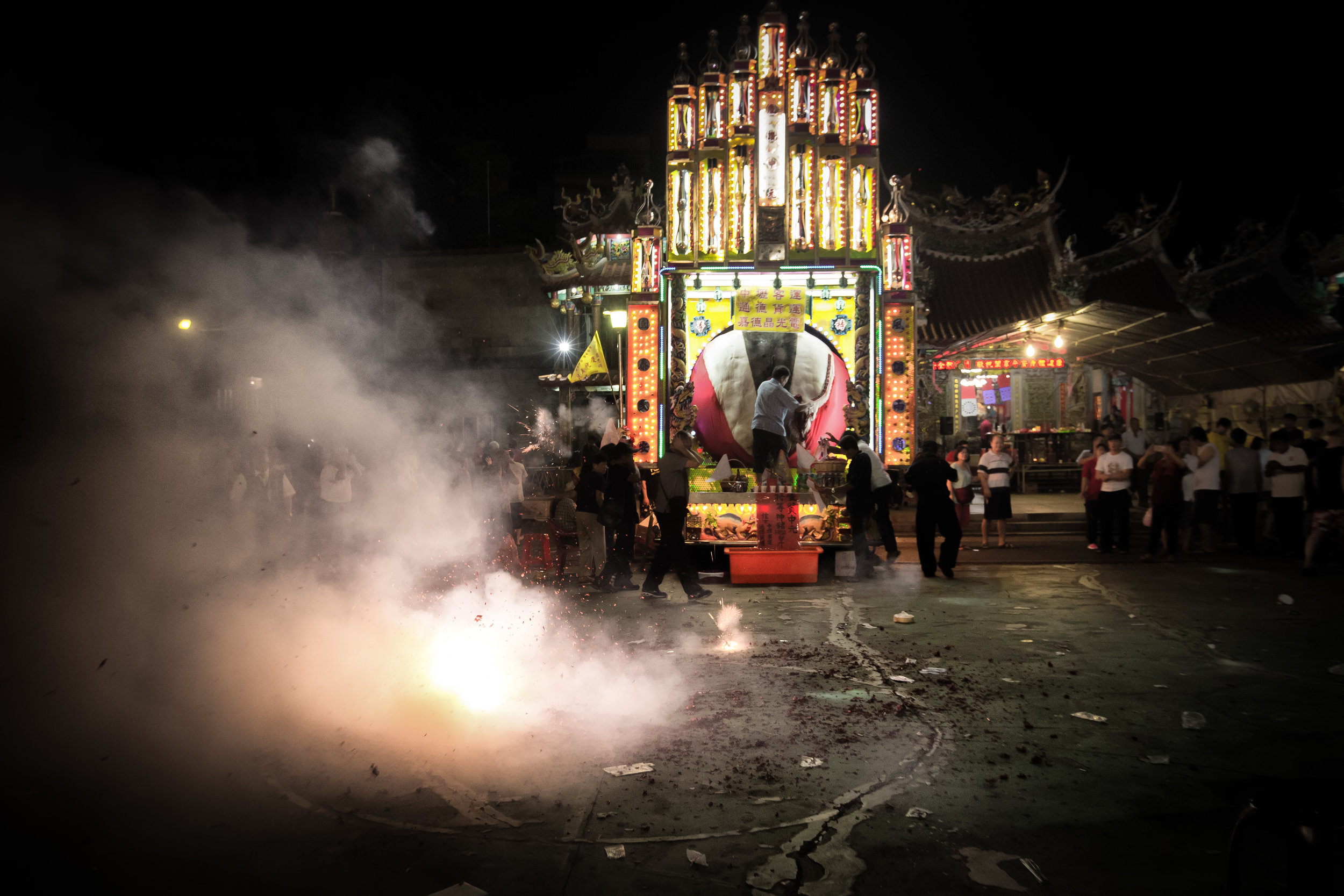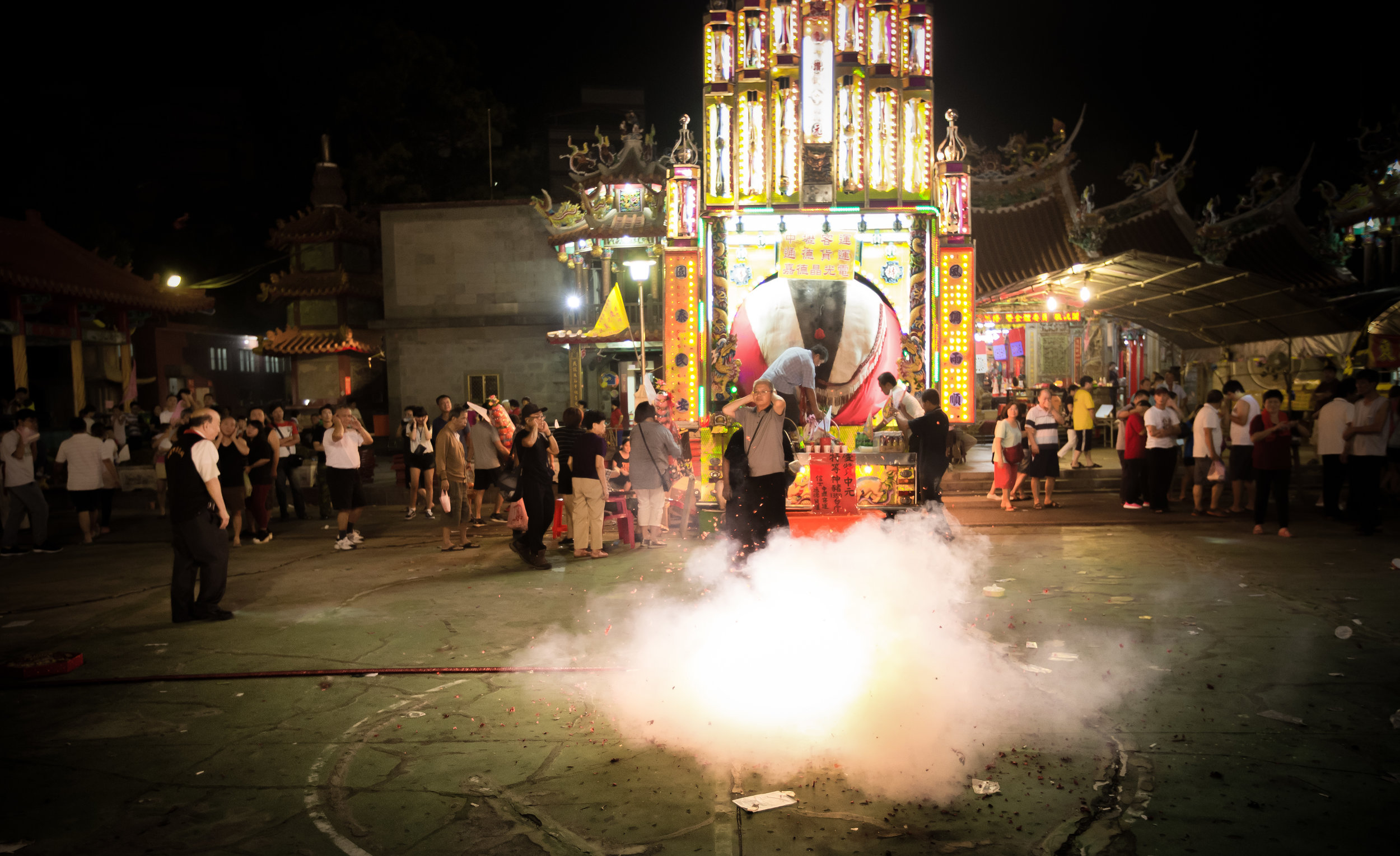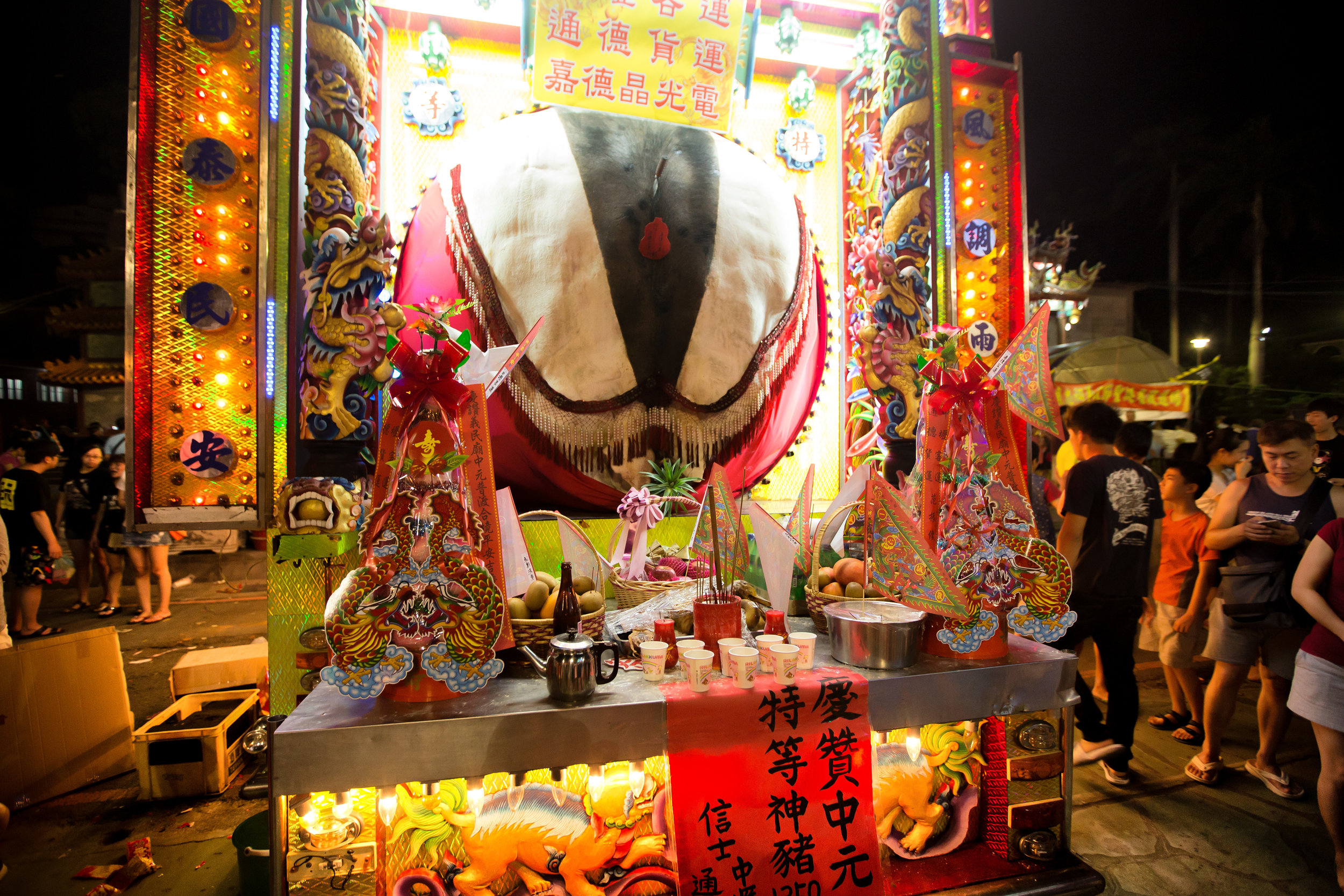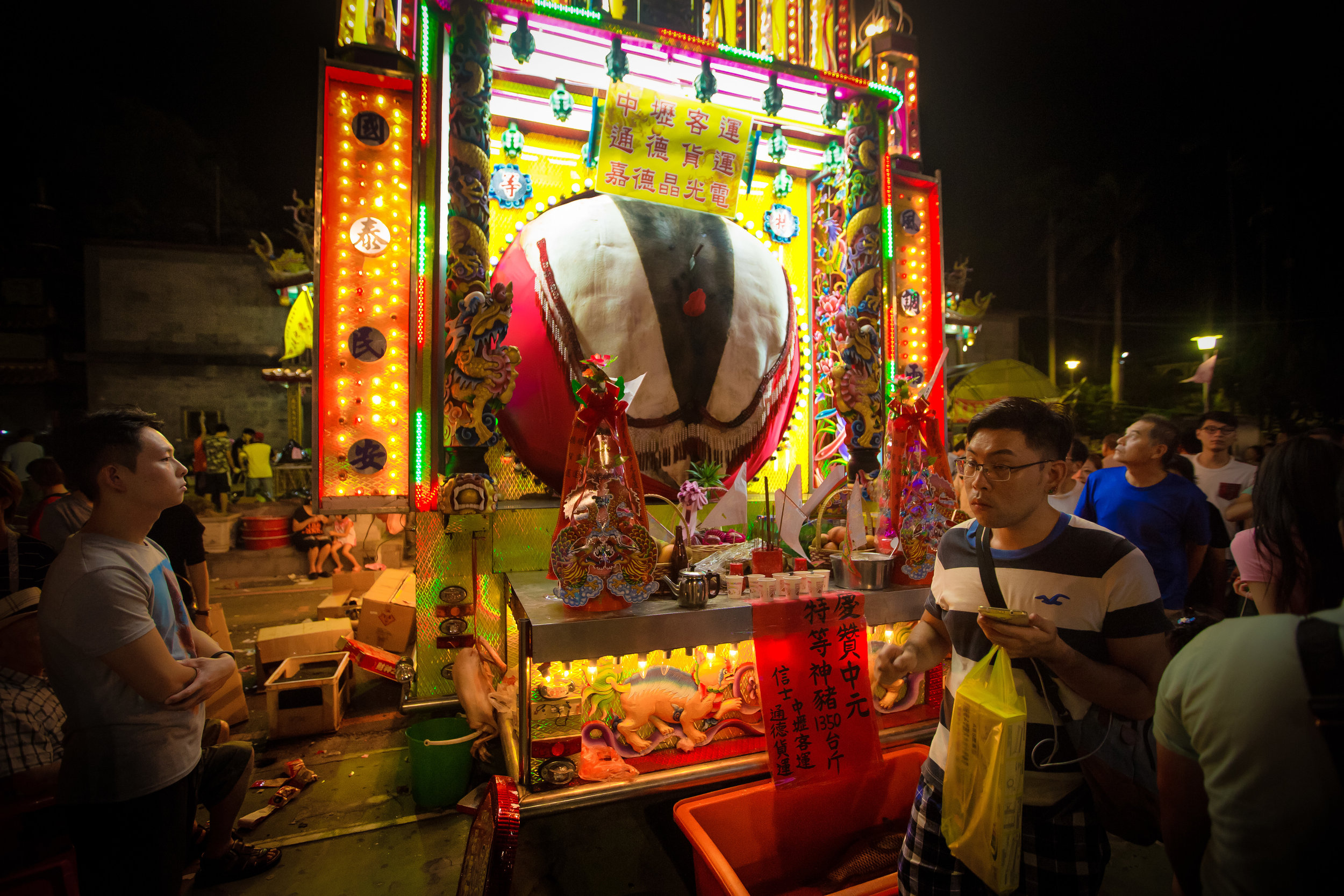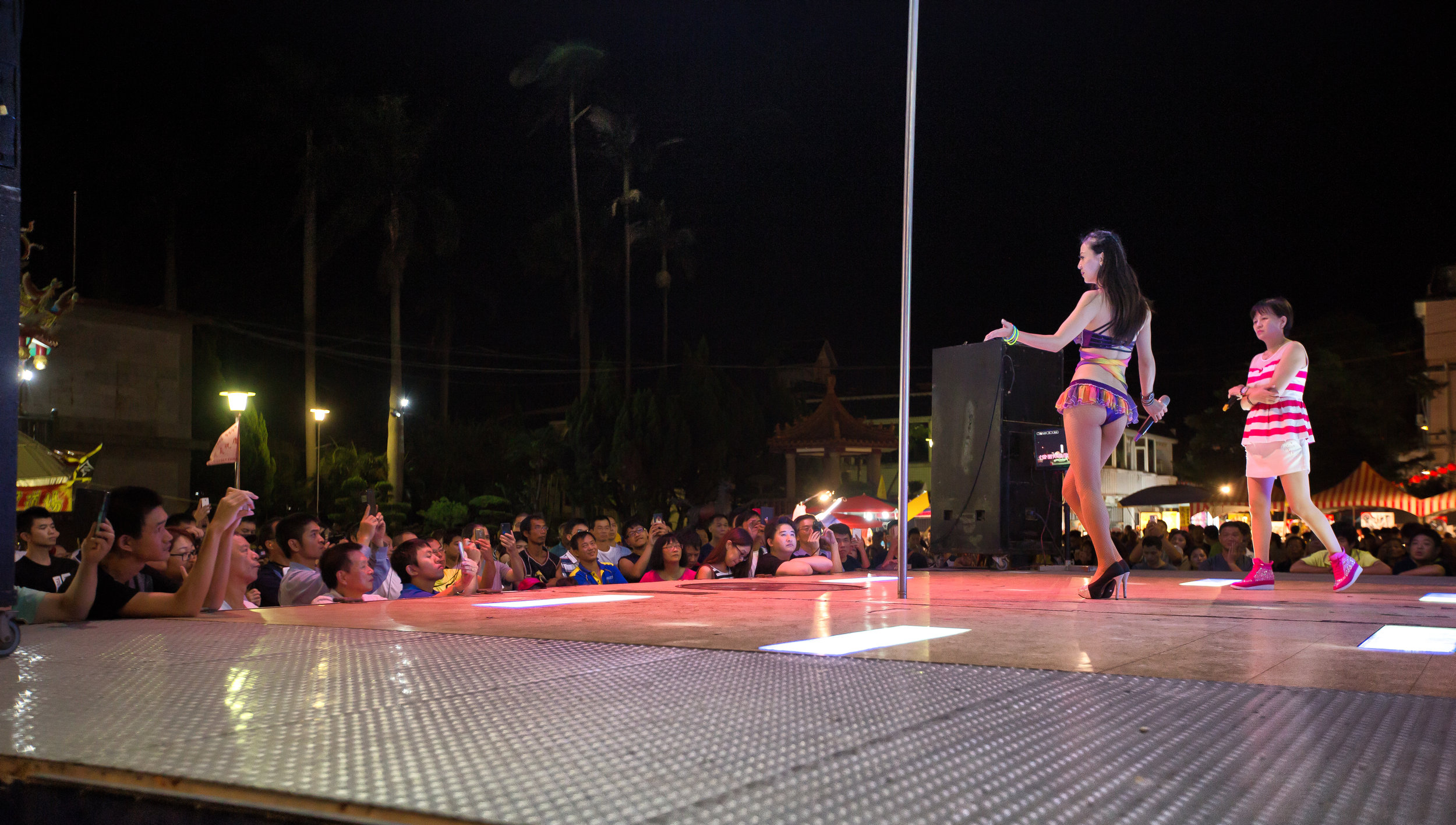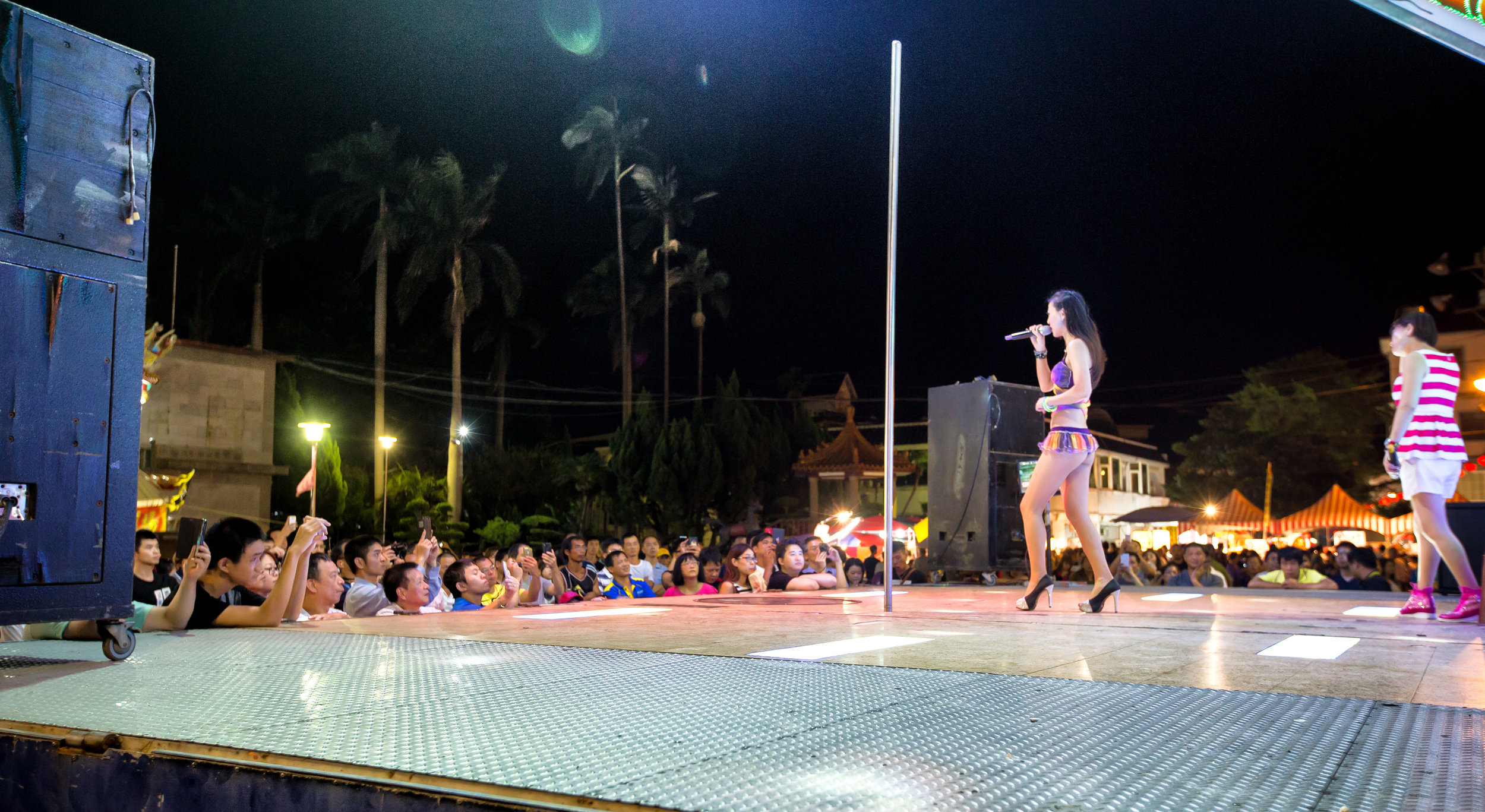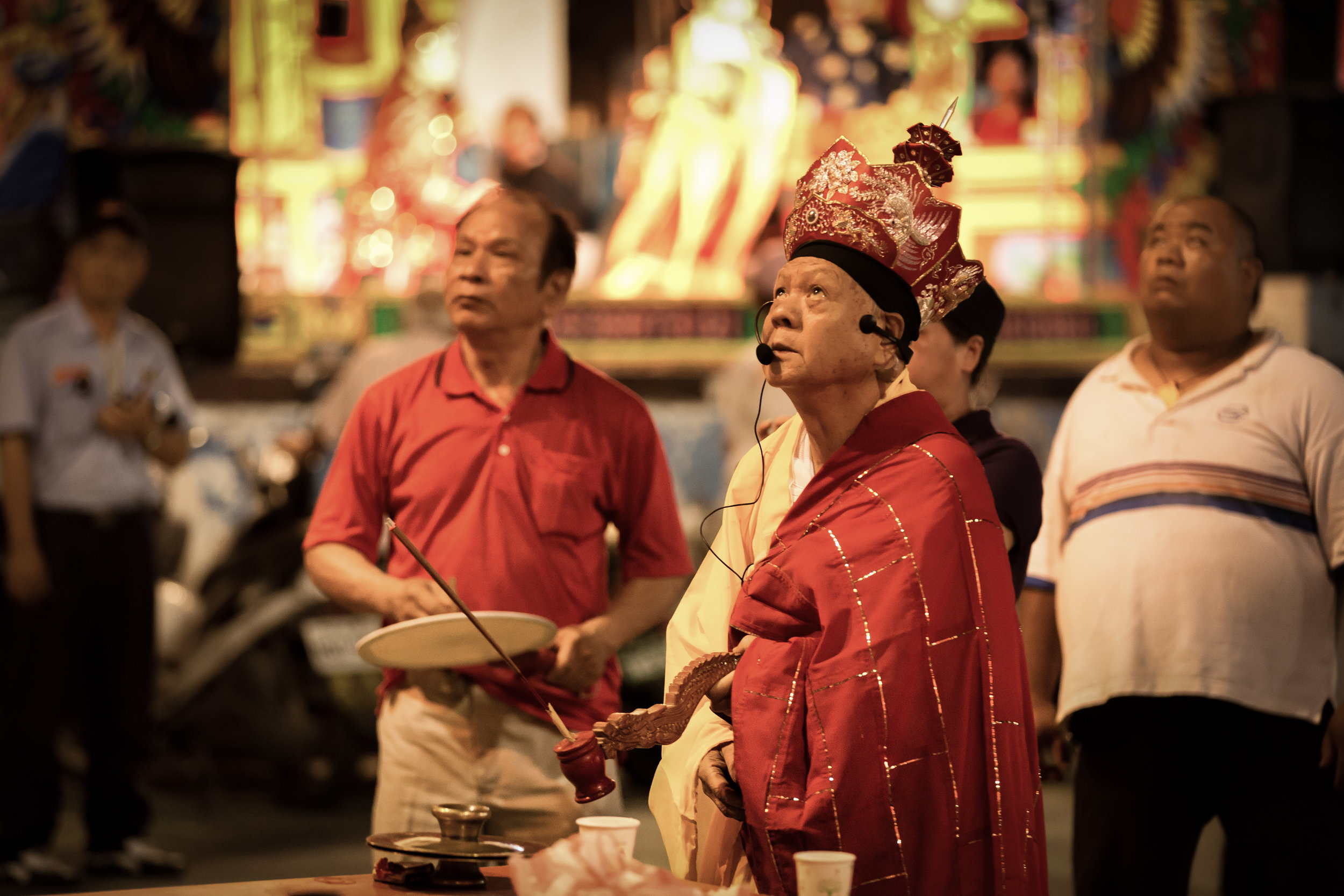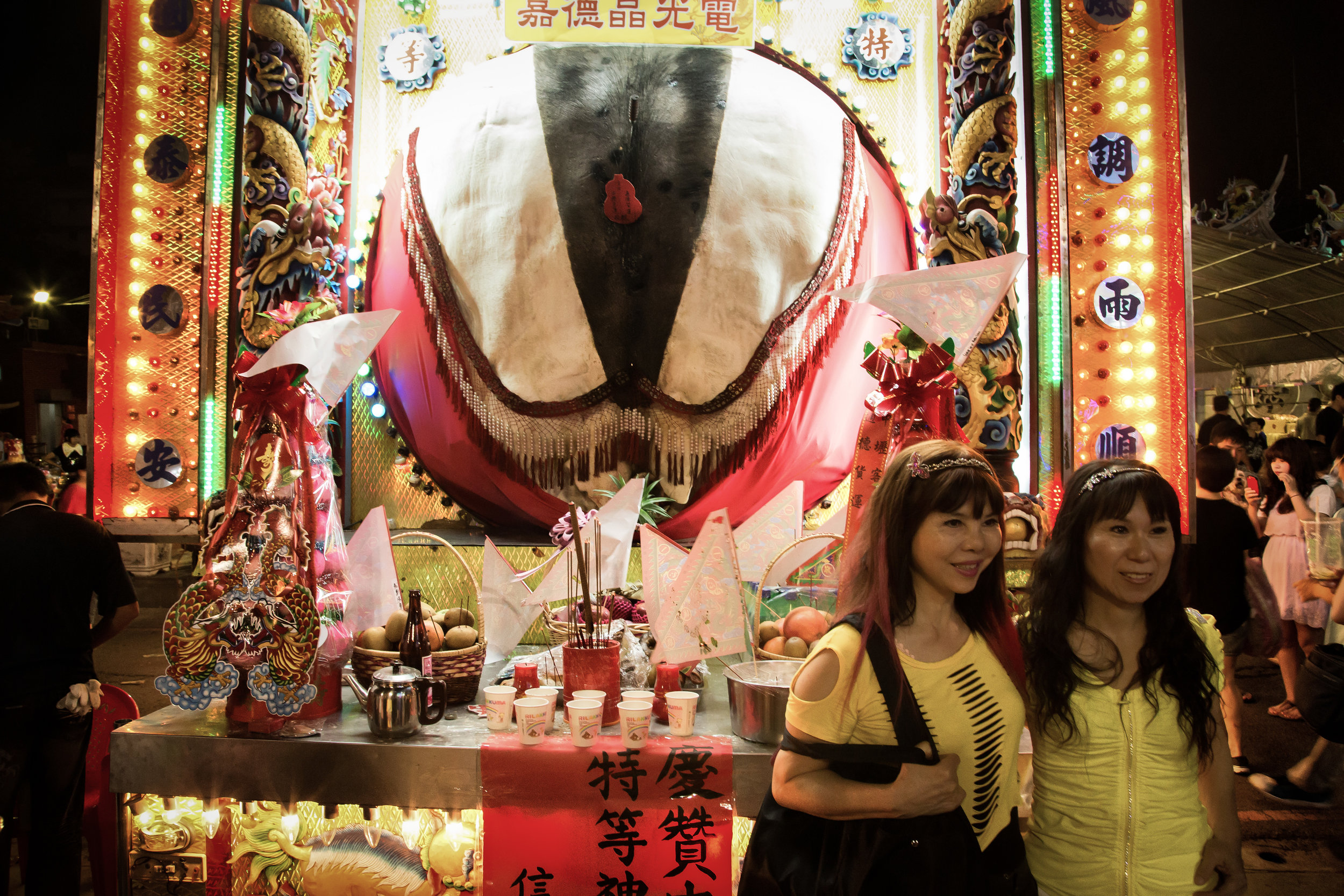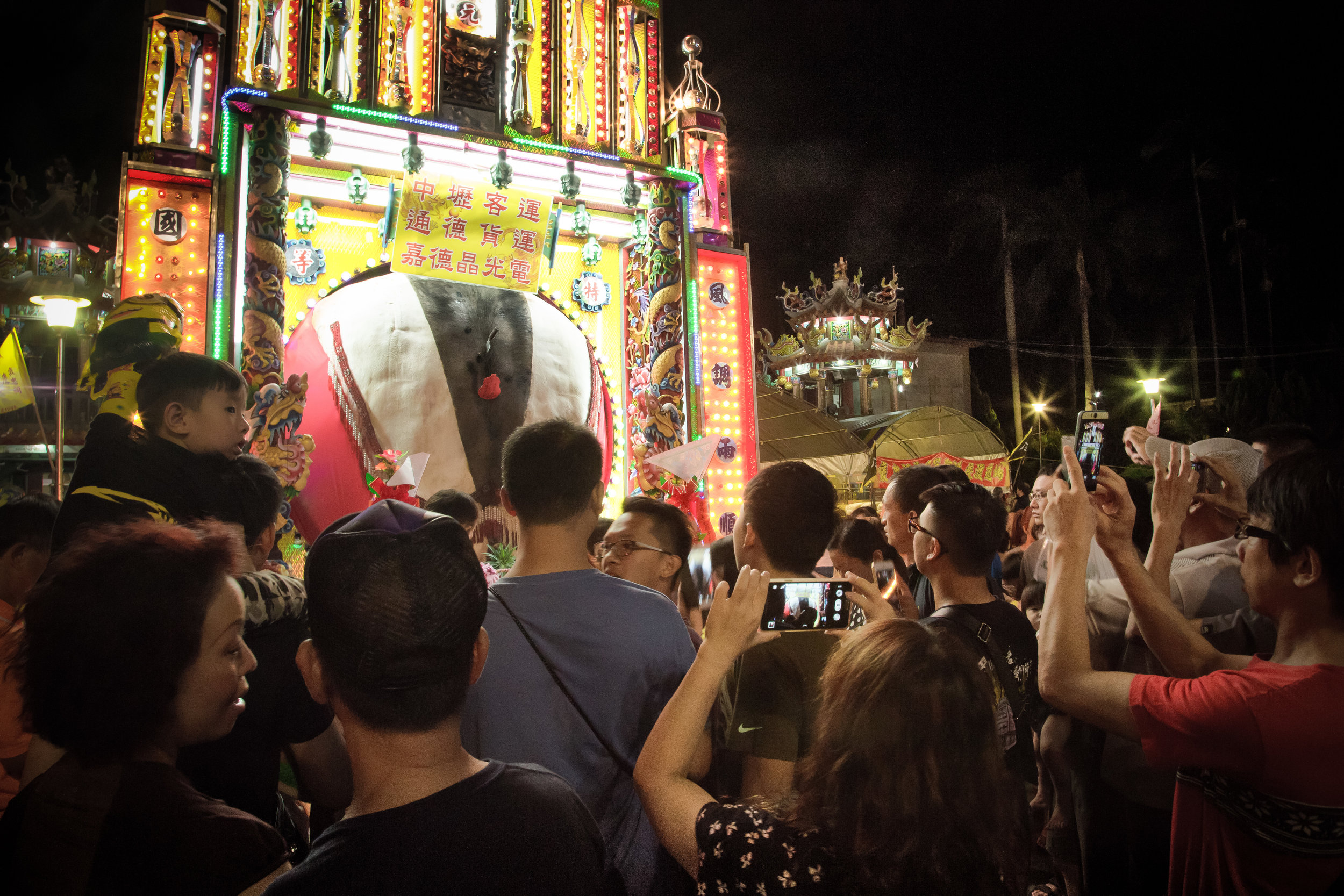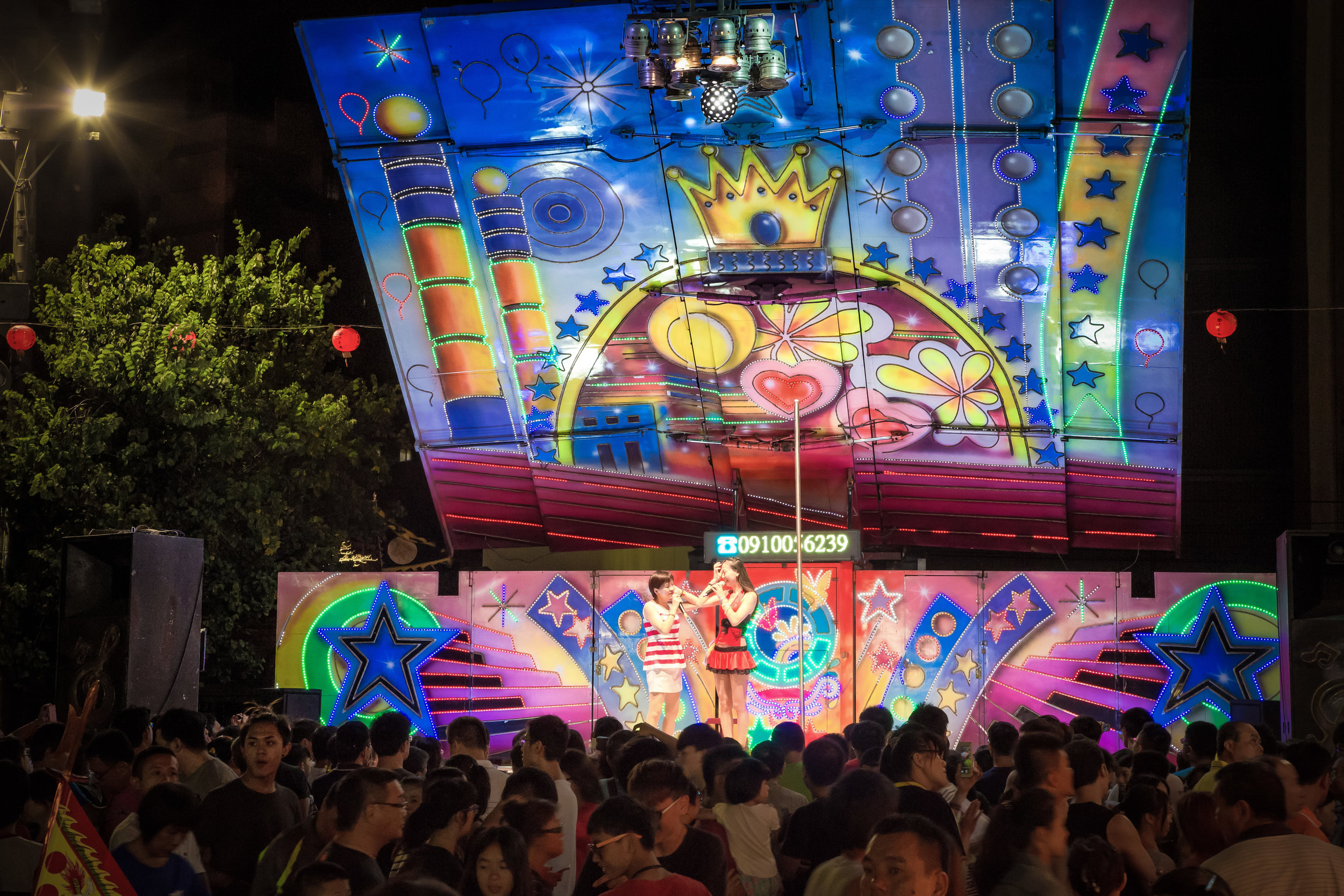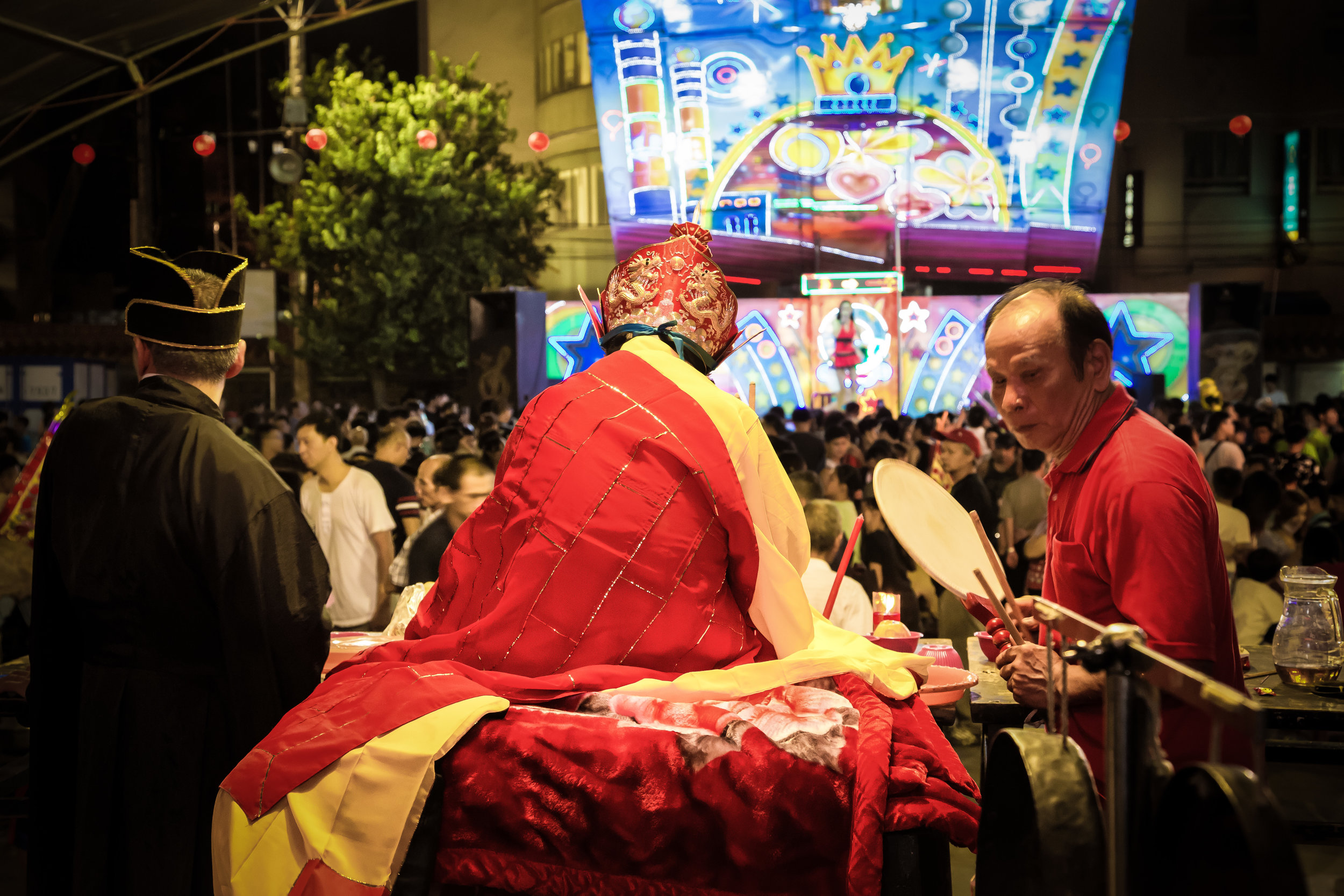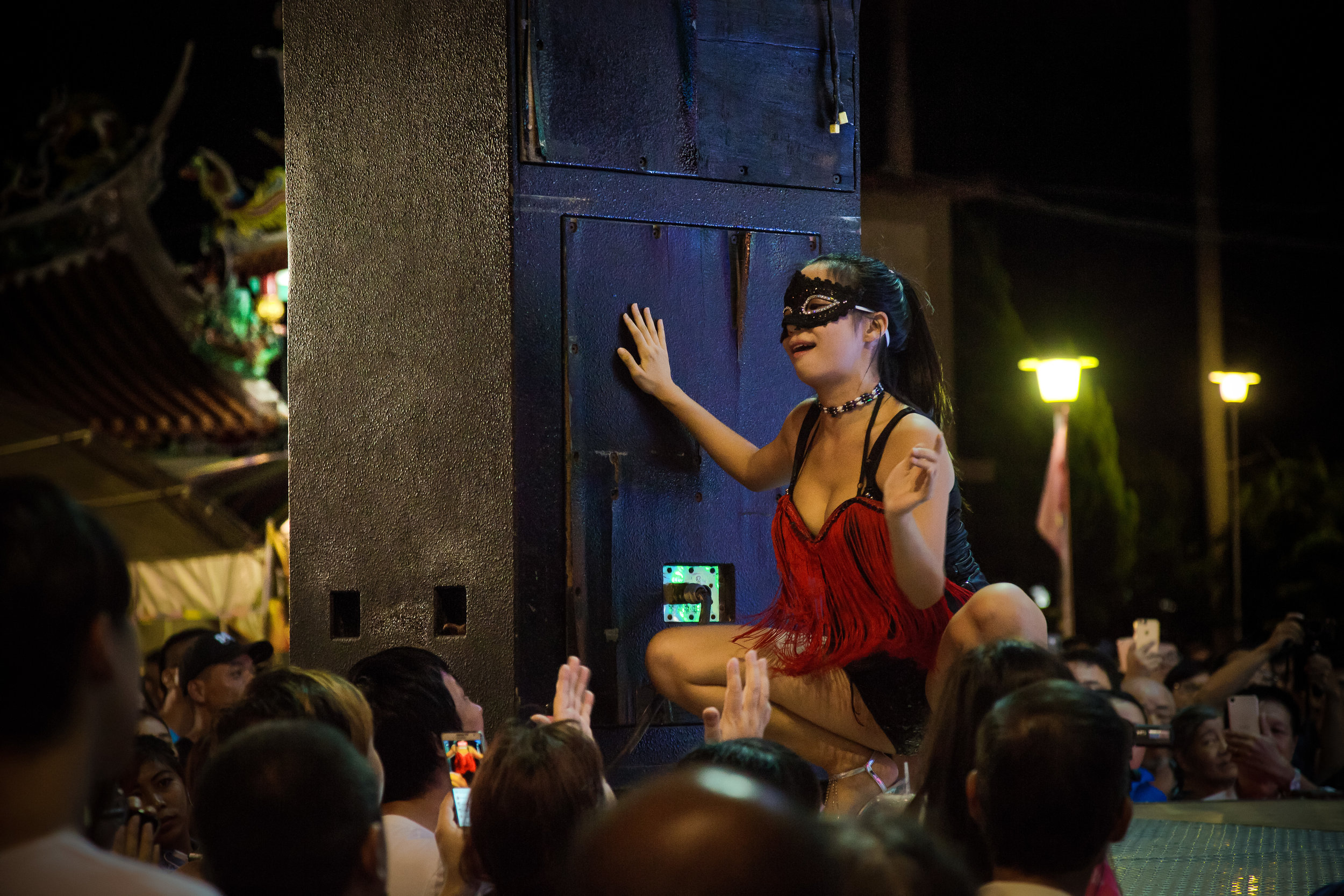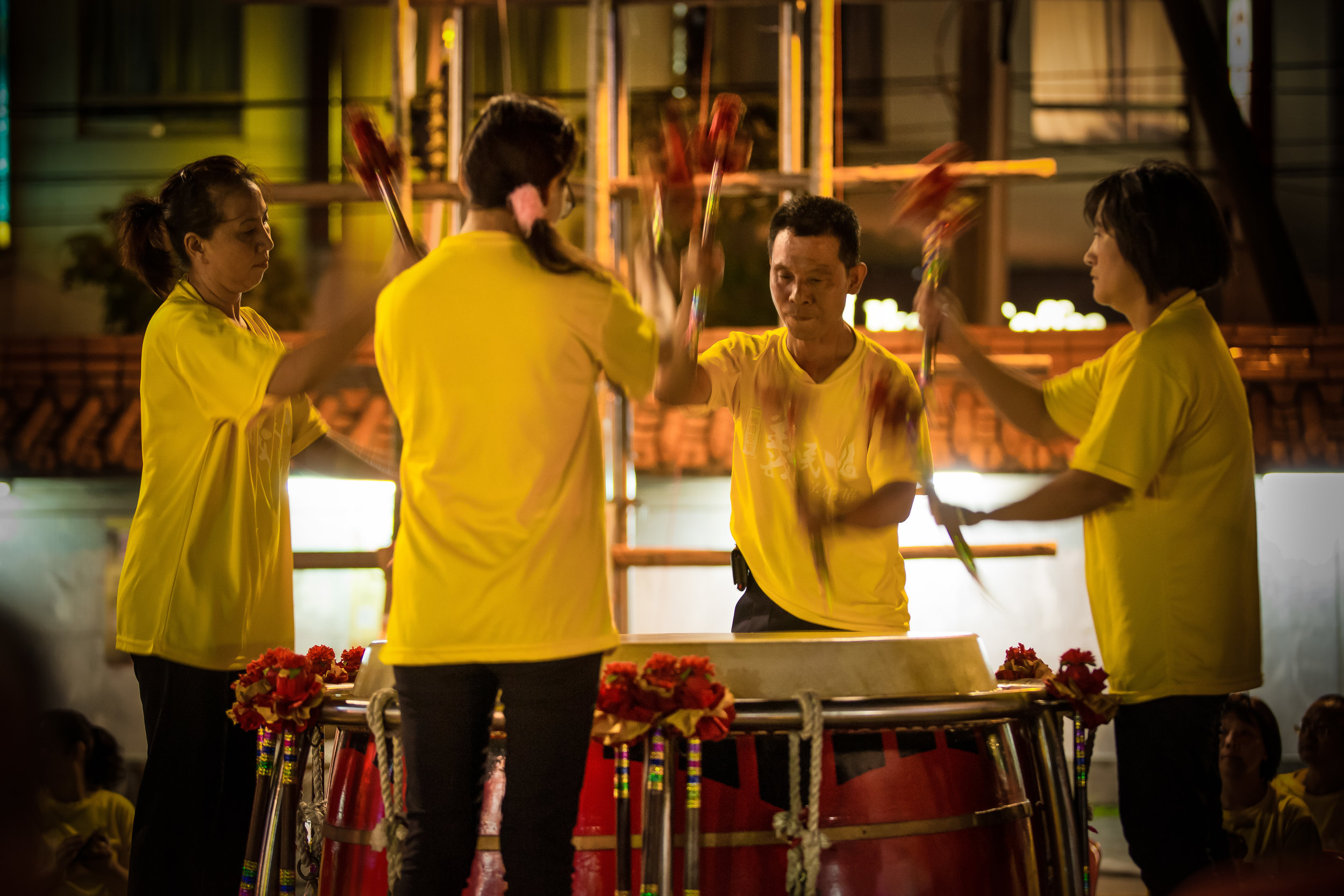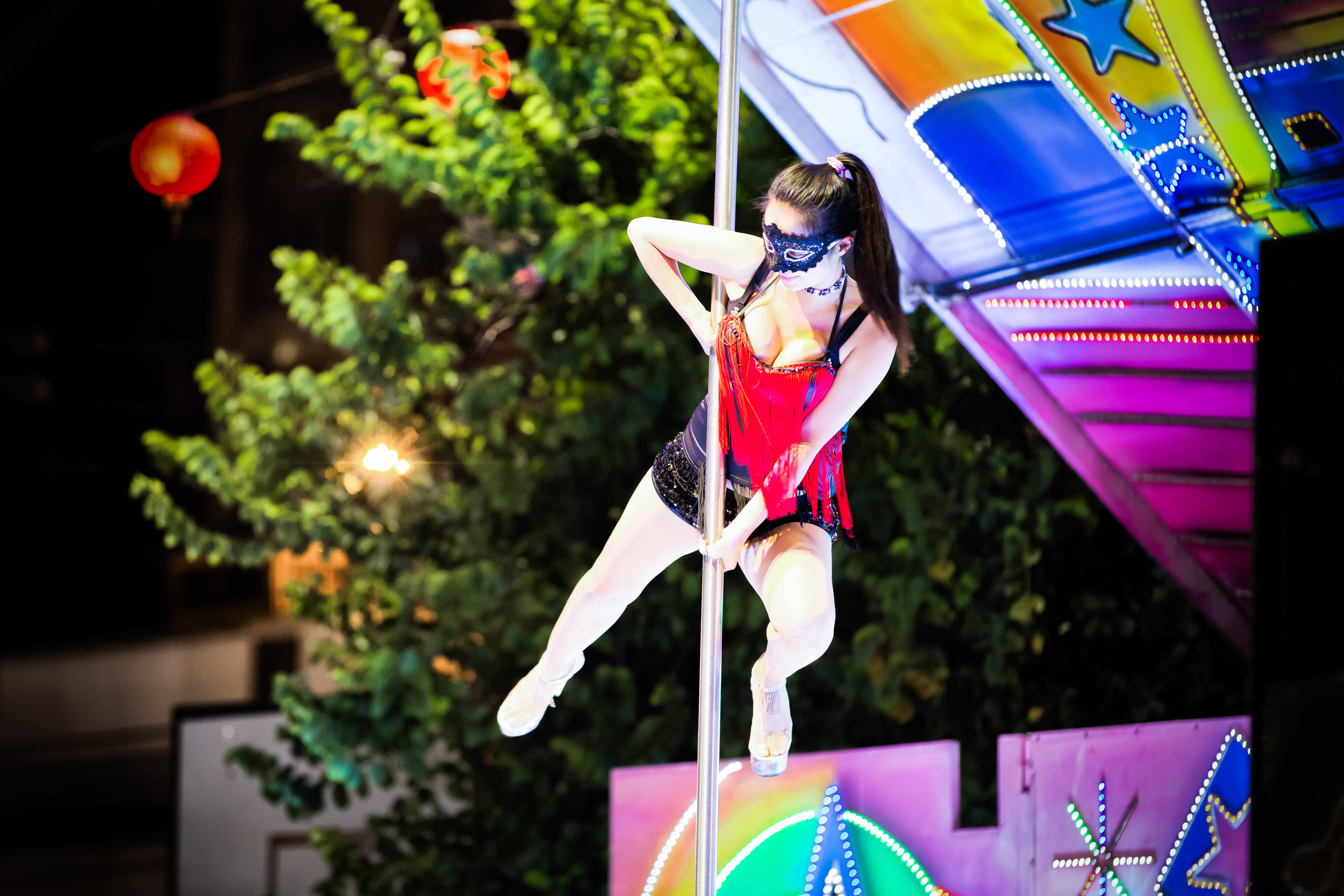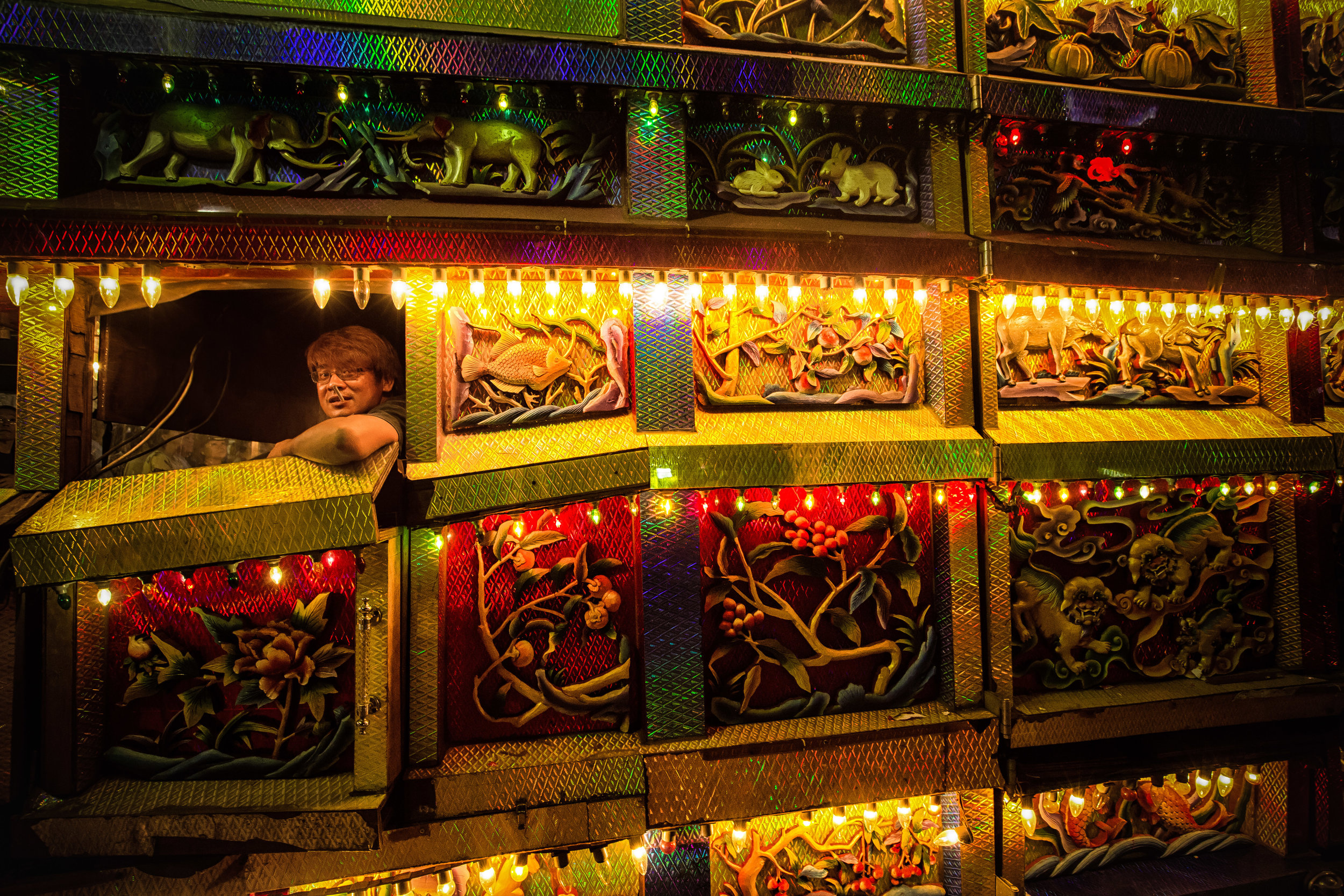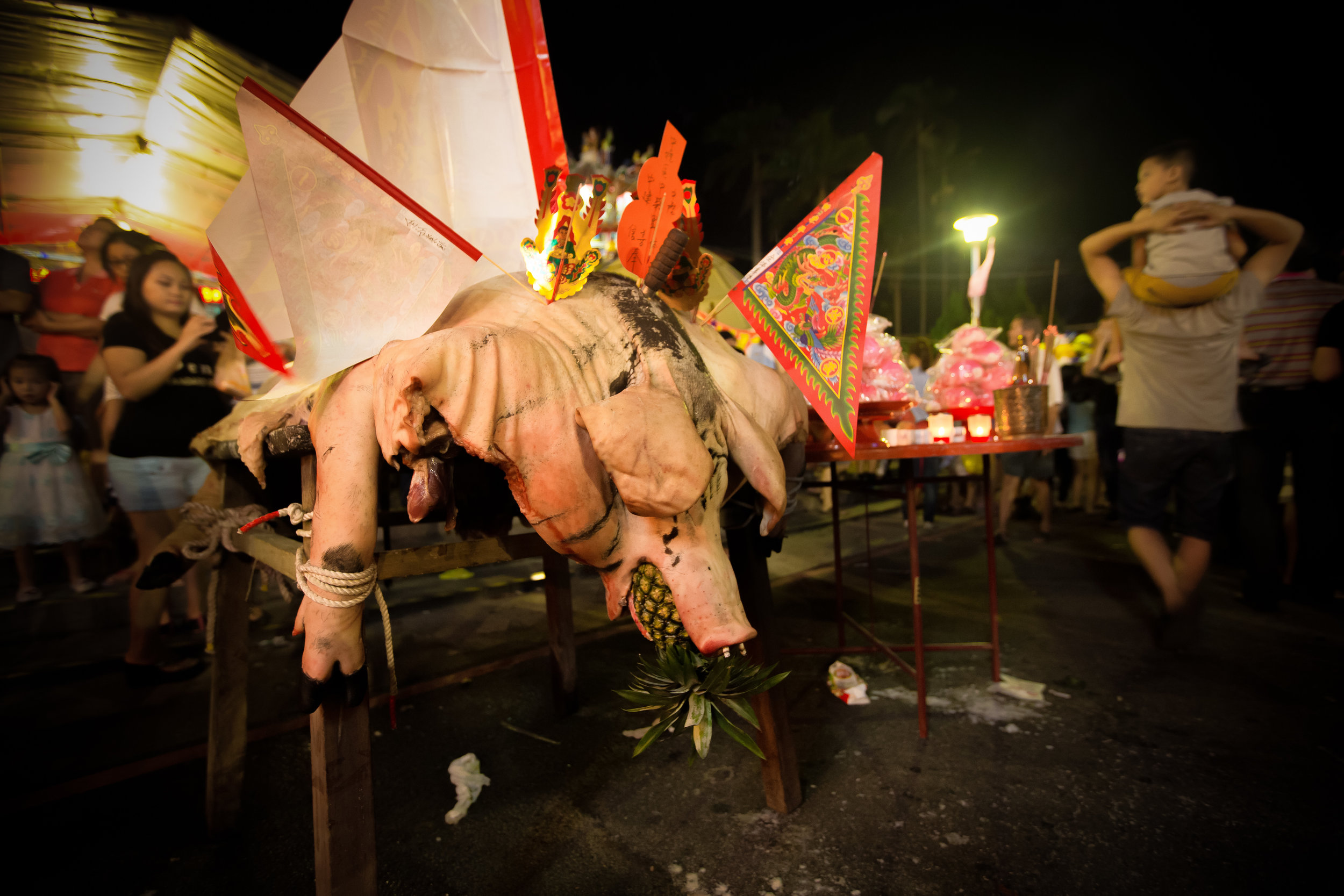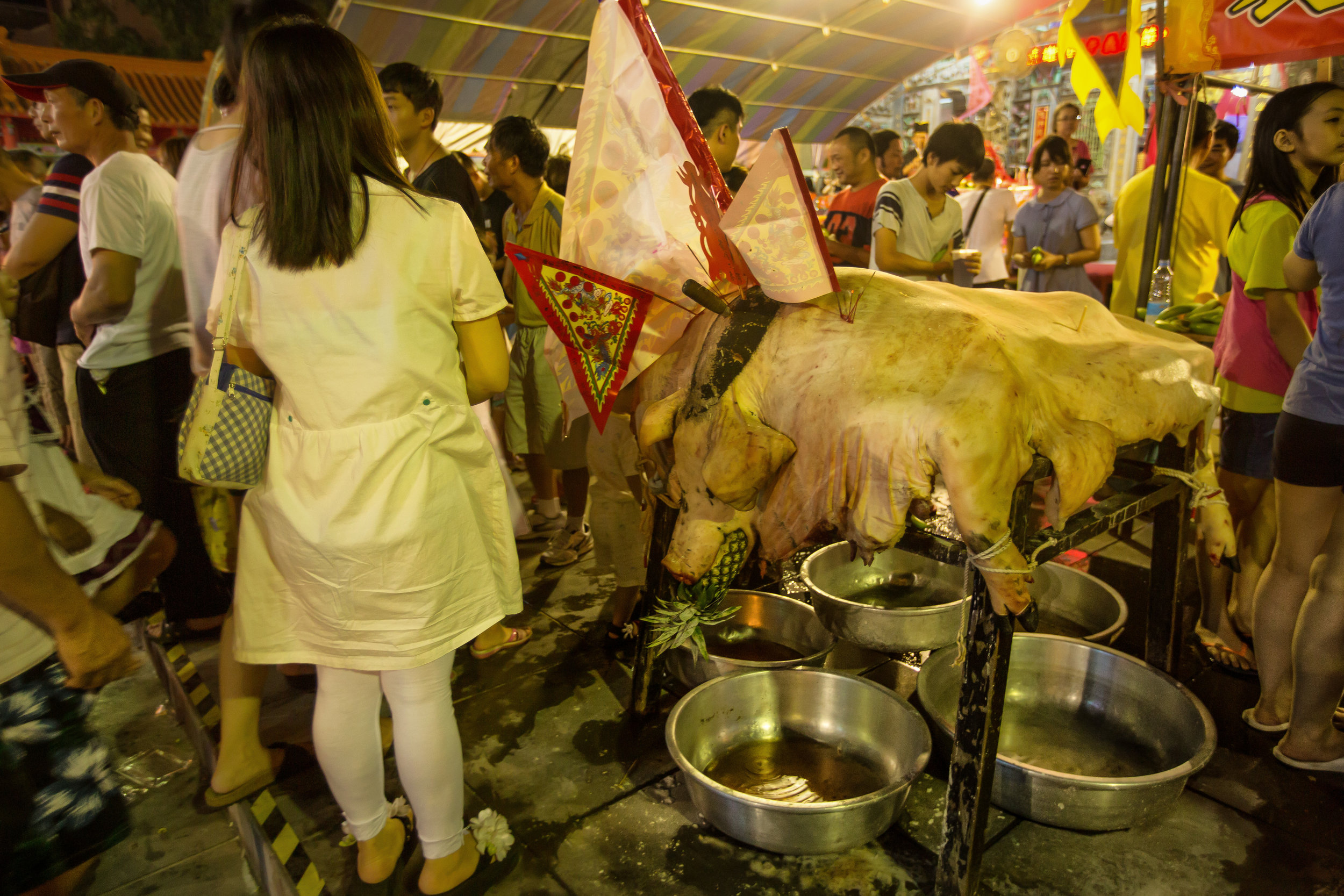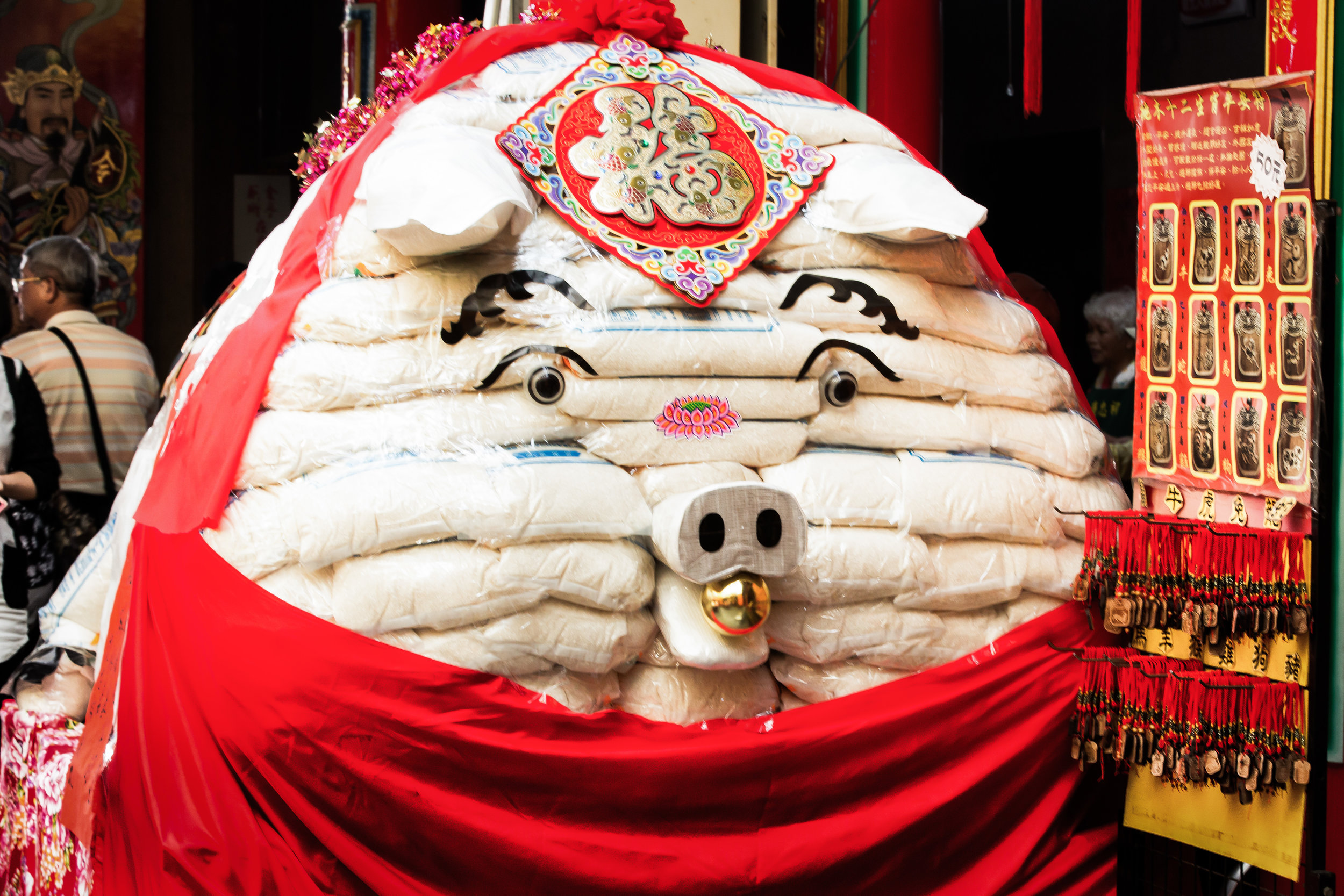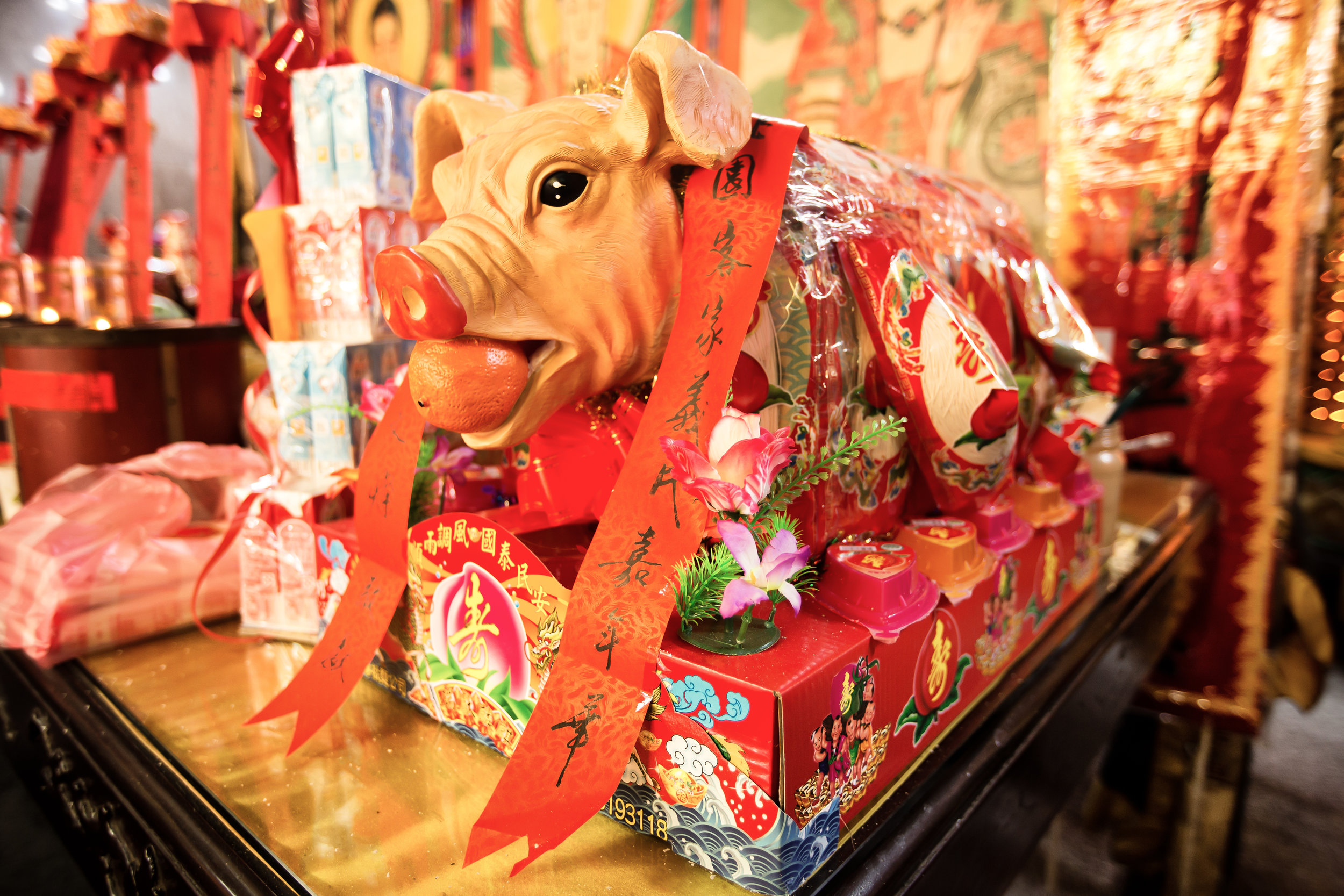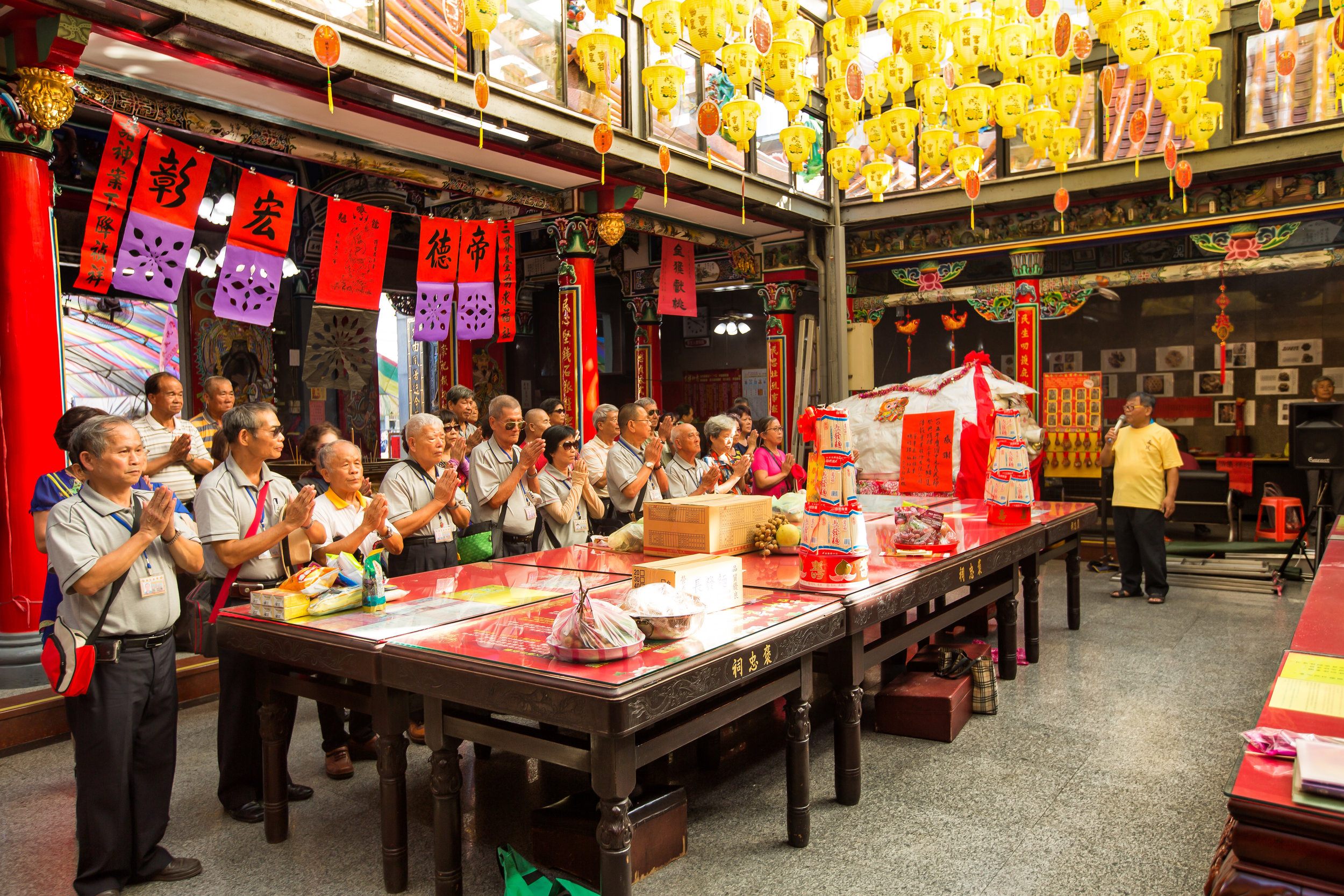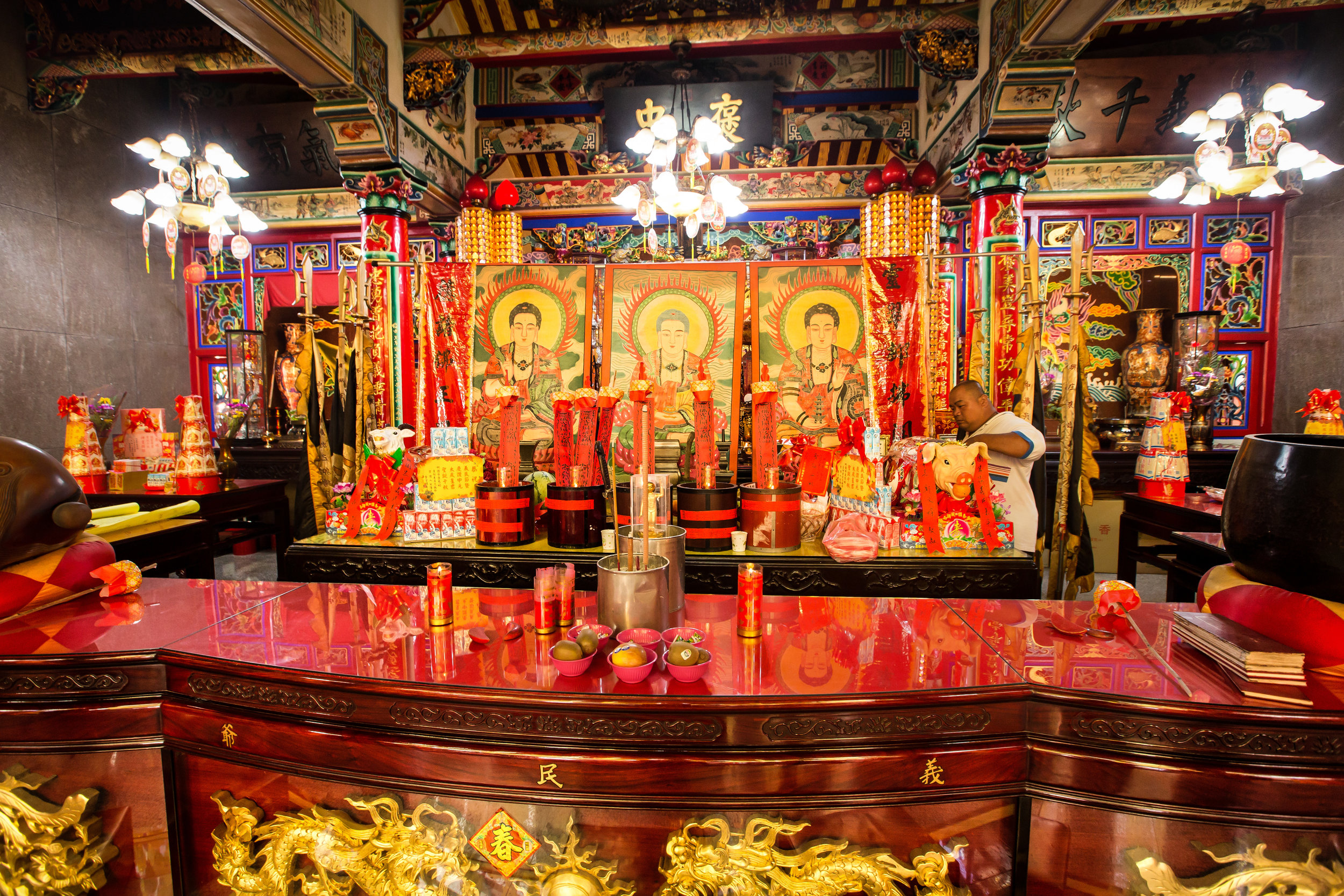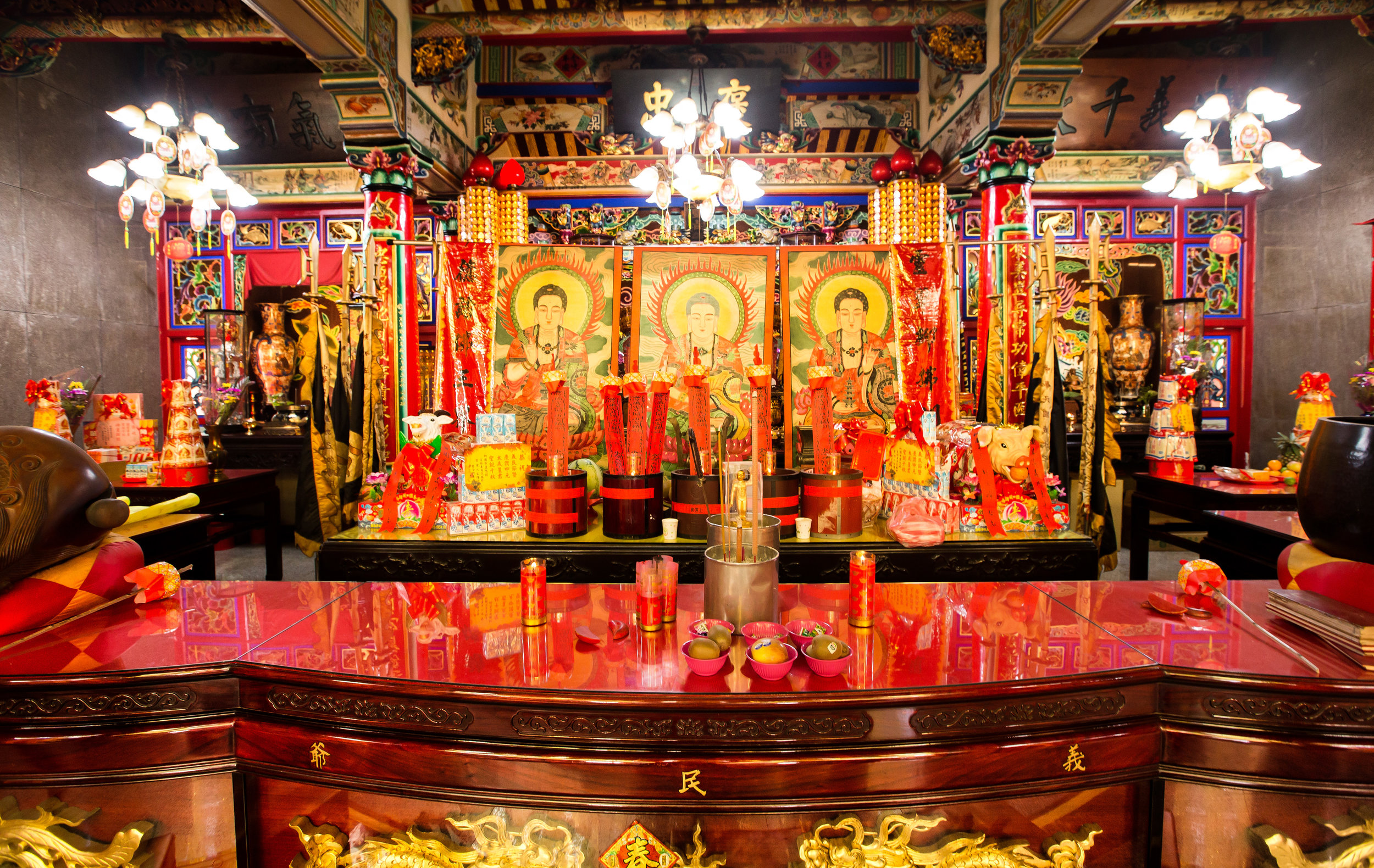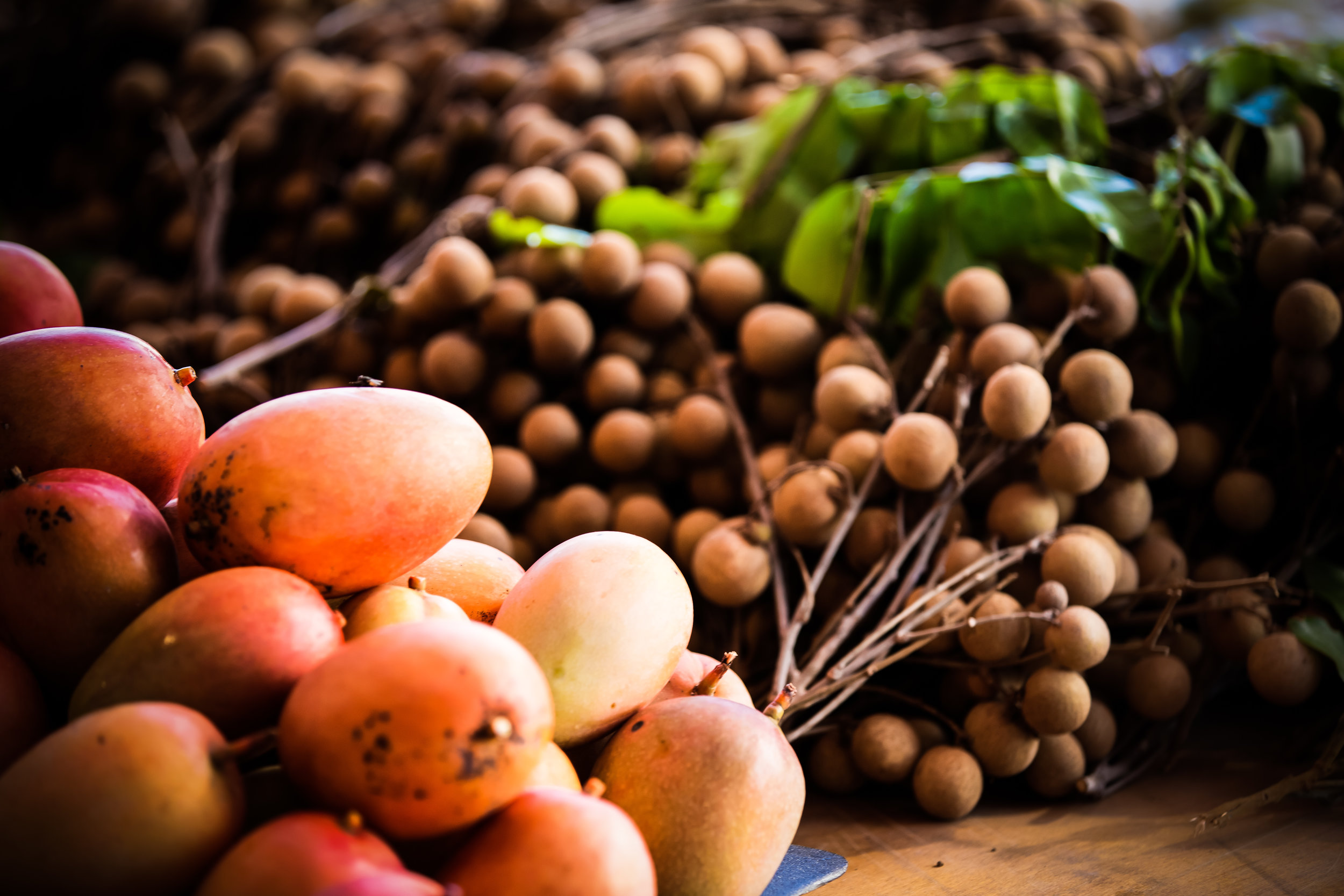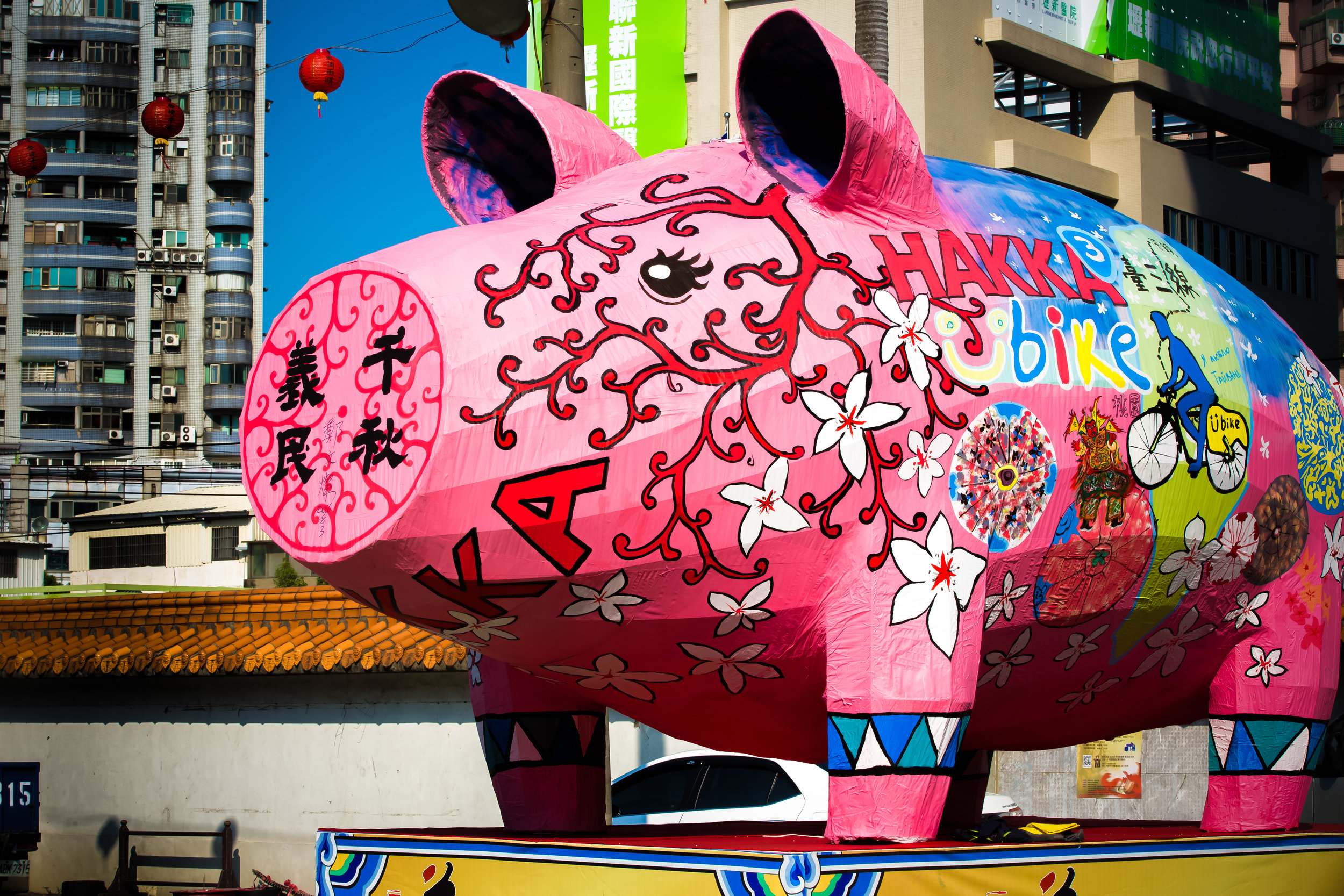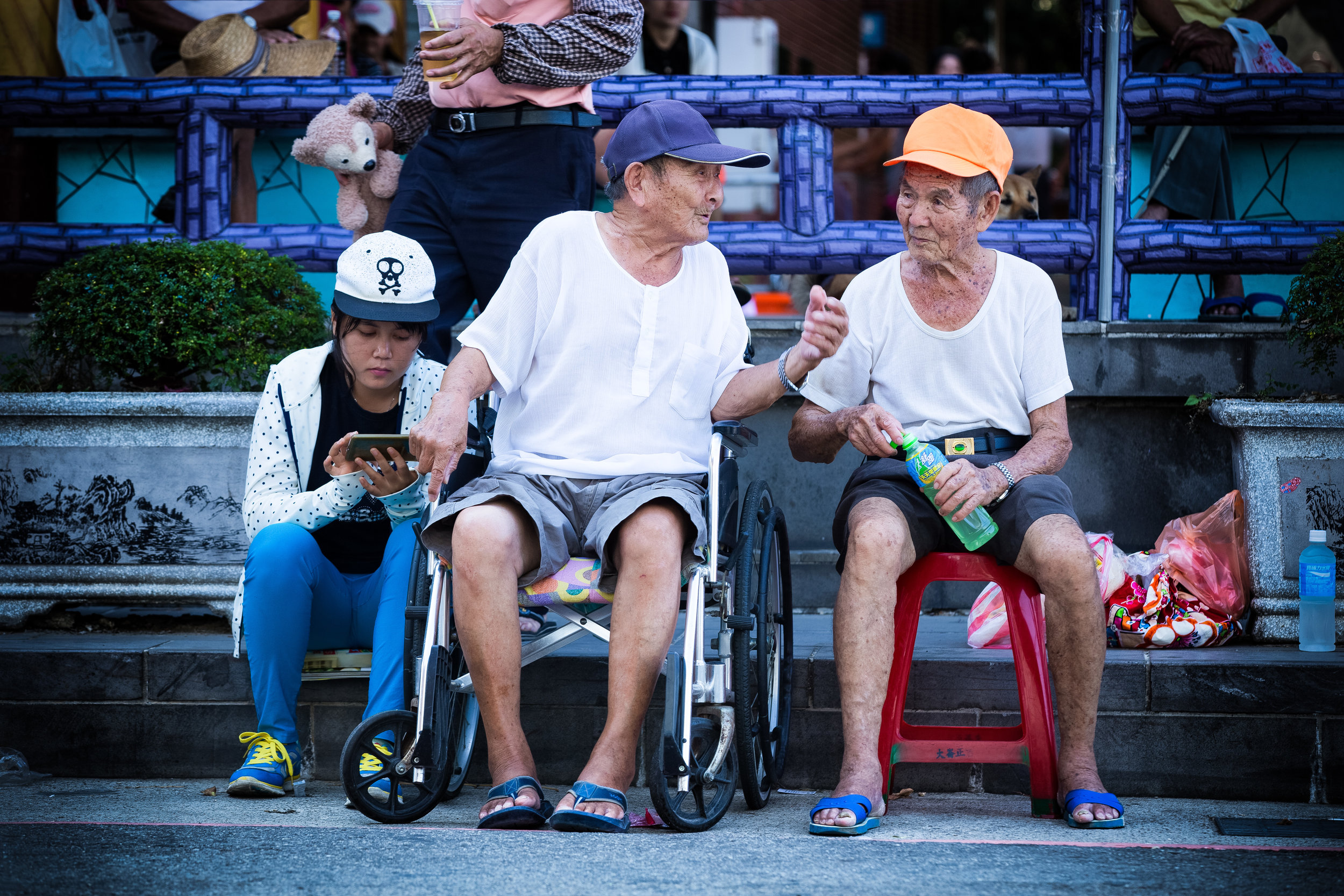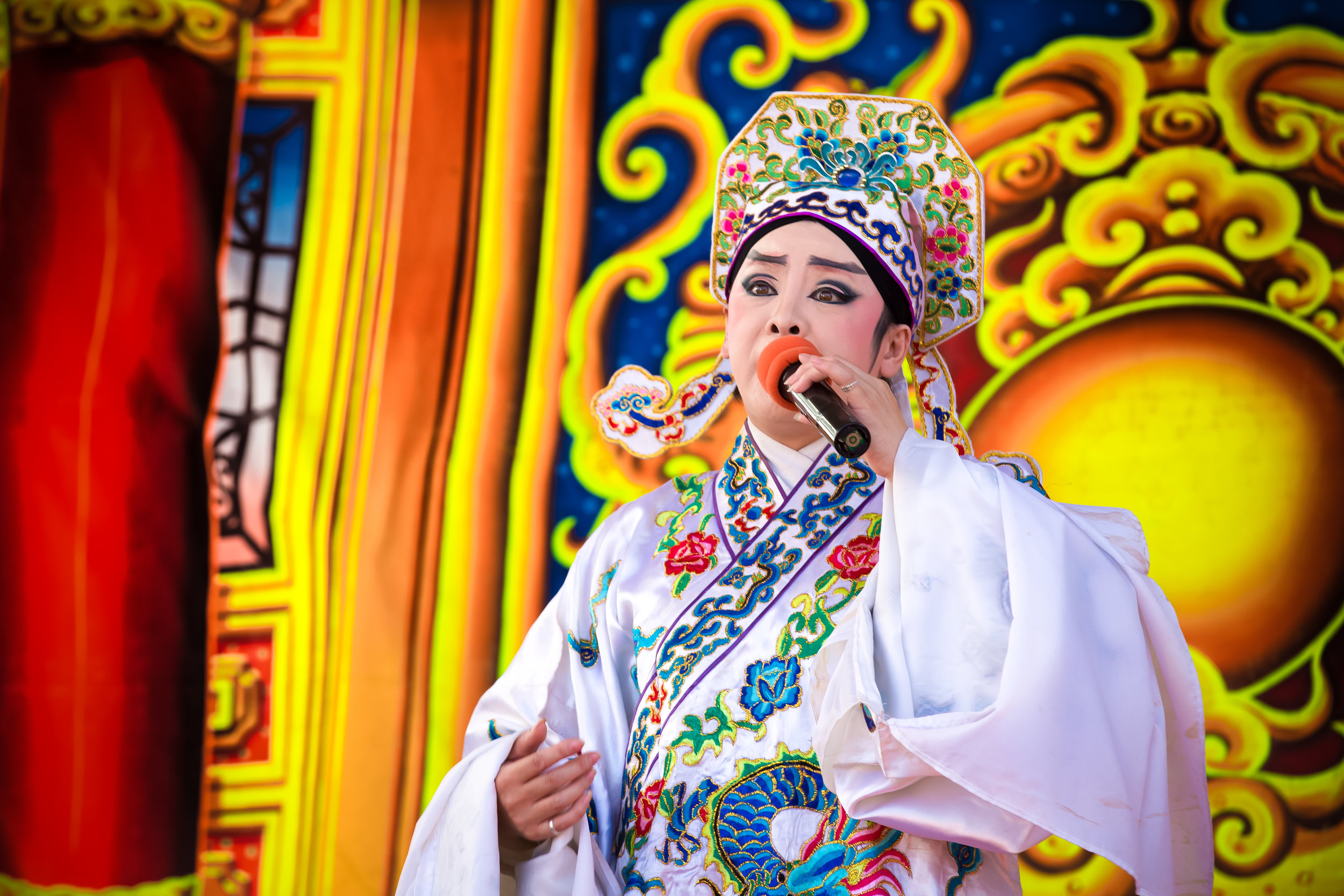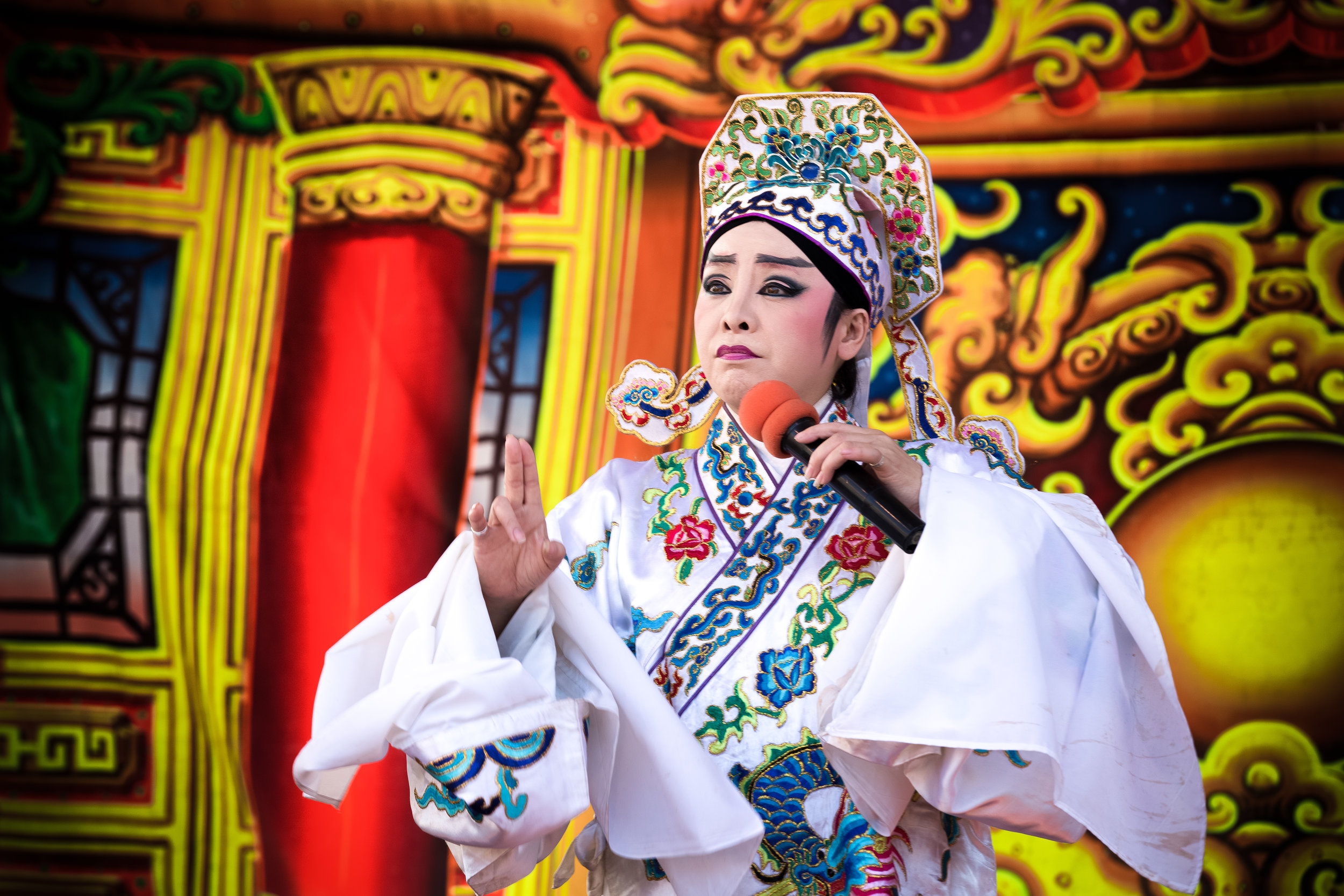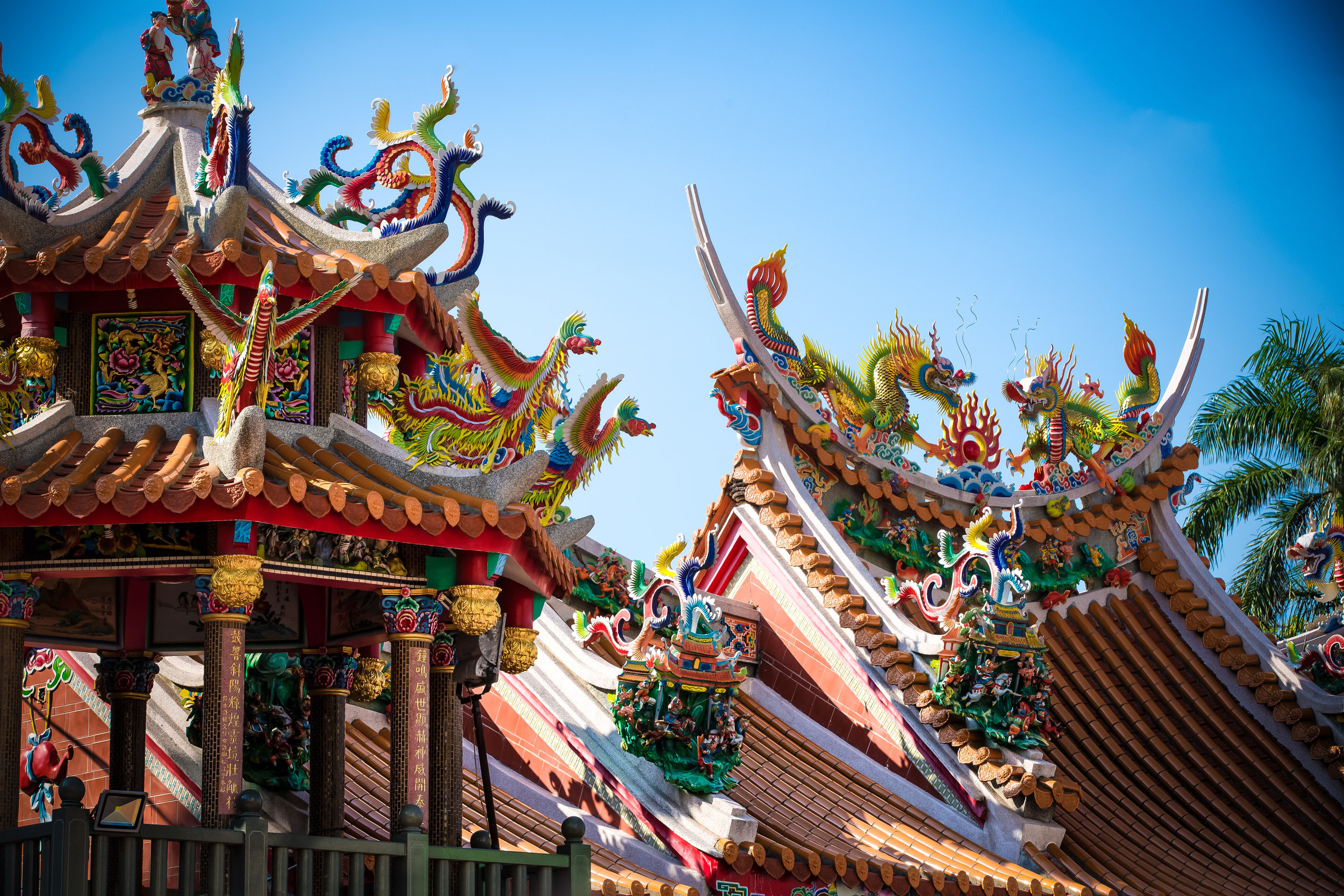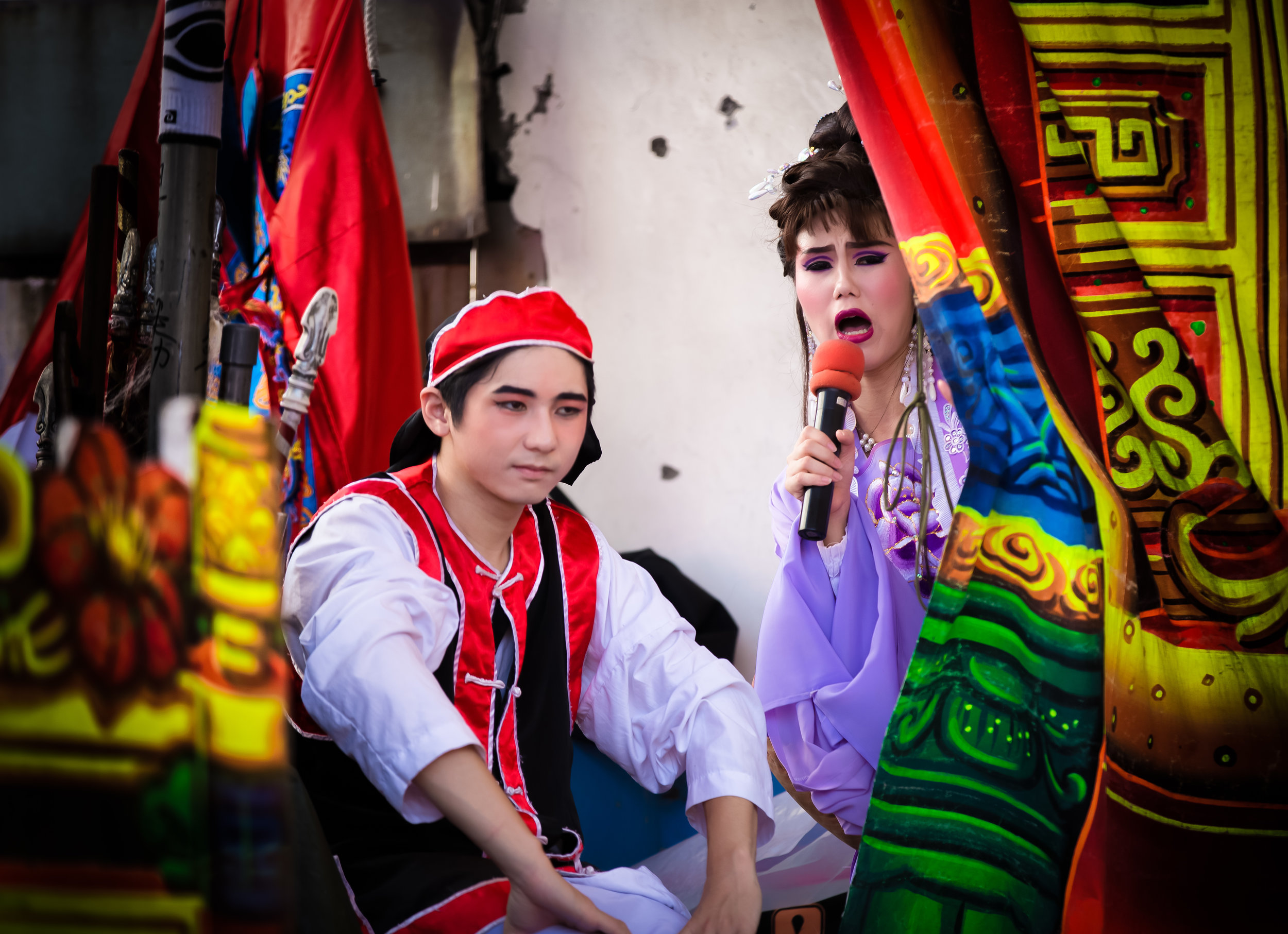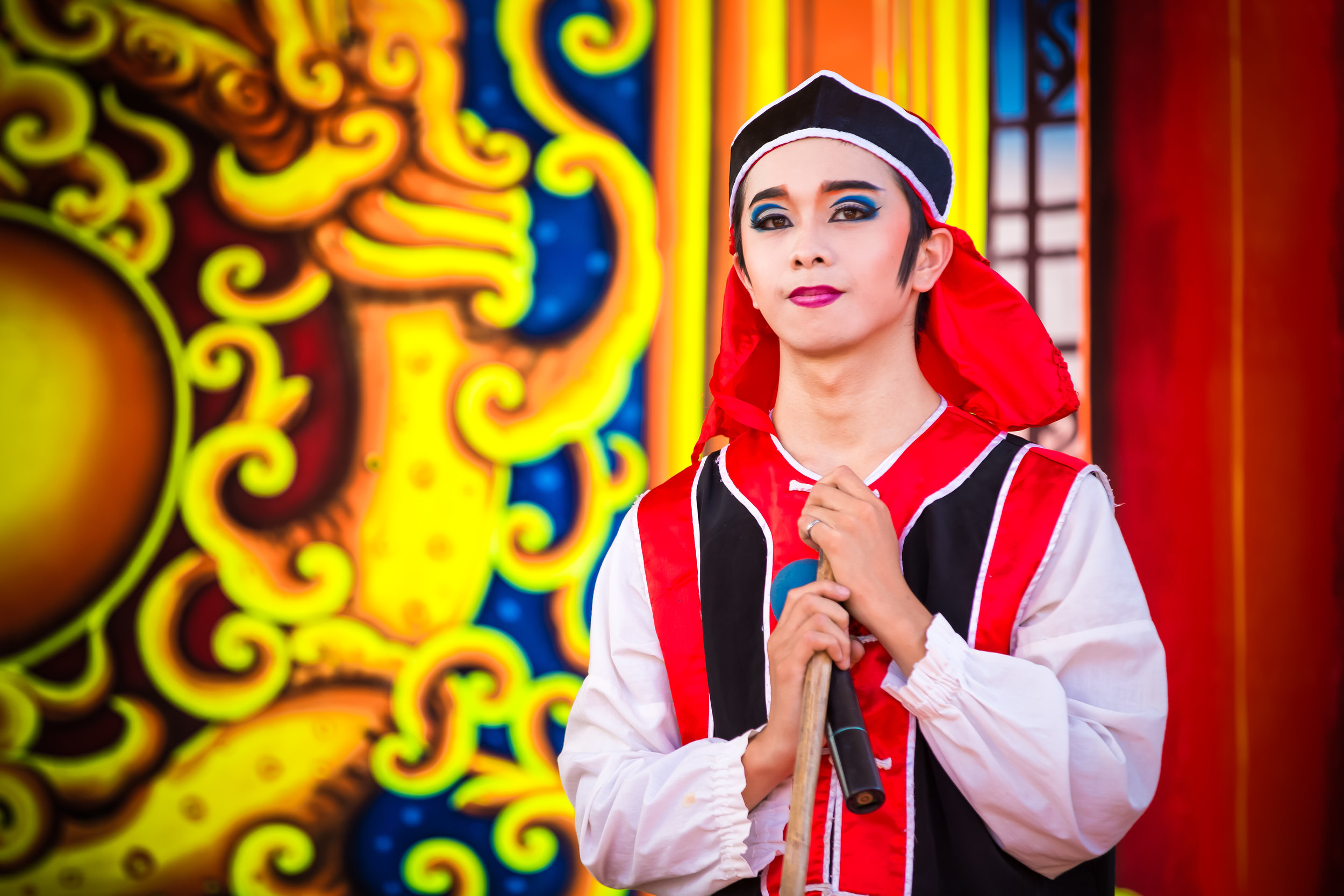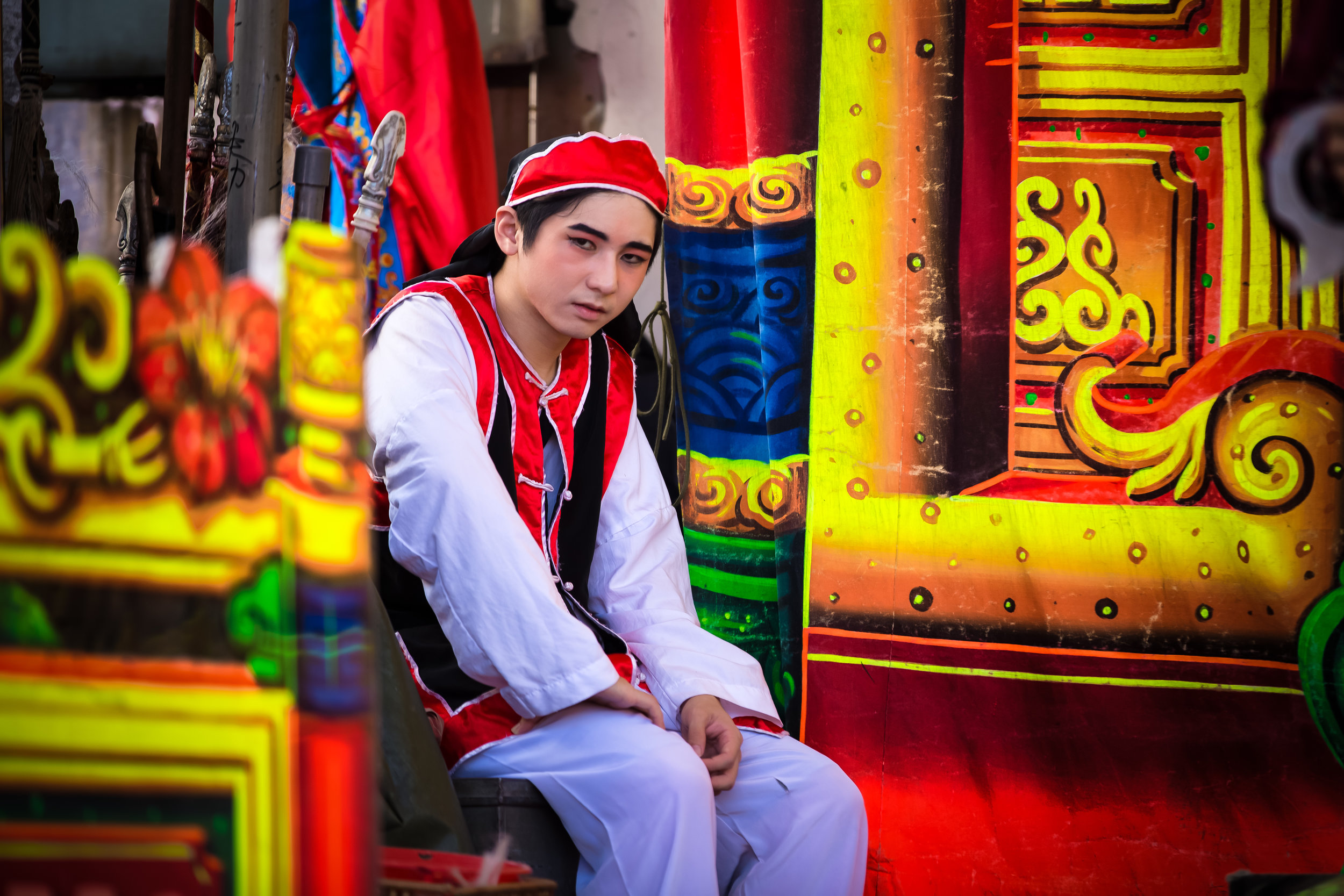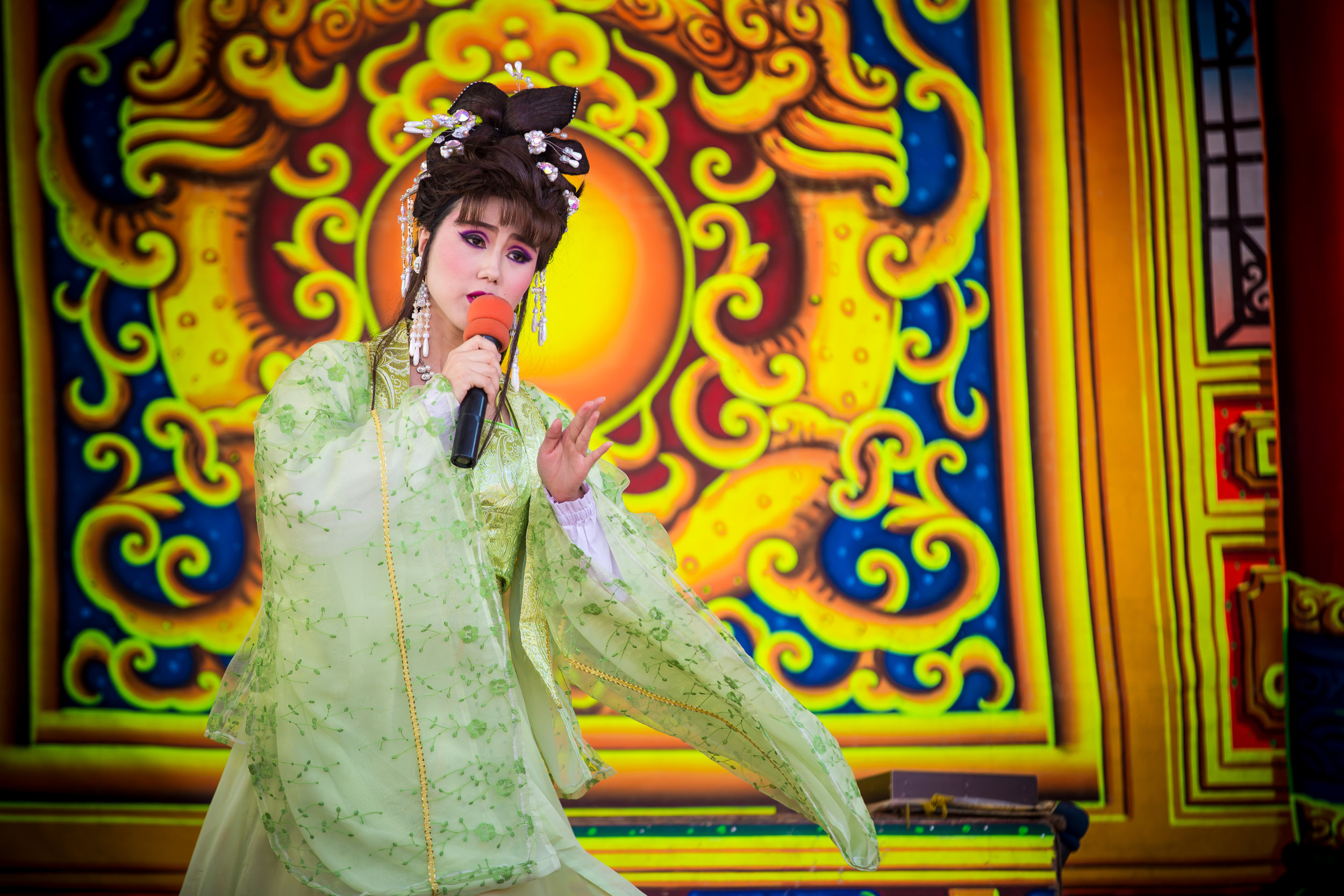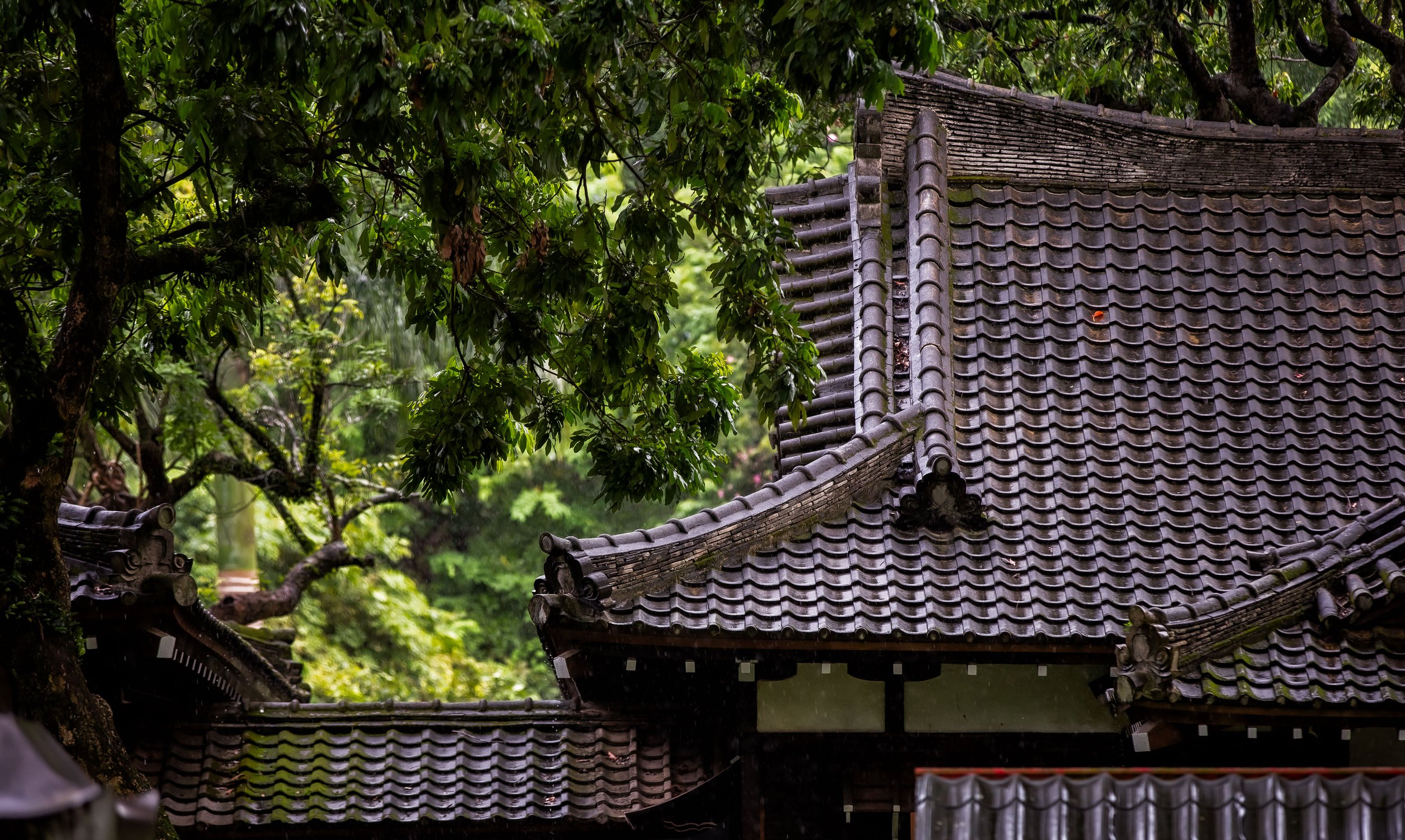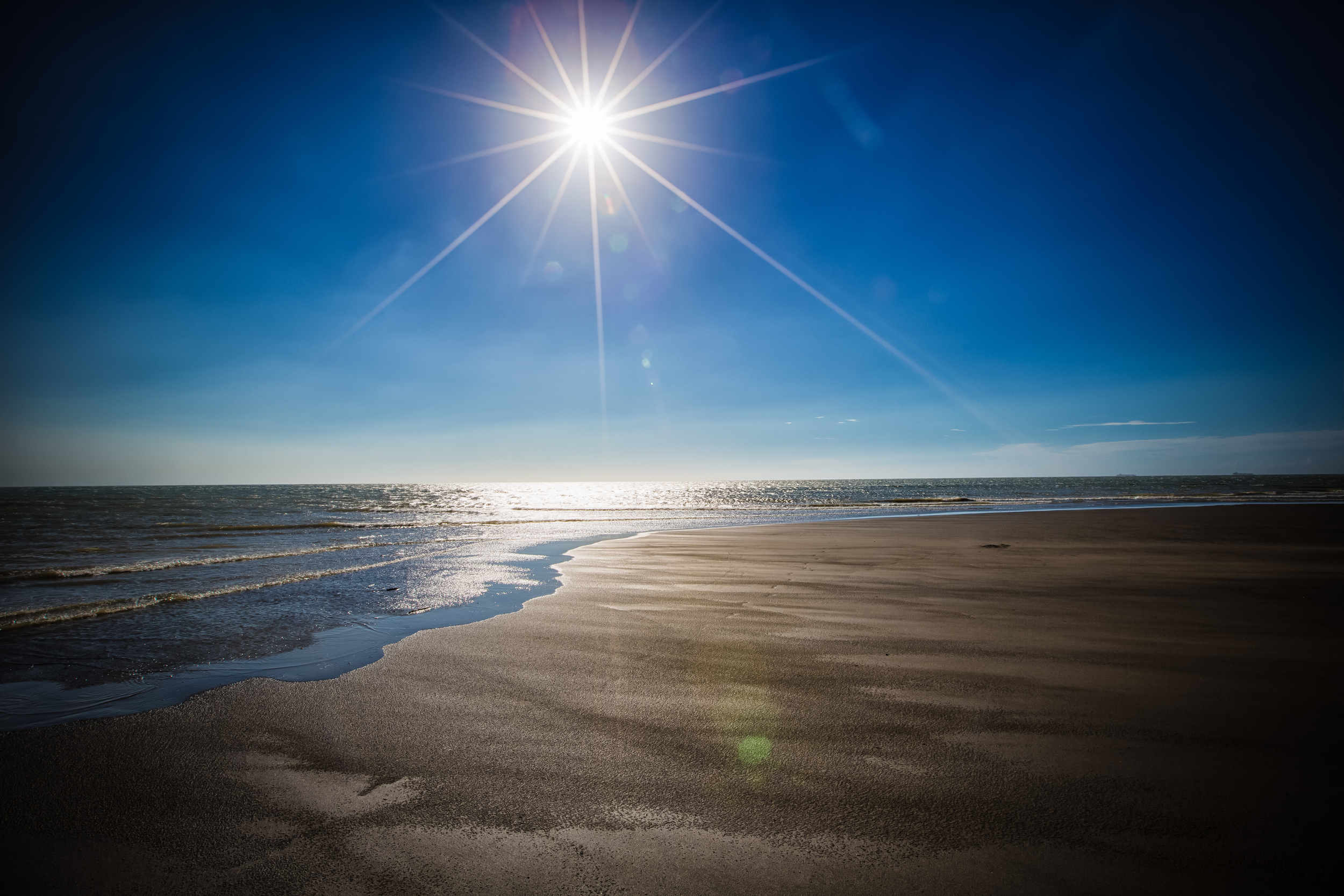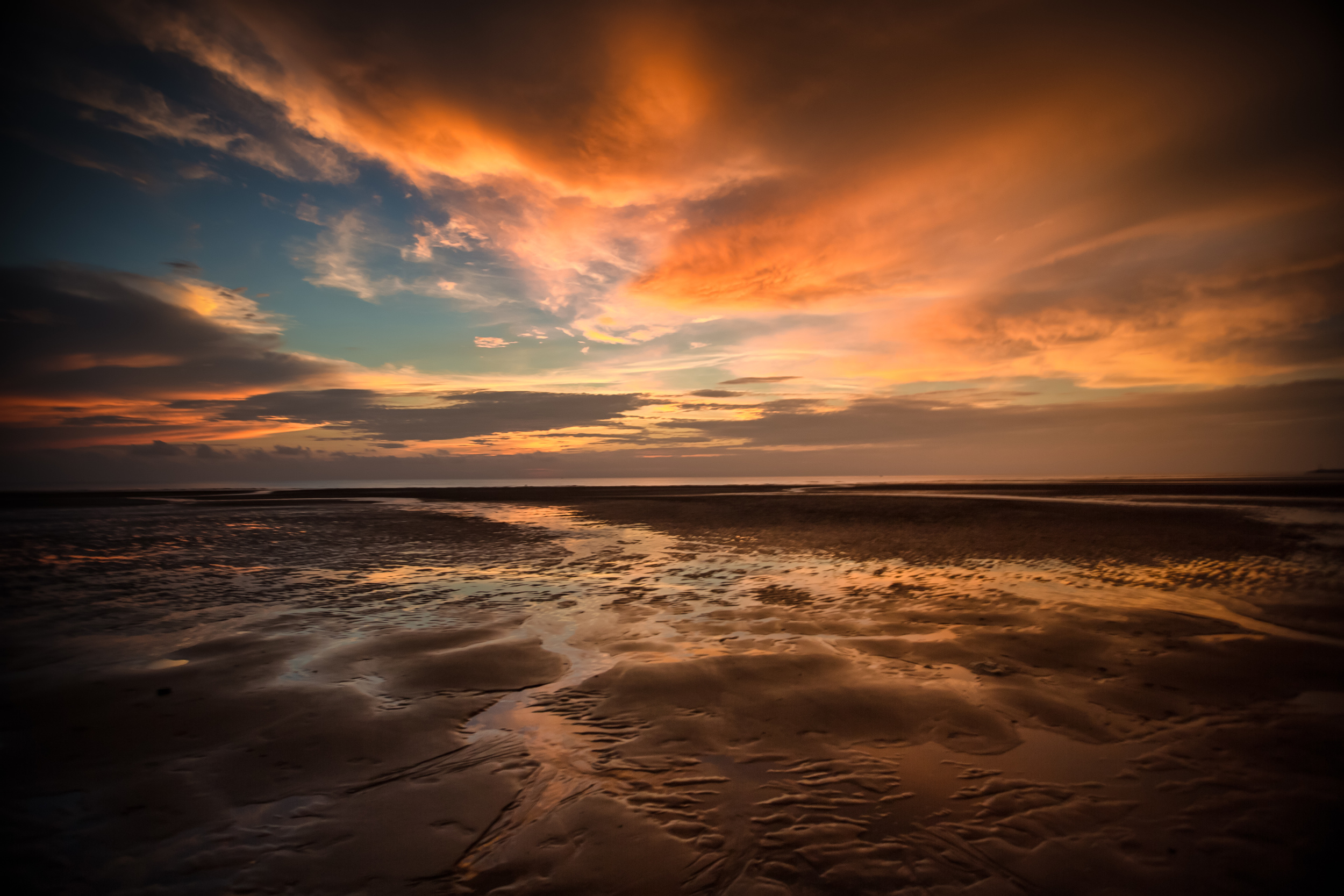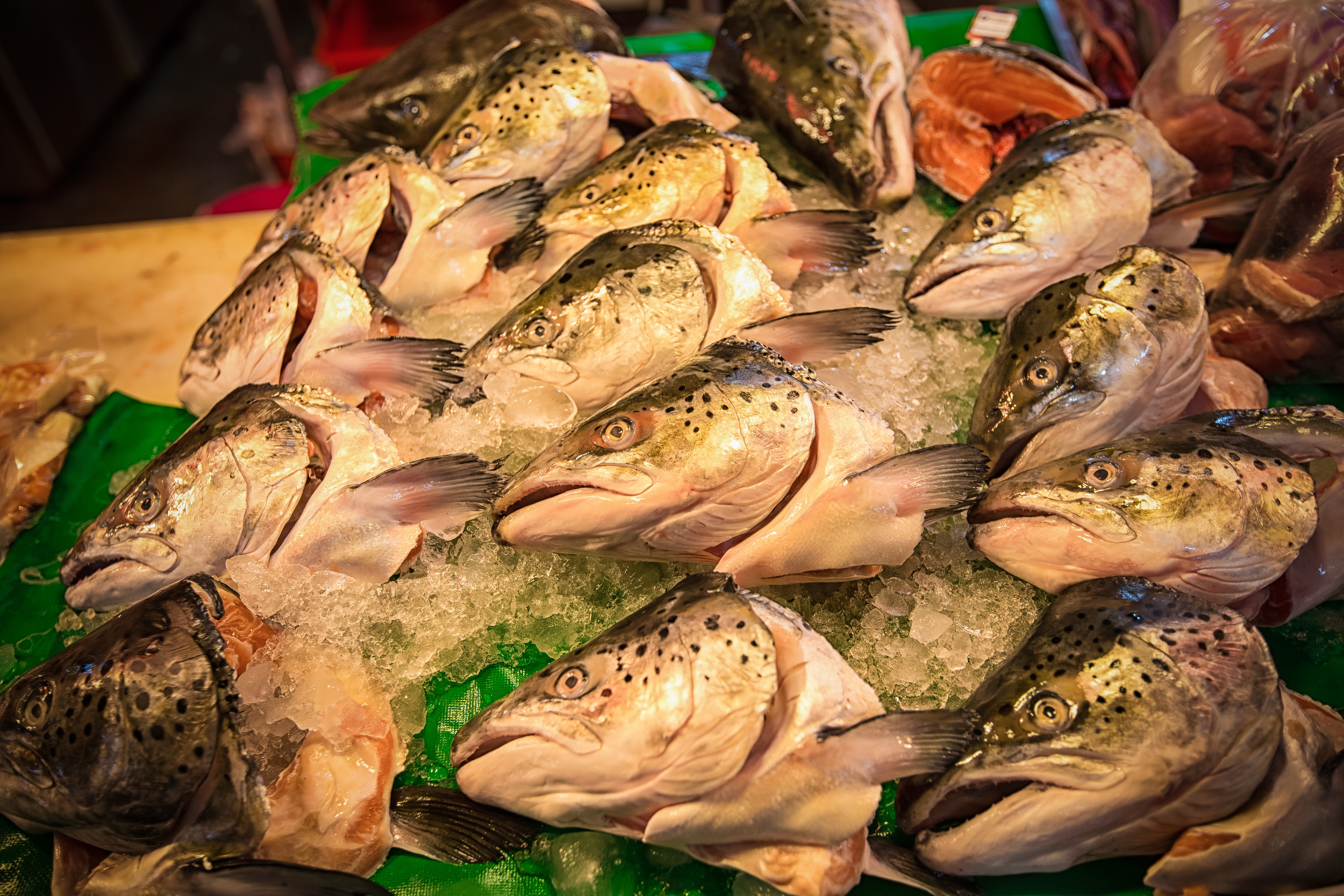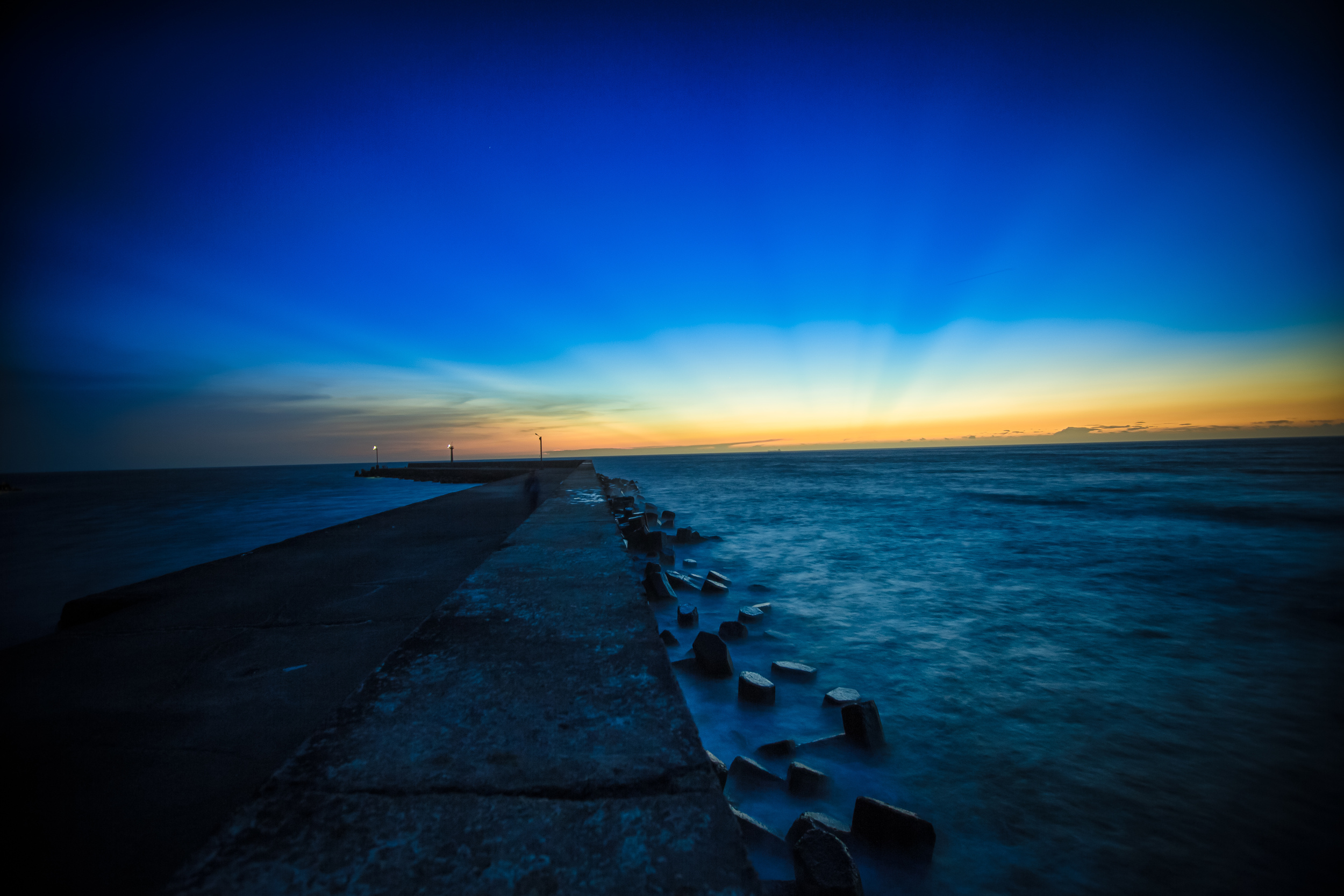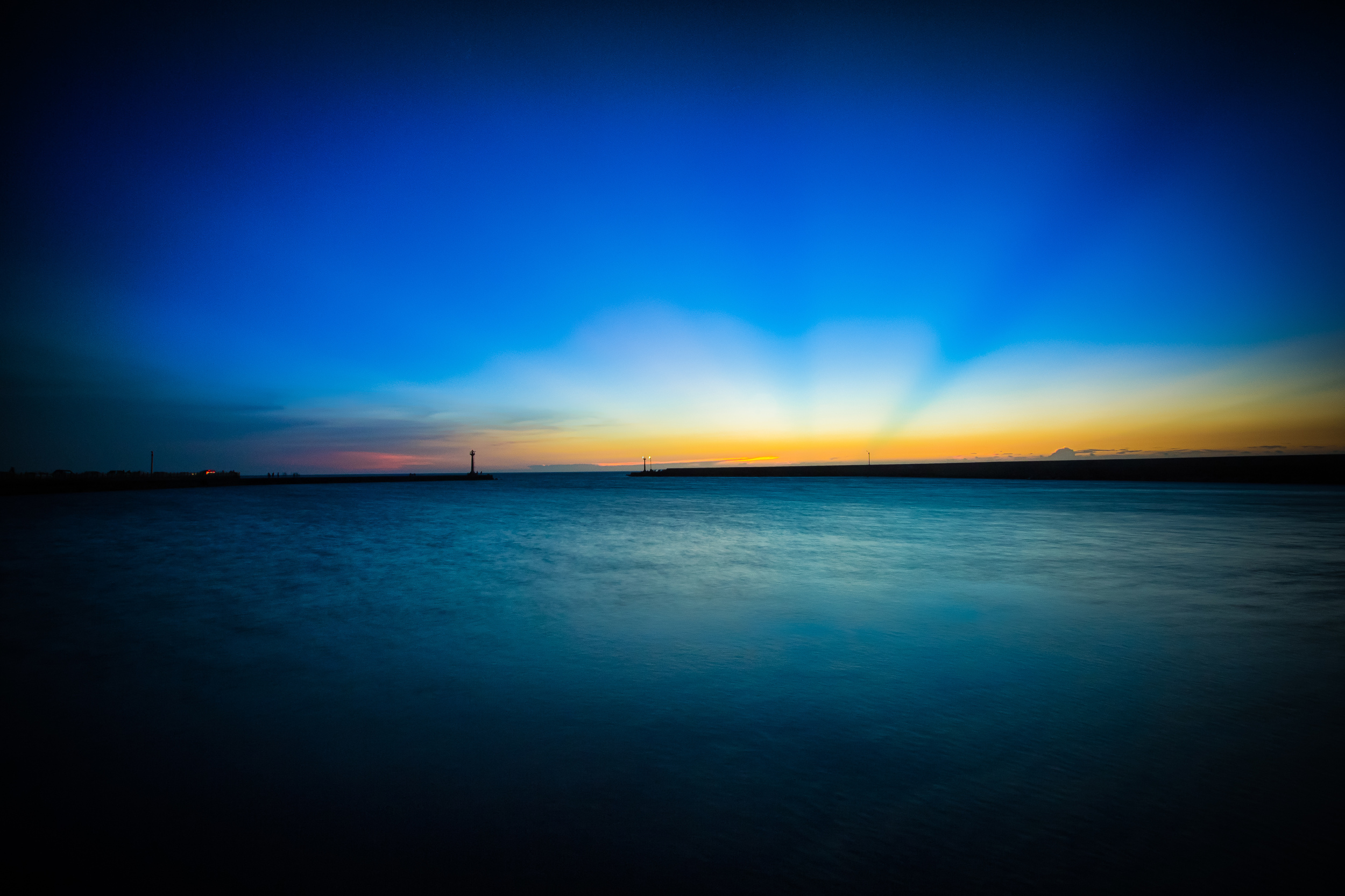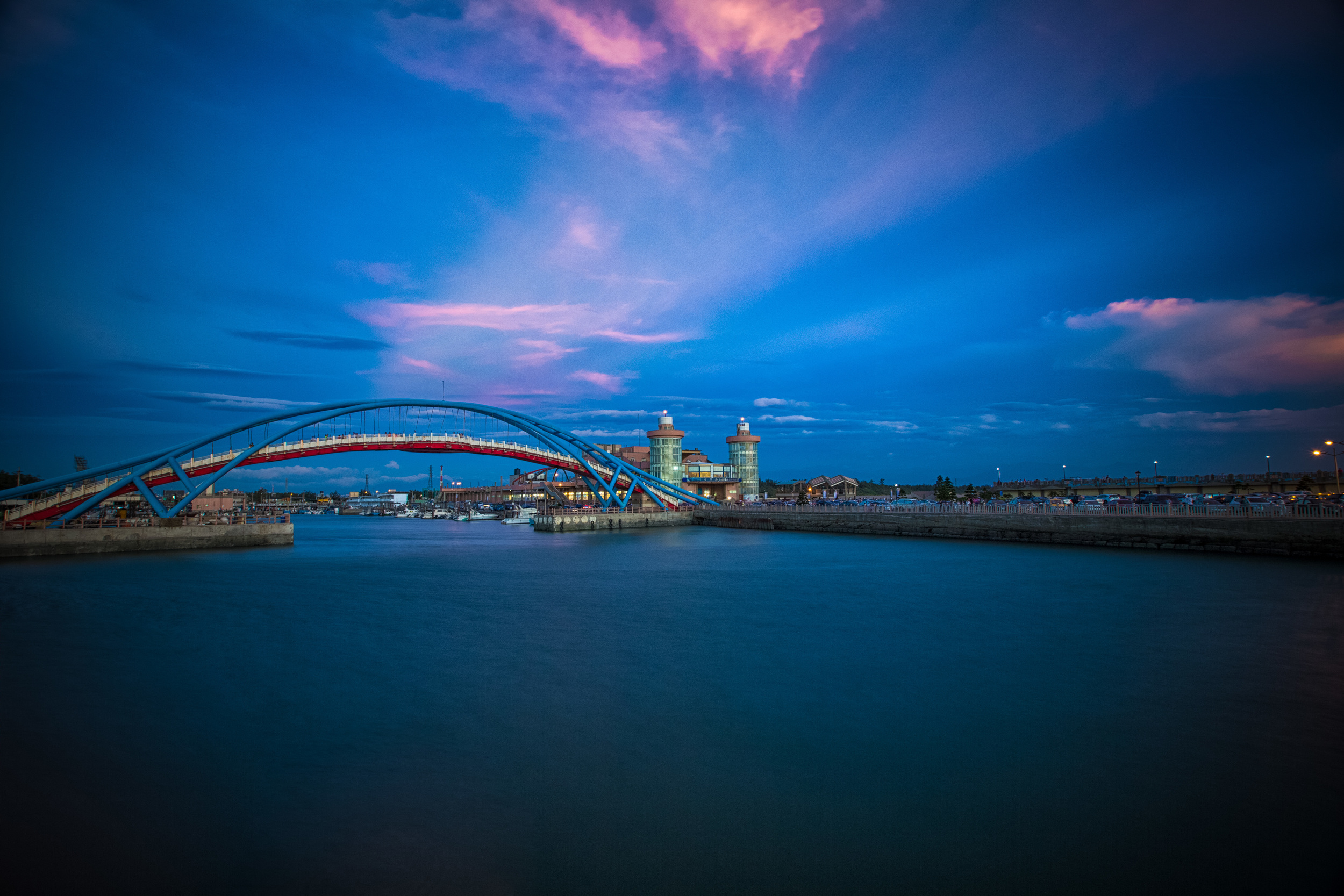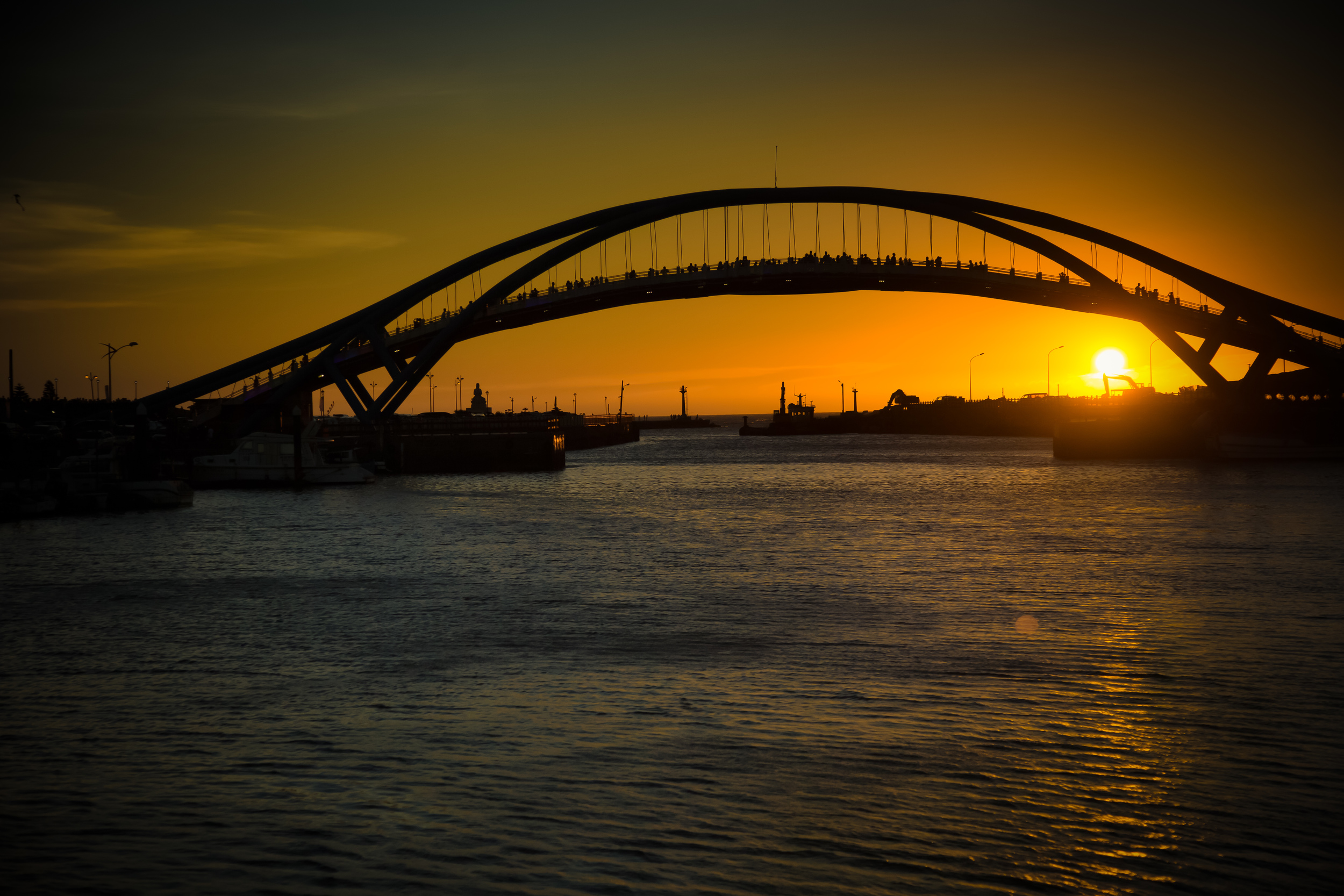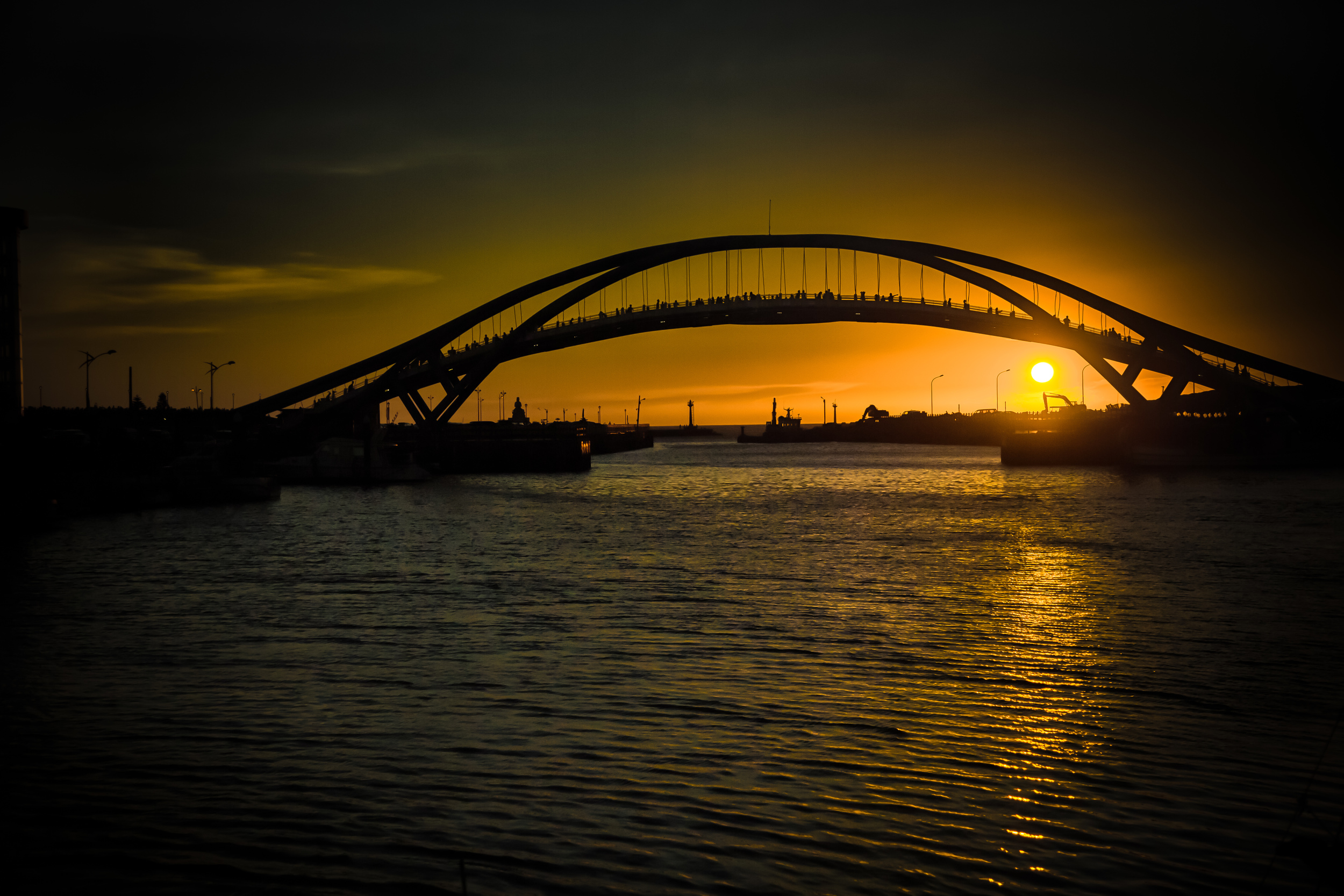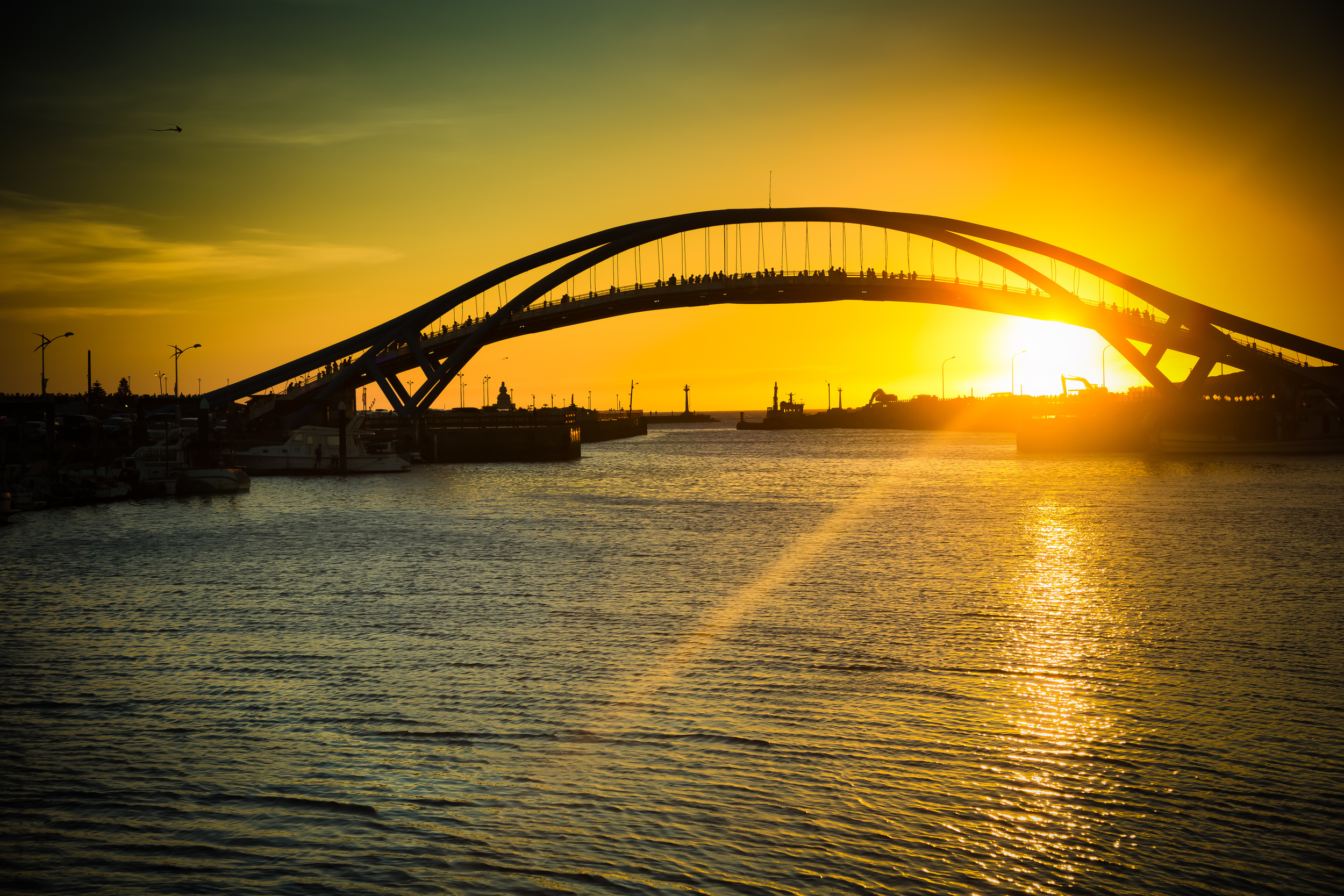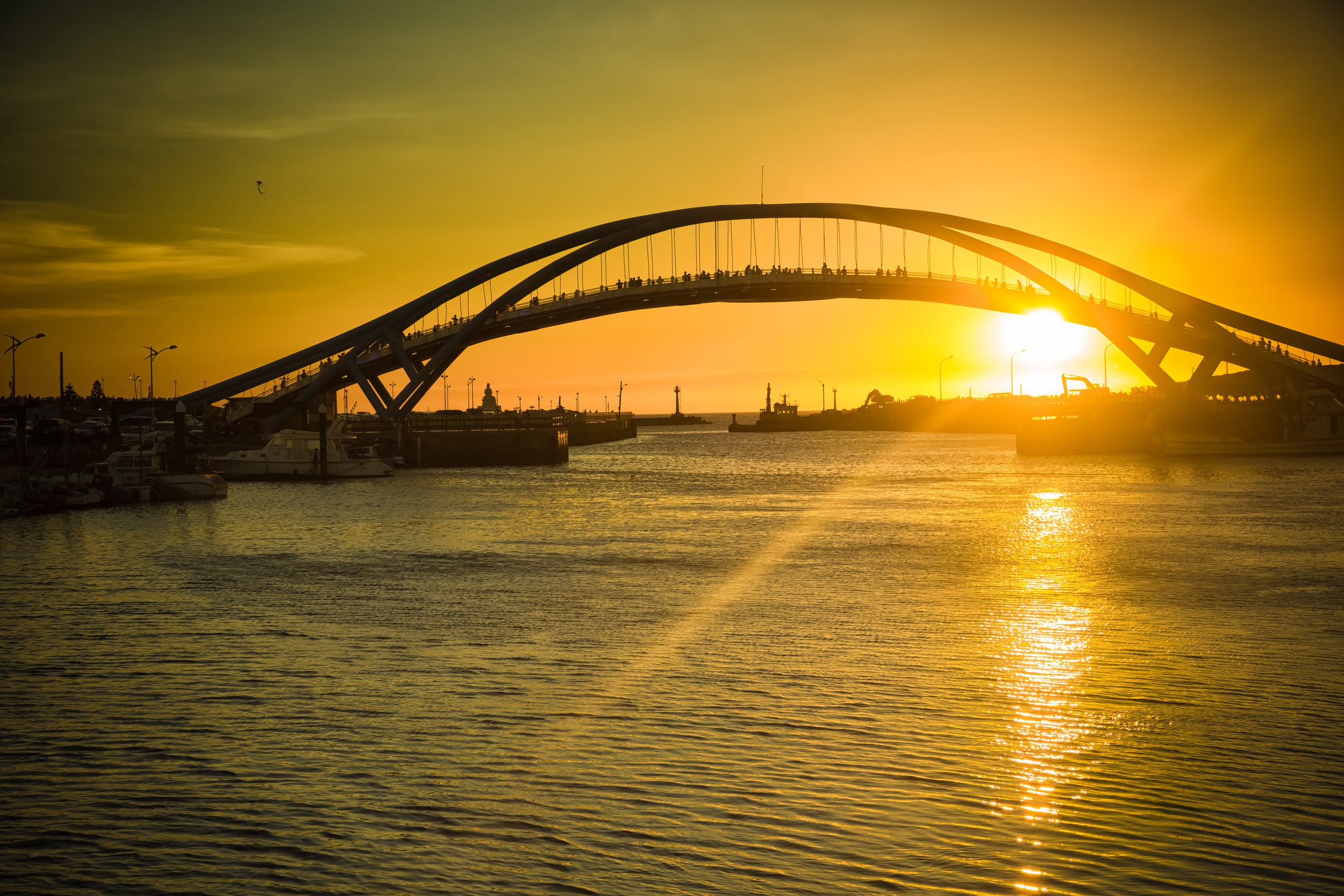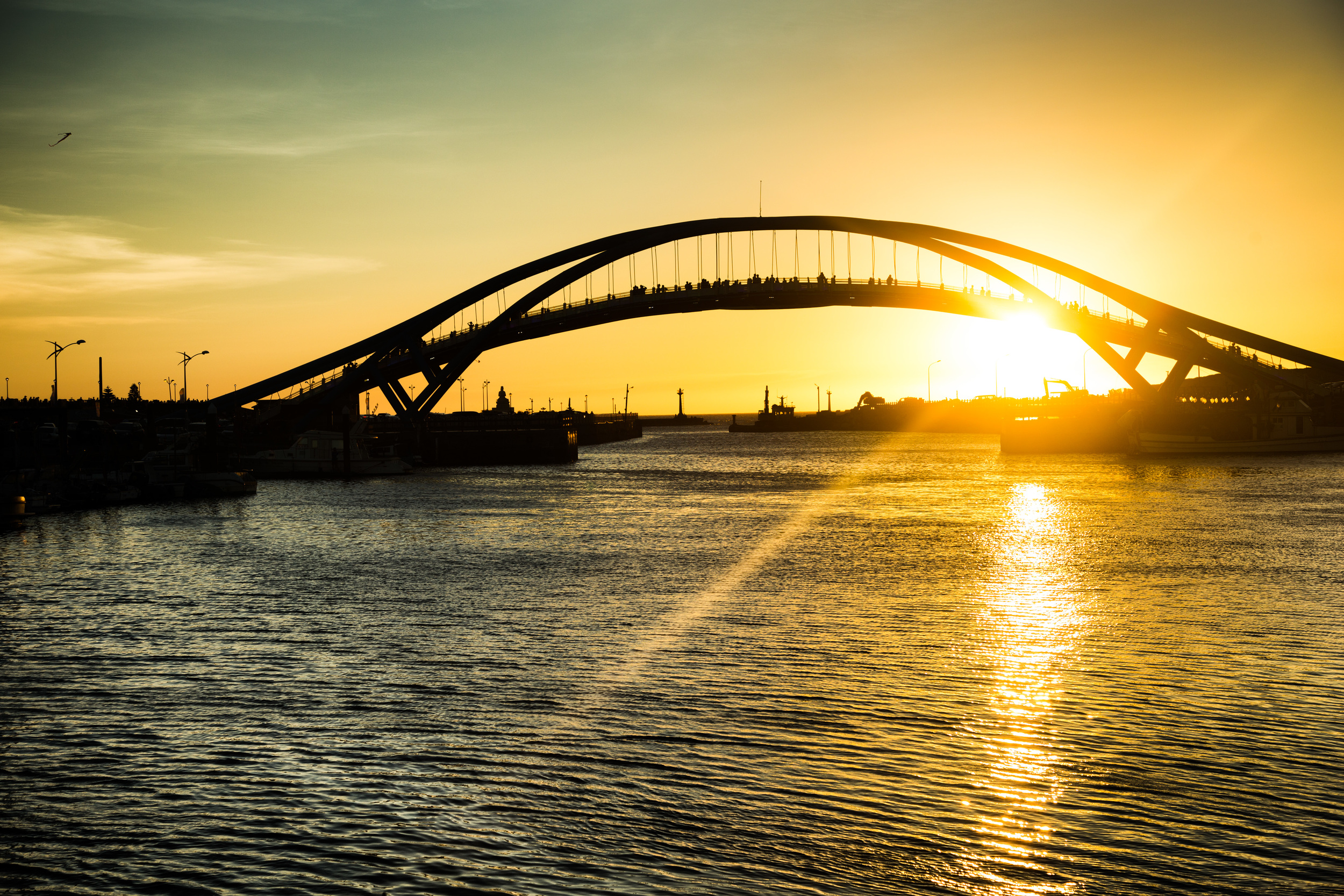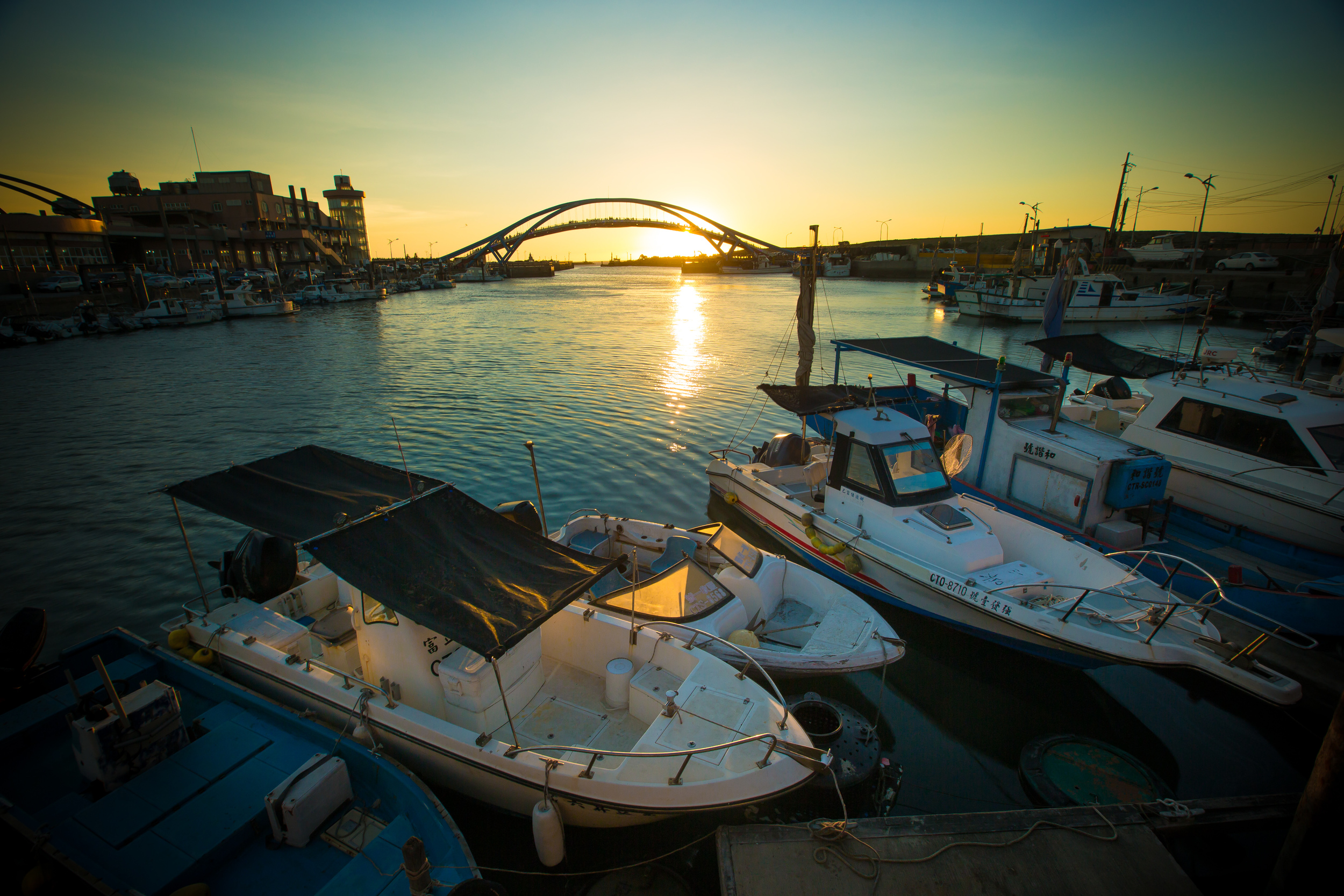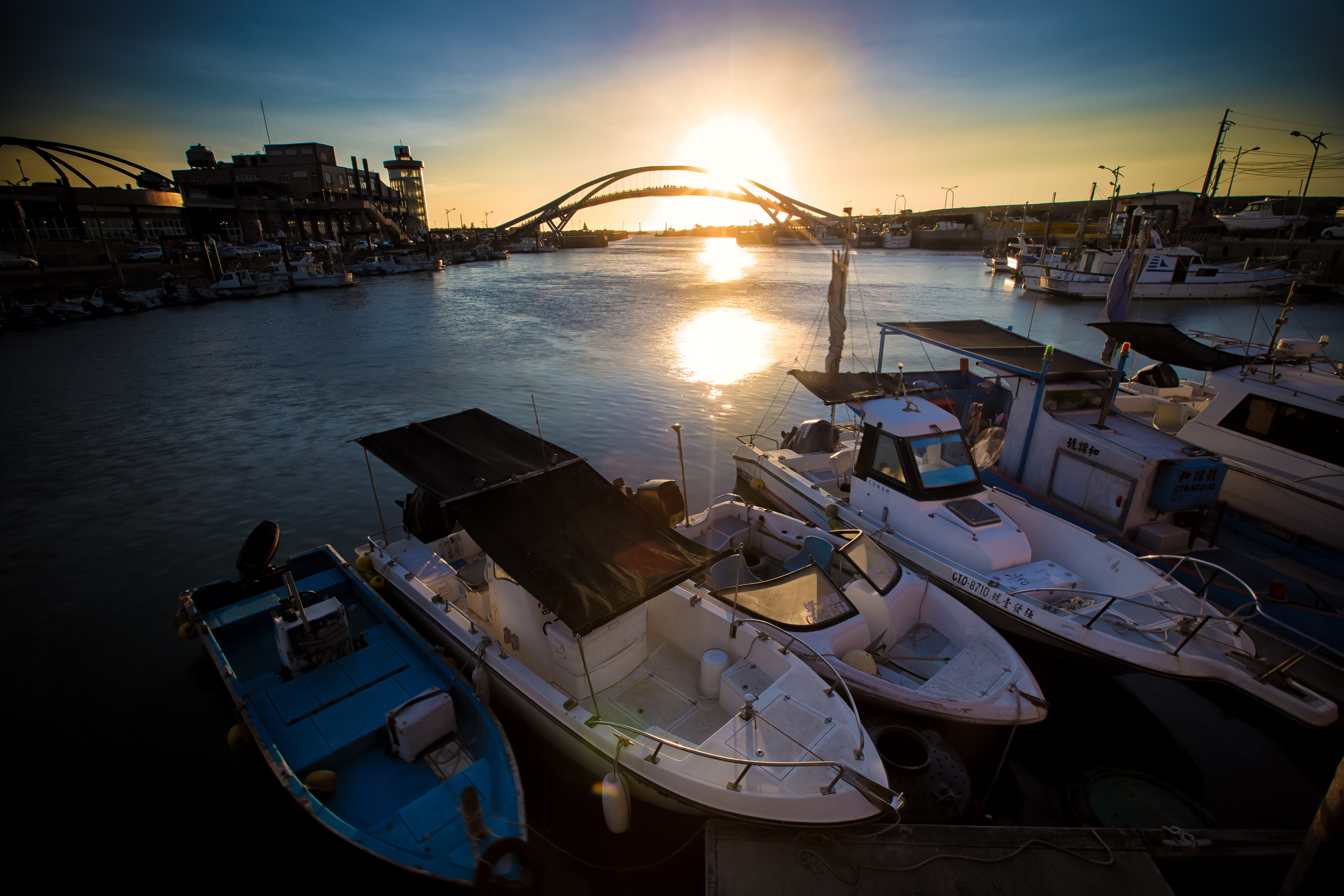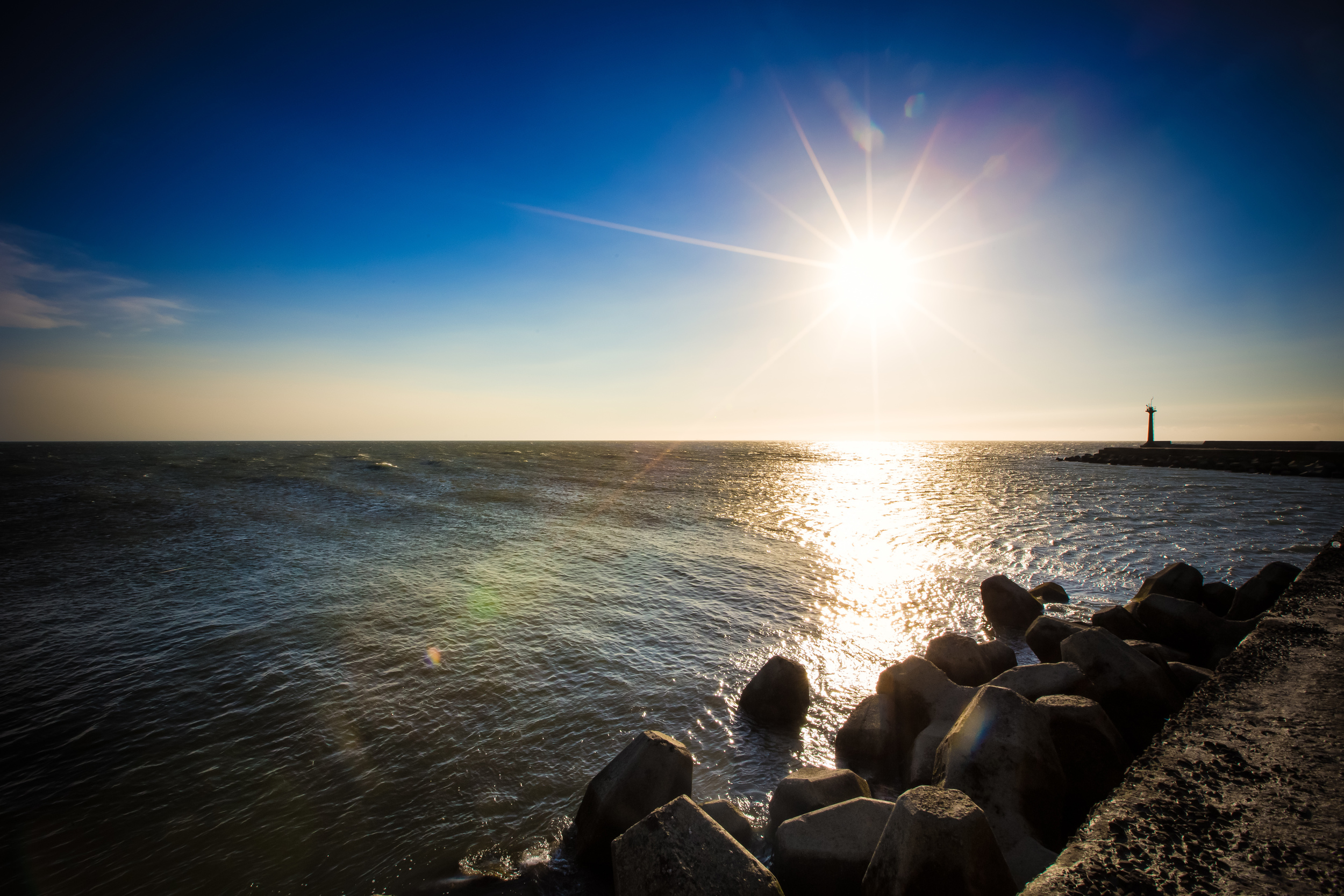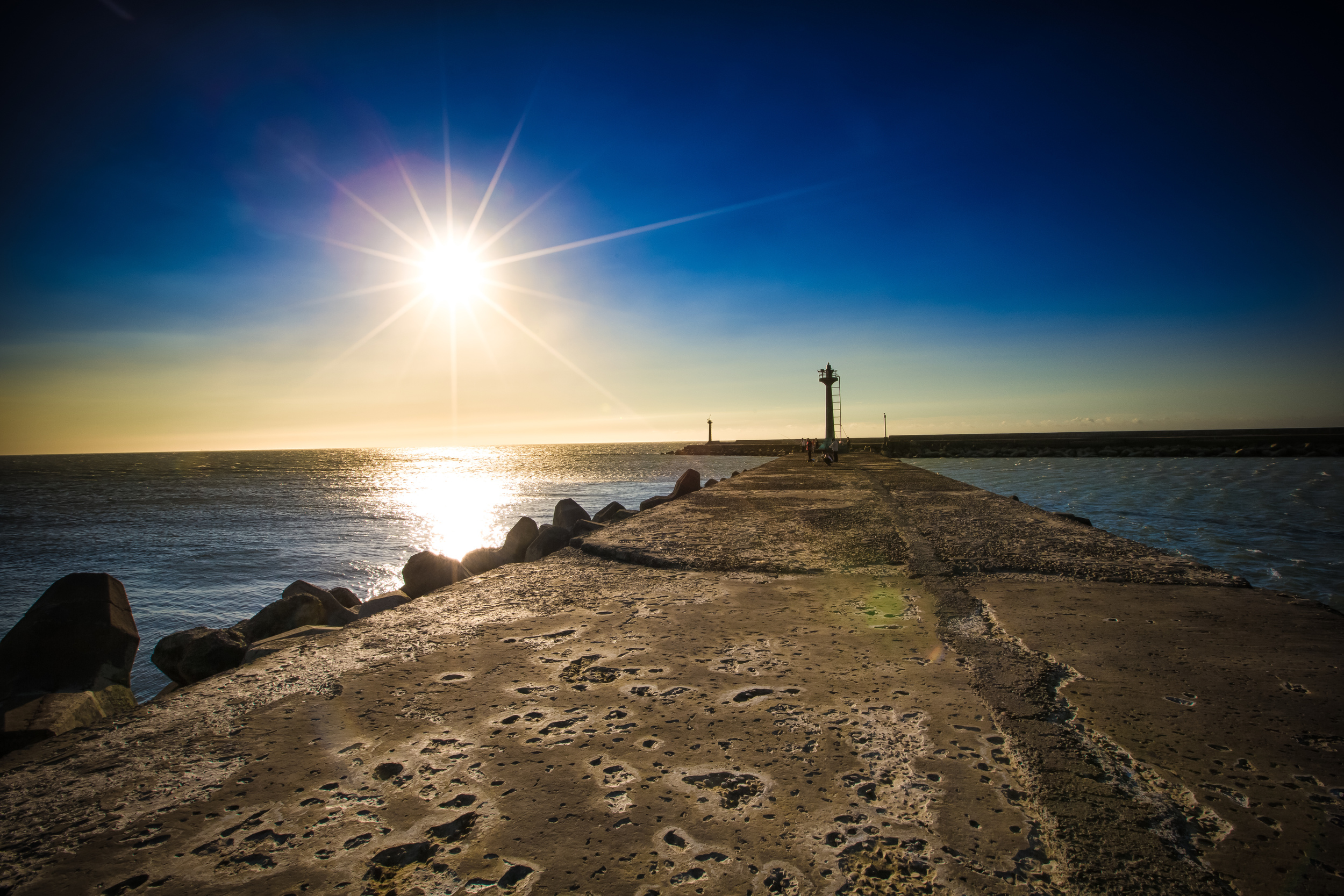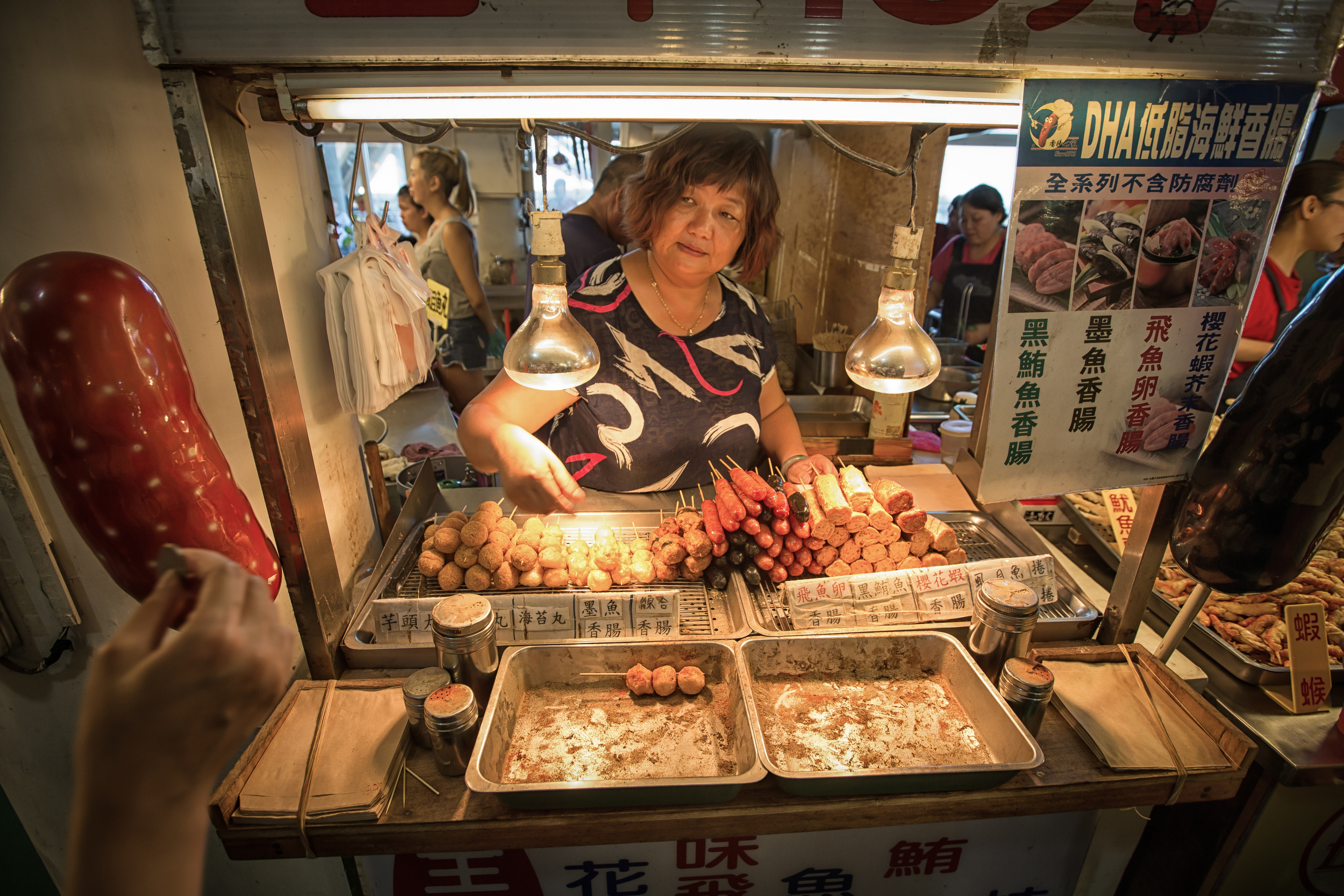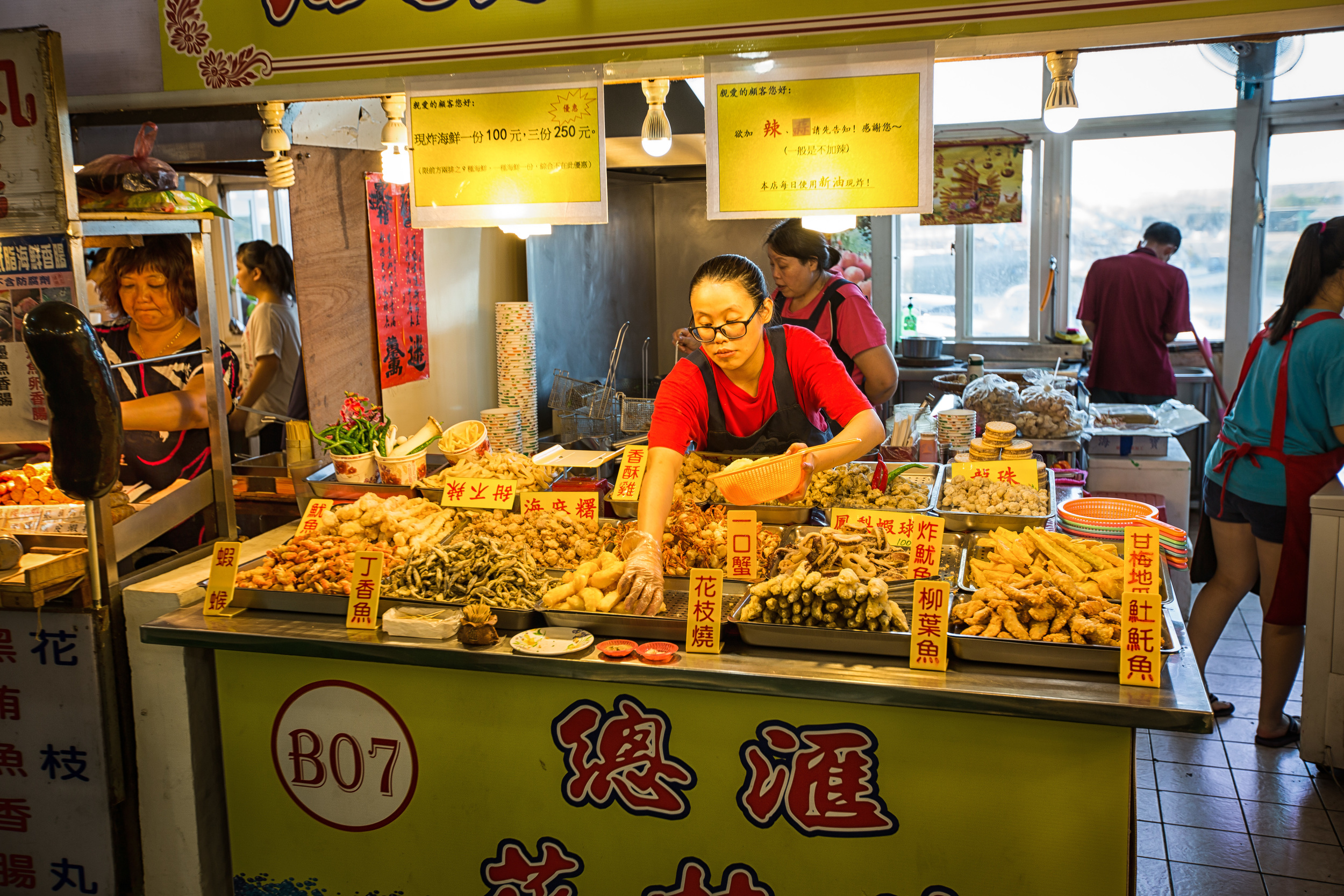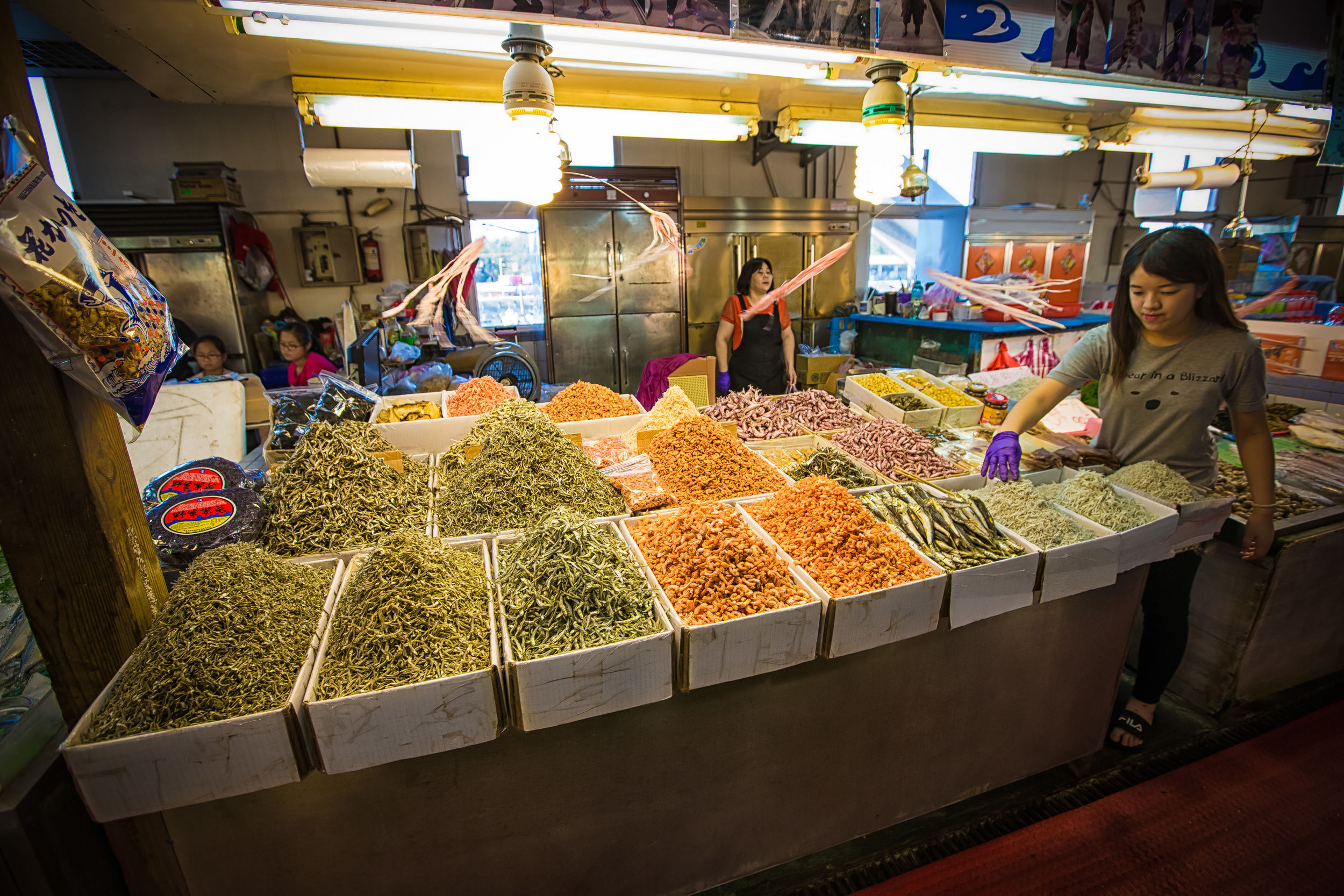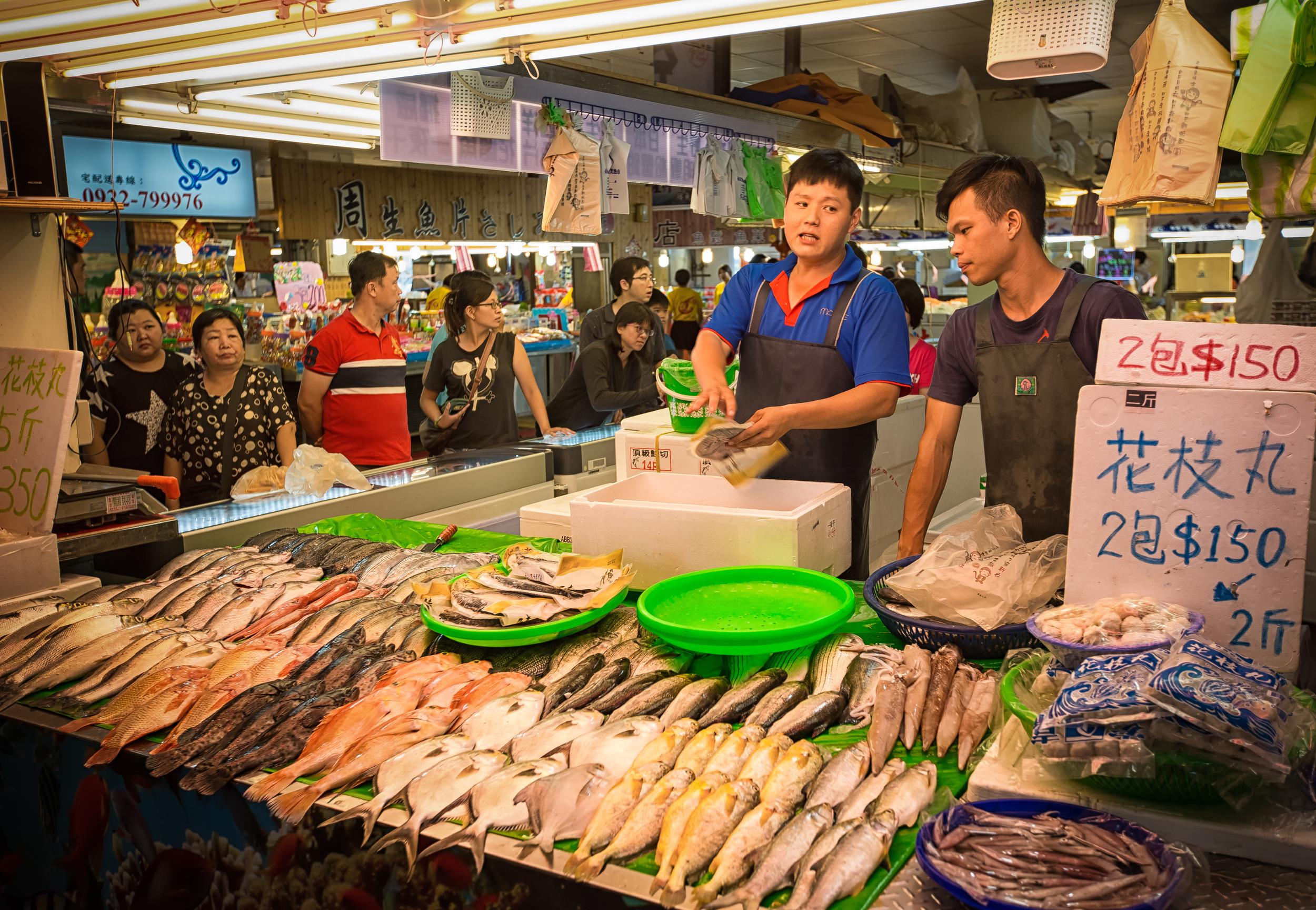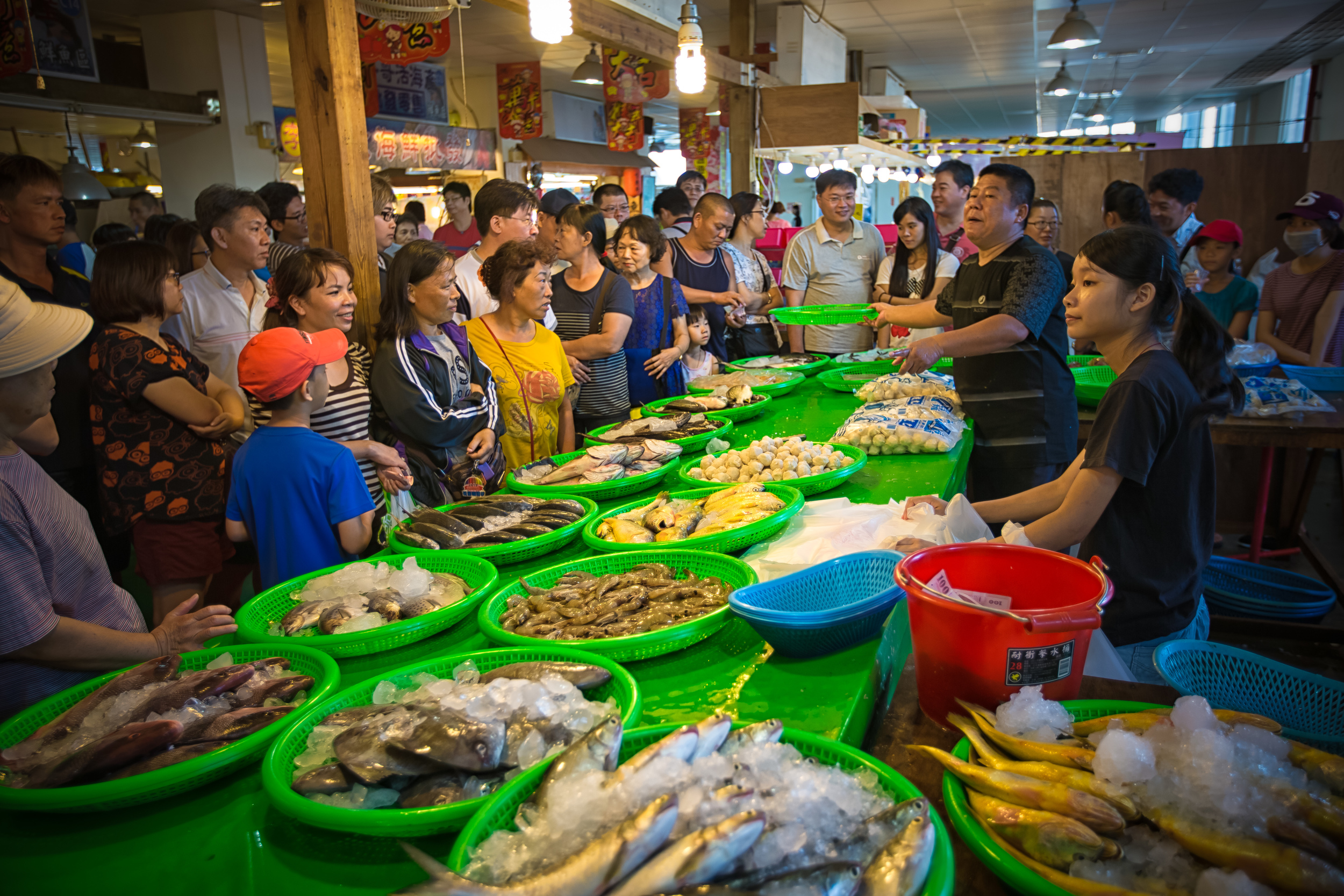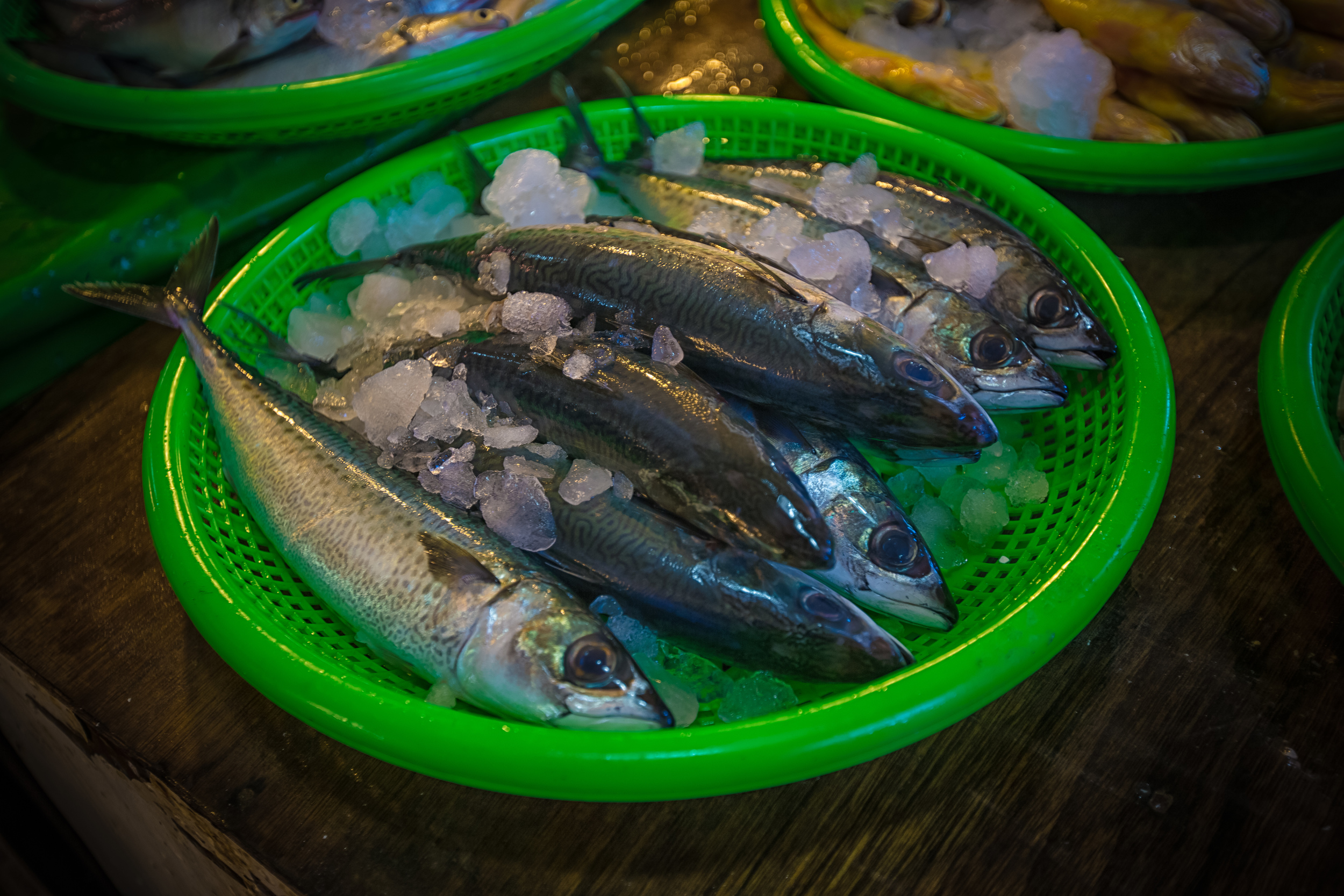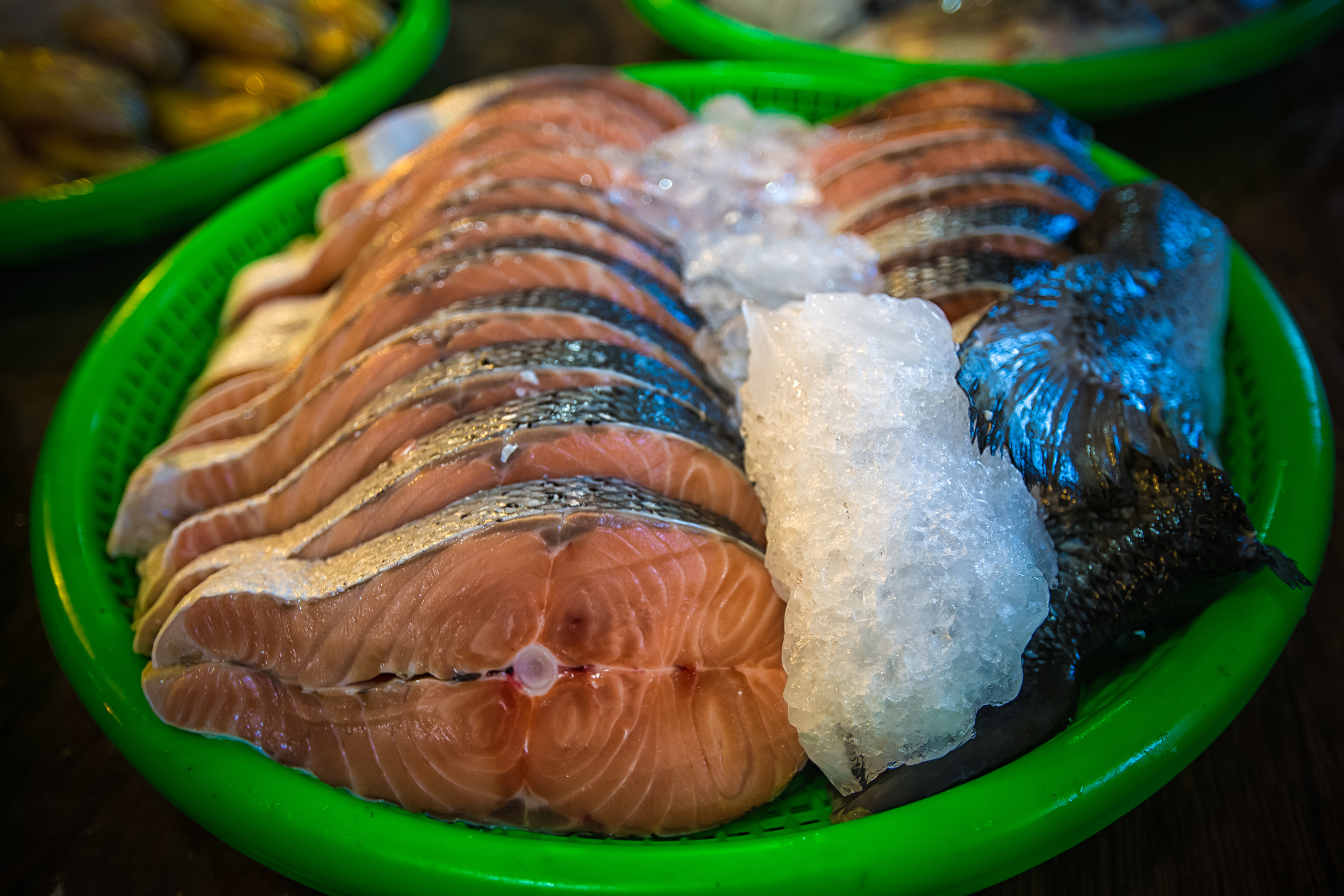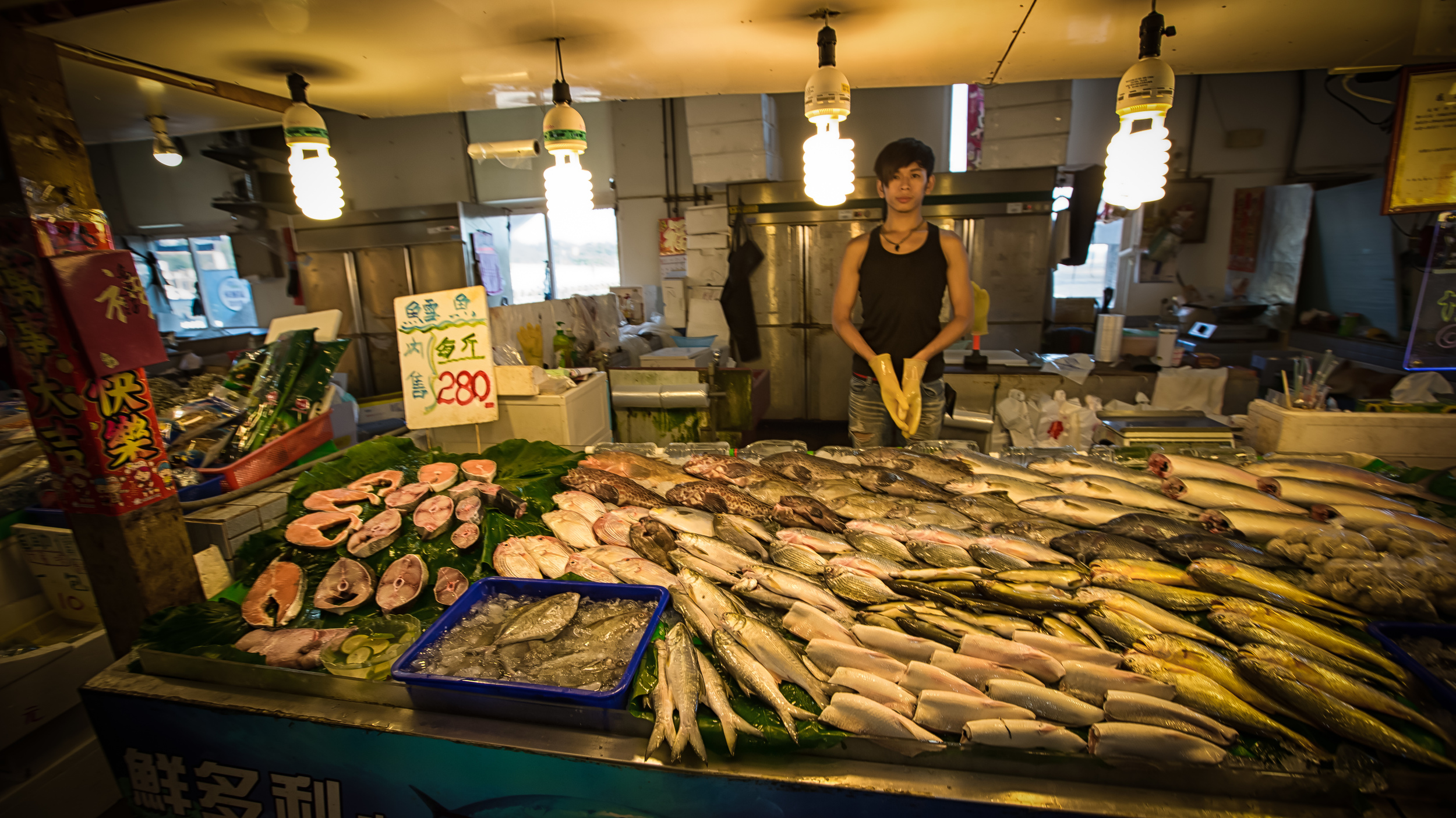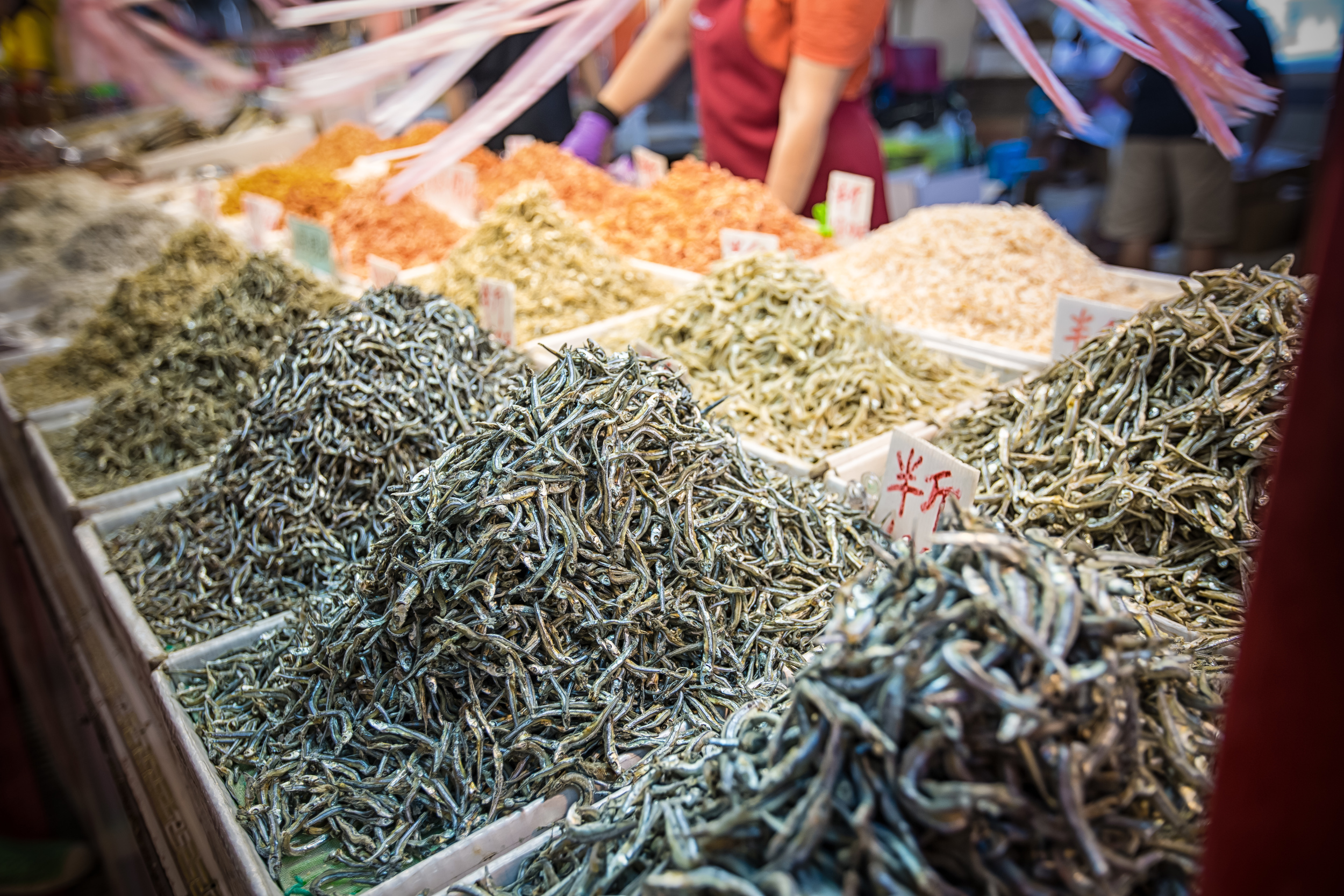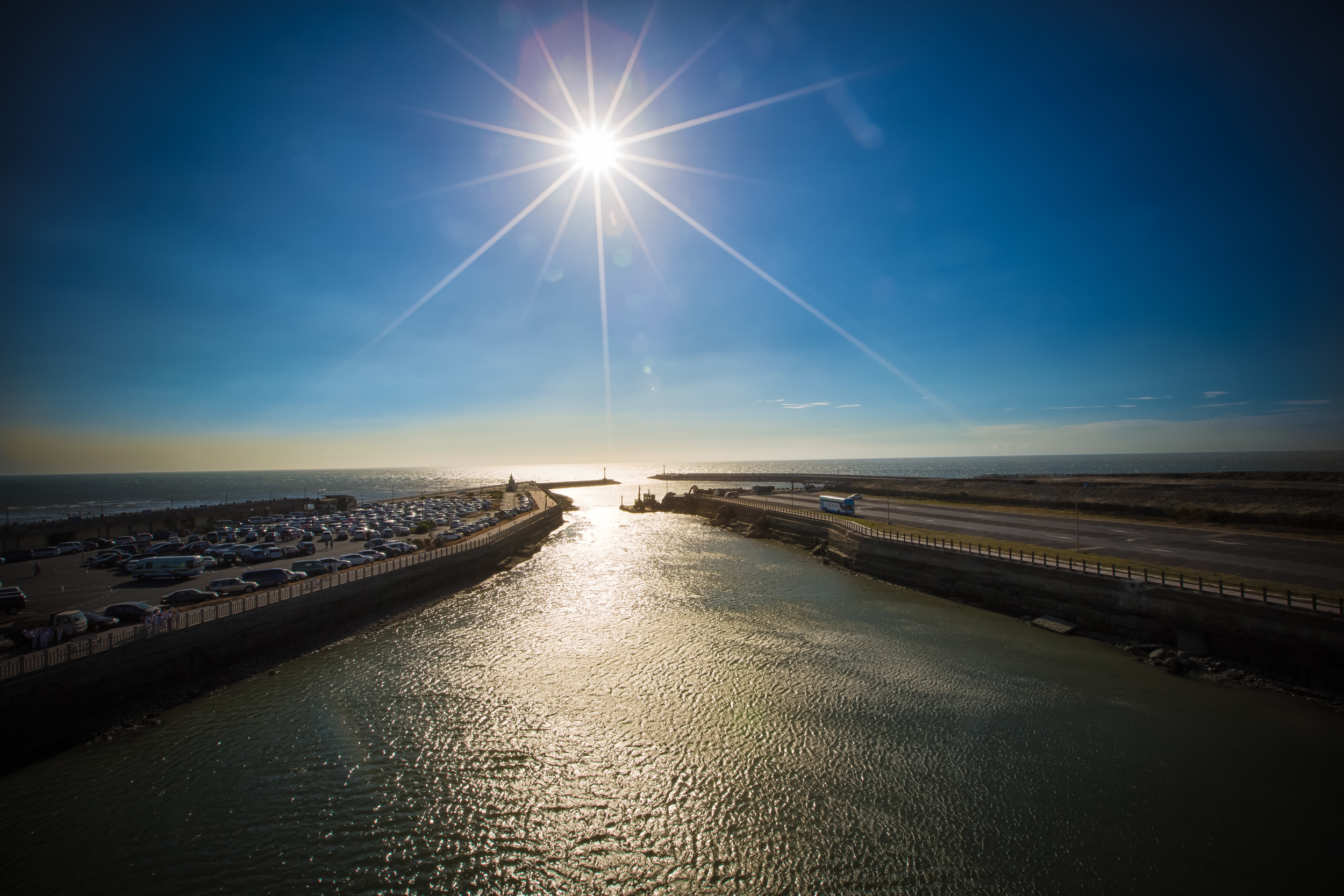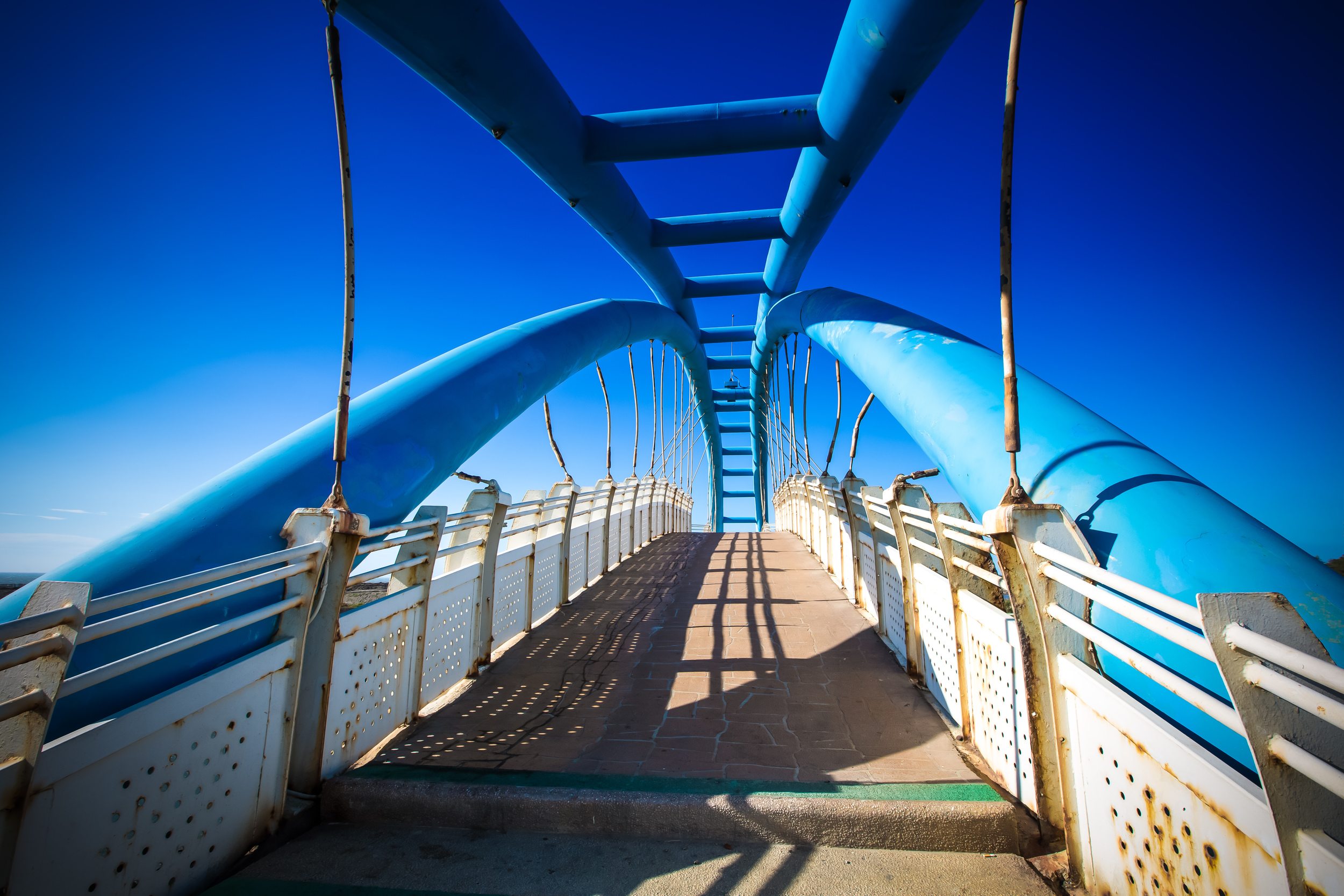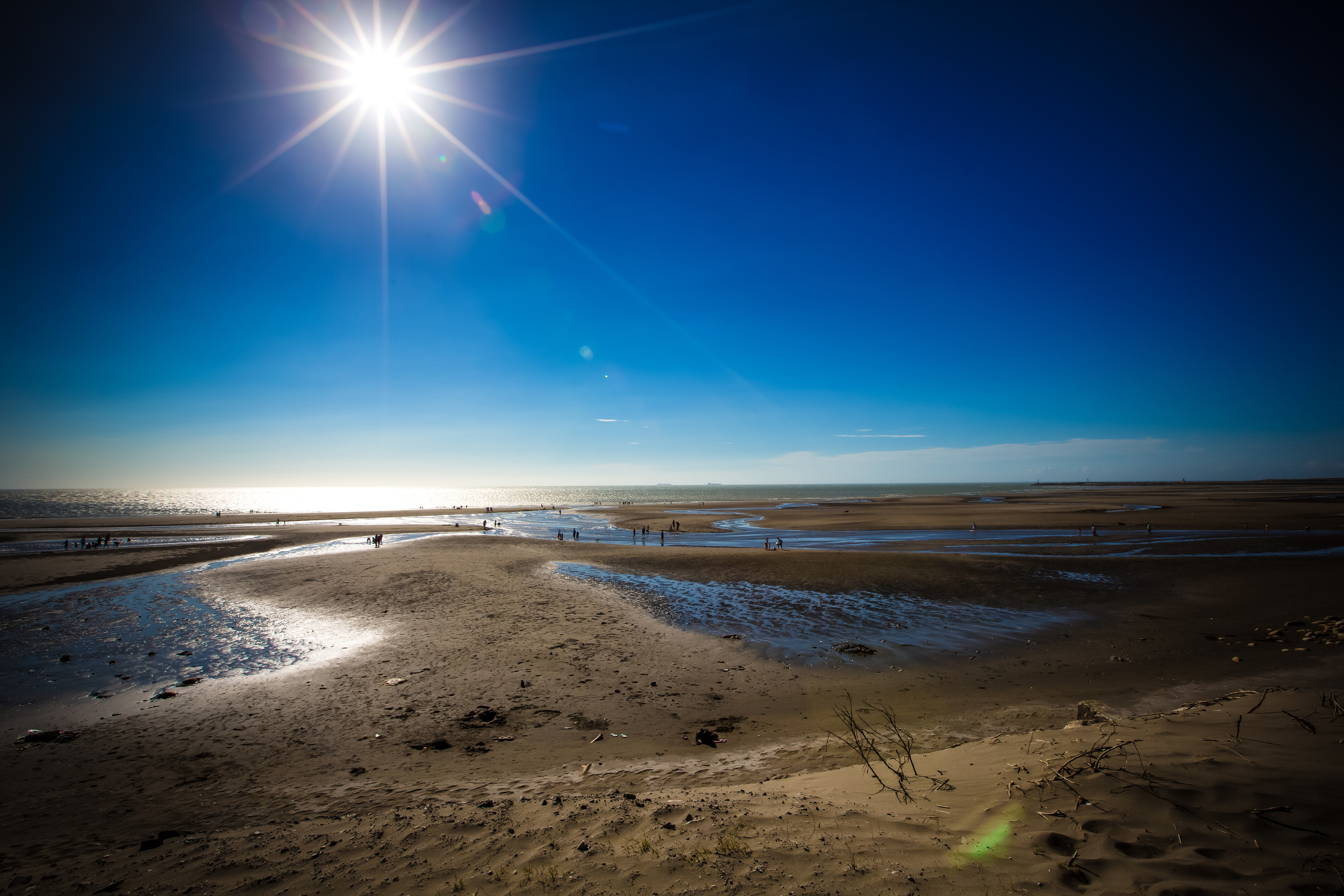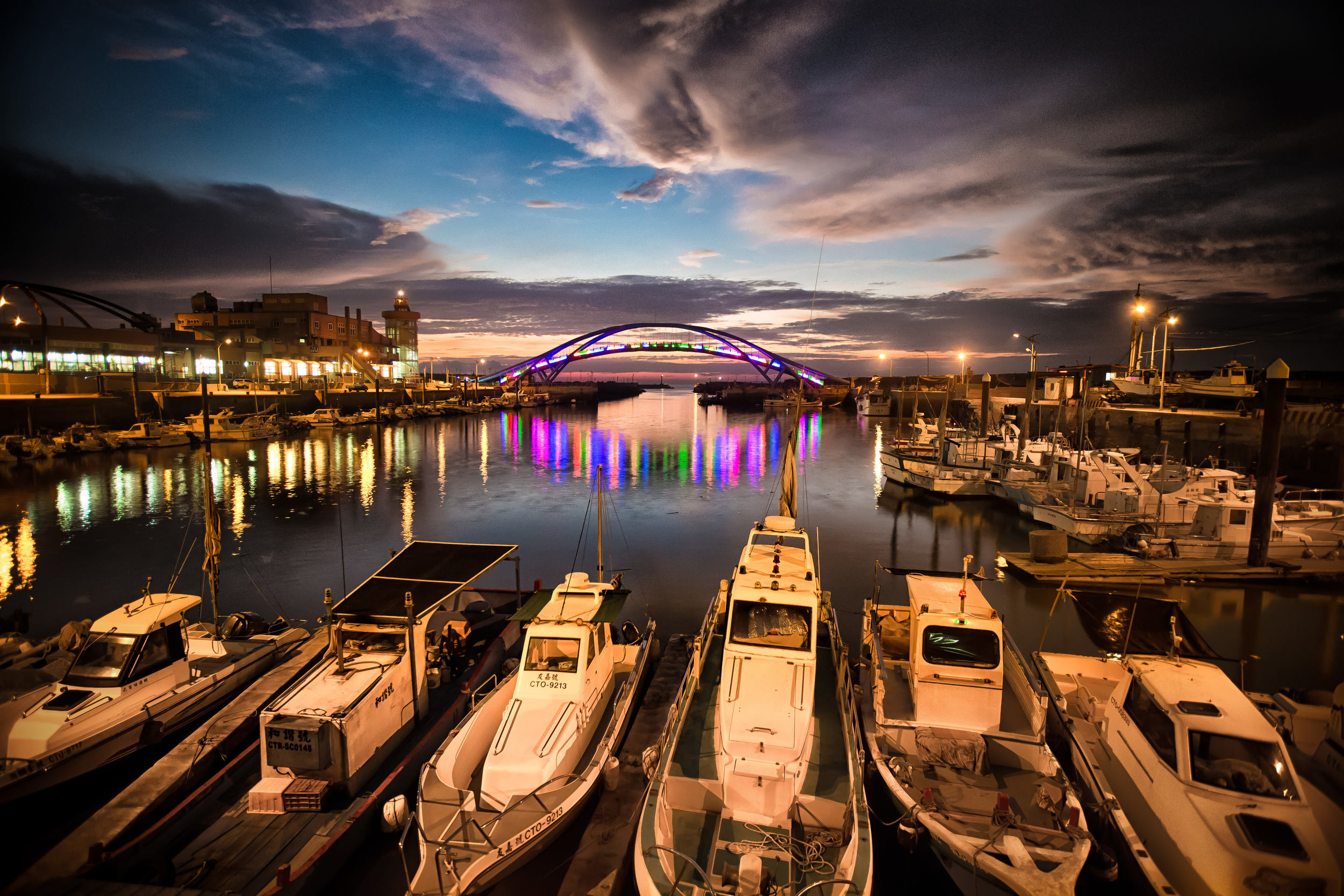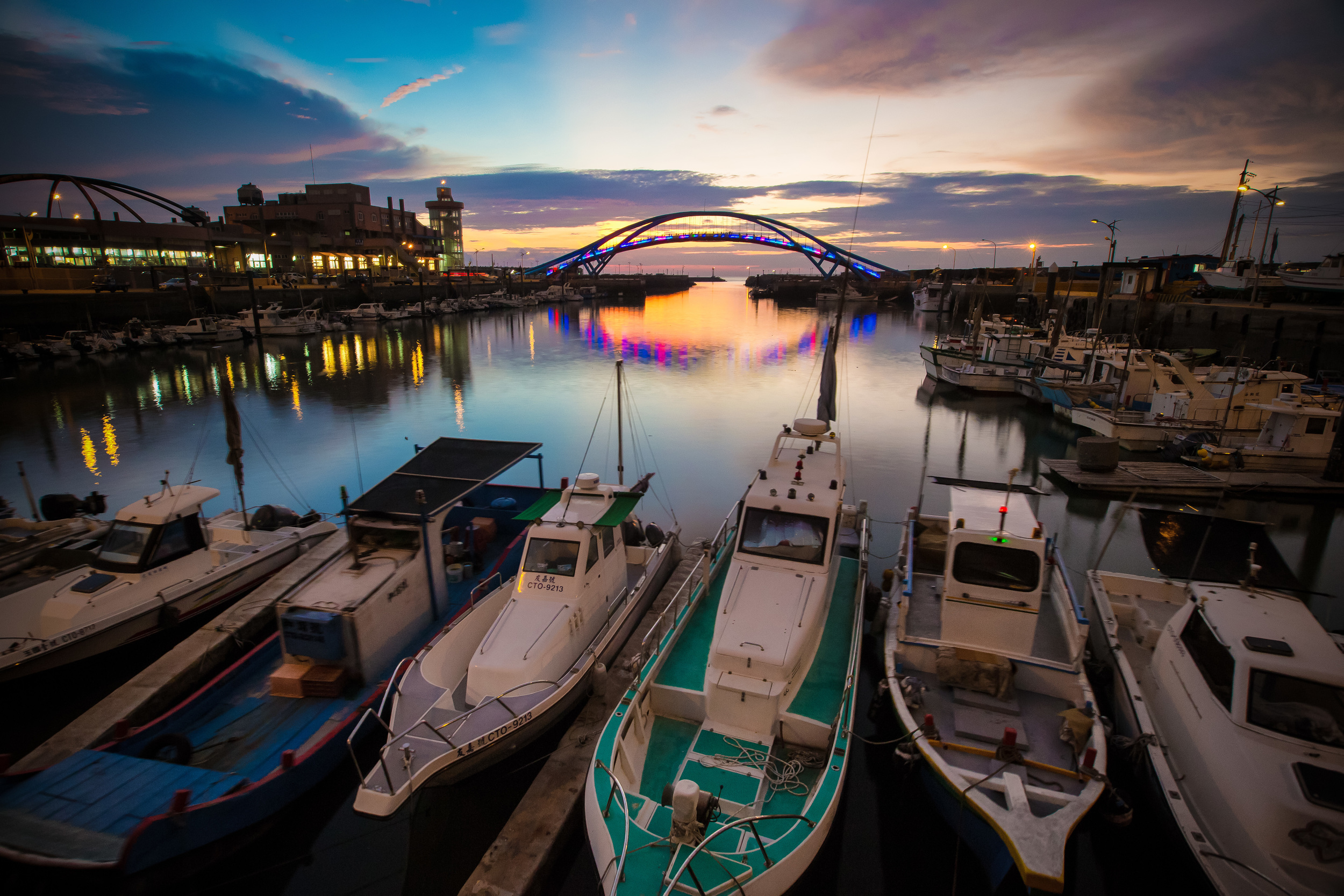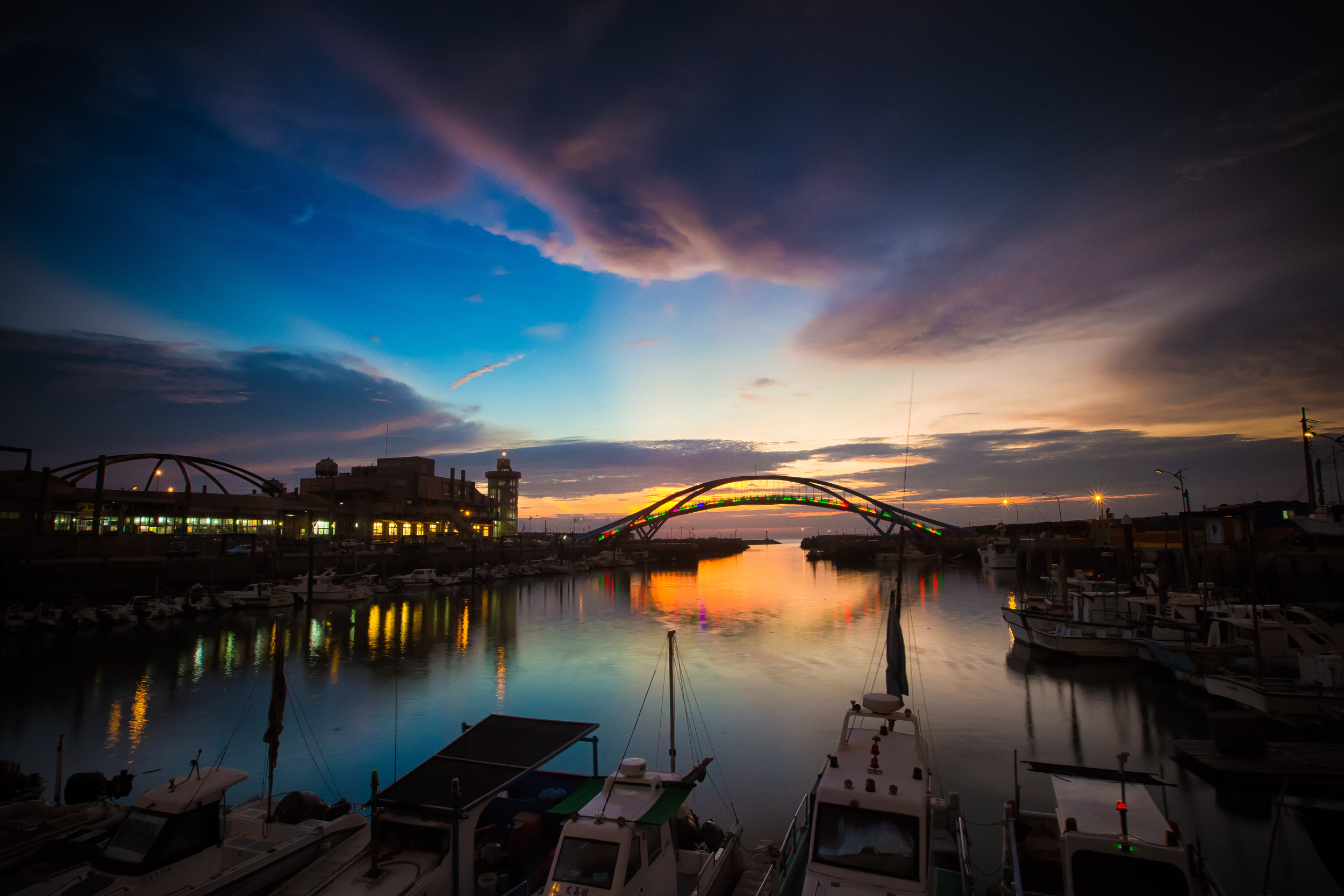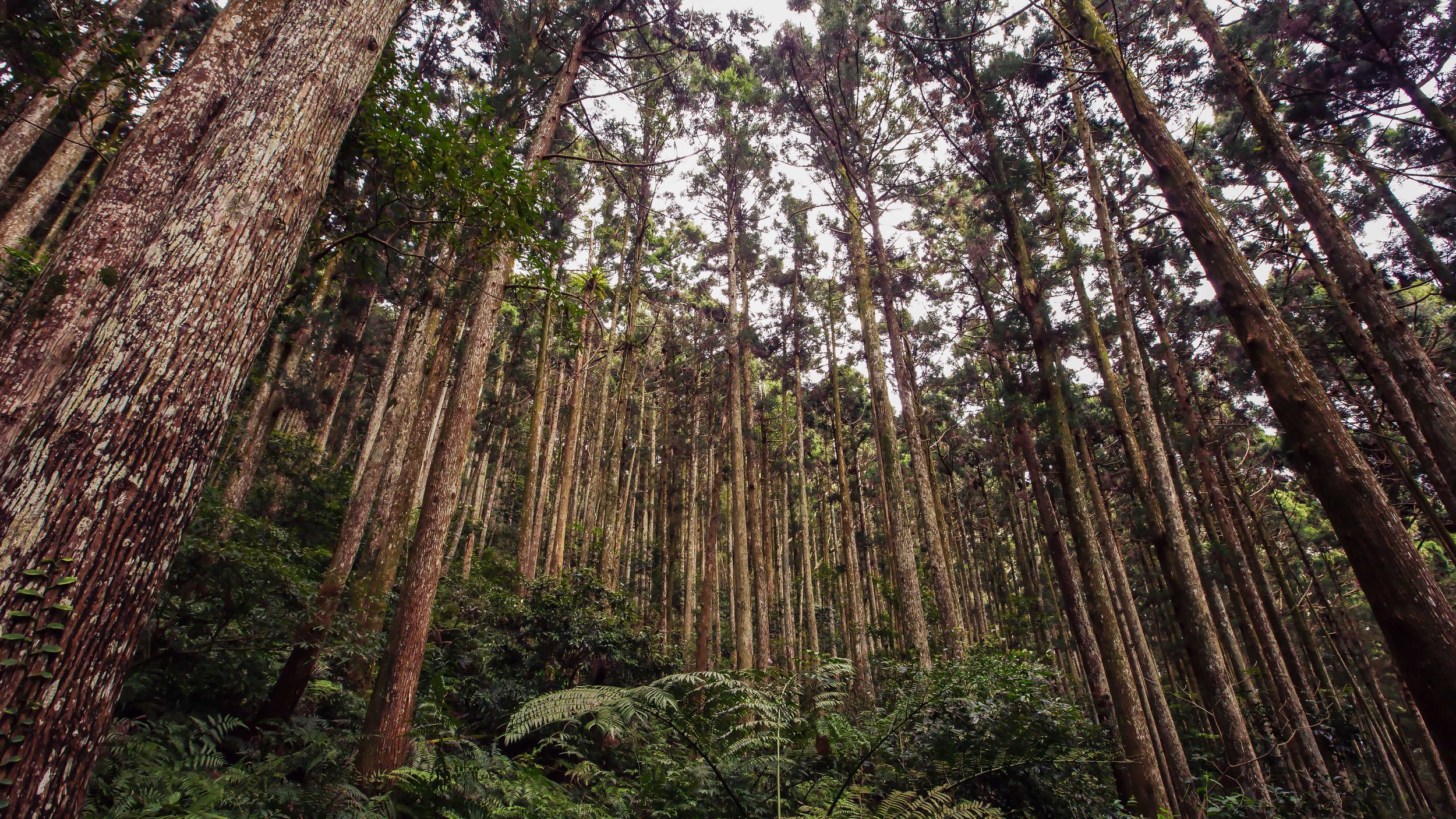When I left Canada over a decade ago I didn't really have any long-term plans apart from travelling a bit and seeing the world. I had just graduated from university and felt like the monotony of starting a career fresh out of school wasn't as appealing as experiencing new cultures, languages and people, yet I never would have expected that I'd be sitting in a coffeeshop in Taiwan over ten years later writing this blog.
I have called Zhongli (中壢) home since my arrival and when I think back to when I first arrived, I remember the excitement I felt about the new city I lived in. I was curious about my surroundings and I spent a lot of time at first exploring and familiarizing myself with not only the roads but the history, culture and cuisine of the area.
The problem with that however is that after a few years I became too comfortable living here and basically stopped exploring as I had mistakenly assumed that I'd seen everything.
A few months ago, my friend and fellow blogger Alexander Synaptic moved into town for a short time and really opened up my eyes to the fact that I've been missing a lot of cool stuff that has sat there hidden from me in plain sight for all these years. Having him around and telling me stories about places that I feel I really should have known about forced me to reevaluate the way I look at the area I live in and Taiwan as a whole!
My post today is from a location of historical importance which sits (somewhat) hidden within the heart of downtown Zhongli and while many people may not even know it exists, big things are about to happen and these amazing pieces of local history which have been left to decay are about to receive a make-over giving them the honour and recognition that they deserve.
I feel quite lucky however that before any of these changes took place that I took the initiative to figure out what these beautiful little buildings were that were hidden from the general public for the past few decades.
You might think police dormitories don't really sound all that interesting or important historically, but I hope I can convince you otherwise. These dorms, which hide in plain site are over a century old and are a reminder the Japanese colonial period - a very different era in Taiwanese history.
A lot can be said about the crimes committed by the Japanese Empire leading up to the Second World War. The bitter memory of that era is still felt today throughout Asia and a day doesn't go by that Japan isn't reminded of the horrific atrocities that were committed during that period.
Taiwan's experience under Japanese colonial rule is considered to be a bit tamer than that of neighbouring countries as the regime sought to transform the island into a "model colony" and develop the islands infrastructure and economy as well as provide a modern education to the people living here.
As Taiwan was Japan's first colony, the Japanese Empire wanted to show the world that being under Japanese control wasn't such a terrible thing and that the people of Taiwan would only benefit from becoming a part of the empire. Unfortunately history has shown that things didn't exactly turn out that way for some of Japan's other colonies.
The colonial period (1895-1945) which lasted for a half century had its fair share of resistance from the local people and the colonial power was guilty of a great many atrocities, however the general feeling today is that people of this country share a strong bond with the Japanese and enjoy a friendship that despite a troubled history is based off of mutual understanding and respect for each other.
When Japan surrendered to the allies at the end of the war, control of Taiwan was handed over to Chiang Kai Shek and his Republic of China. The Sino-Japanese War which ravaged China for so many years before caused a lot of resentment for the Japanese among the Chinese population and leaders of the government in China had a hard time understanding why the people of Taiwan looked upon their period of Japanese control with so little disdain.
The government decided that it would force Chinese culture upon the people of Taiwan which meant that traces of Japanese culture would have to be destroyed. These policies became a problem however when the KMT and over two million refugees were forced to escape to Taiwan at the end of the Chinese Civil War and were faced with a major housing shortage.
It thus became a question of whether the destruction of 'Japanese culture' was more important than providing places for people to stay.
While there are remnants of the colonial period visible throughout Taiwan today, most structures that were dedicated to Japanese culture (temples, shrines, etc.) were torn down and are few and far between. When the housing situation eventually settled down and Taiwan was in the midst of its economic miracle, a lot of the homes that were occupied by the refugees were abandoned and thus left to decay on their own.
The buildings I want to talk about today suffered much of the same fate - They are former police dormitories here in Zhongli. These dormitories are somewhat hidden from sight but are a wonderful look back to the Japanese colonial period. There are two sections of dormitories, one section is a group of three wooden Japanese-style houses while other (which is behind the current police station) seem more like a former residential area with a network of military village-style (眷村) houses which were built much later.
Both sections are not in very good shape at the moment, but there are plans for renovations and renewal of the buildings which the city government will eventually open as a park to the public as part of the city's beautification plans. The reason why I'm happy I could see the houses in their current state is that they won't be in their original form for very long so I'm happy to be able to share a little piece of the history of this town before they get updated.
Section 1: Japanese-Style Dorms (日式宿舍)
The three Japanese style houses are in a relatively small area across the street from the police station. They are currently quite run down but the Taoyuan City government has plans to make a culture park out of them. It seems that construcution work will start in the near future as the park is a part of Zhongli City's beautification and urban renewal project which coincides with the construction of the MRT subway system that will connect Taoyuan with Taipei.
UPDATE
The dorms have since been completely restored and are now open to the public.
Historical information on the houses is a bit scarce, but from what I could find, it looks like they were constructed in 1901 which was shortly after the beginning of the Japanese colonial era.
These three houses were likely inhabited by higher ranking officers in the police force at the time and each of the houses was named after a tree which was planted beside it. The house closest to the road is referred to as the Cherry Blossom House (櫻花樹屋) while the others are named the Longan House (龍眼樹屋) and the Guava House (芭樂樹屋).
The Cherry Blossom house has become a popular place for photographers in recent years when the cherry blossoms are in bloom because they can get a shot of a Japanese-style house with cherry blossoms in the foreground.
The other two houses however seem to have been forgotten by the general public and the yard in front of one of the houses has become a parking lot for the police who work at the nearby precinct.
There are fences which block people from visiting the Cherry Blossom and Longyan House (which are locked up tight) but I was lucky to get inside one of the houses to see what the interior looked like. Even though it isn't currently in very good shape, I can imagine that it would have been a beautiful place to stay back in the day.
Section 2: Residential Community
The residential community is situated behind the current police station and seems to be a bit newer than the houses in section one. There isn't much information available about these houses online but it seems that some of the buildings were once used as different office buildings for the police force. When the KMT took control of Taiwan more houses were built up around some of the Japanese-style homes which allowed for members of the police force to live close to where they worked.
This area unfortunately seems like it won't be preserved as part of the beautification plans and there are notices on the doors of all the houses to vacate the area. Walking around the small community is interesting though because it seems a lot like a typical military community that you'd find in other places around Taiwan.
The interesting thing to note about these buildings is that they survived what has become known as the "Zhongli Incident" (中壢事件) which was one of the first large scale democracy protests during the martial law period.
During the Zhongli Incident, the government took a heavy-handed approach to the protestors which resulted in a push back and the burning down of the original Japanese-built Zhongli police precinct.
The incident which happened in 1977 would be one of the precursors to the Taiwan Independence Movement and one of the first steps towards the end of the martial law period and the normalization of Taiwan's multi-party democratic system.
I can't tell you with any confidence how much longer any of these houses will be around in their current state. If you are an urban explorer or interested in Taiwanese history you may want to check them out as soon as possible. The Taoyuan City government seems to have made some excellent plans for the renovation of this area into a culture park and from what I saw while doing research on the houses, the eventual park that will be built should be a very popular place to visit.
I'm happy though that I took the time to go and check them out because if I had of waited any longer I might have missed out on them completely - I do hope though that once the renovations are complete that I can visit again and compare the shots I have from this blog post to the updated versions!
Gallery / Flickr (High Res Shots)
